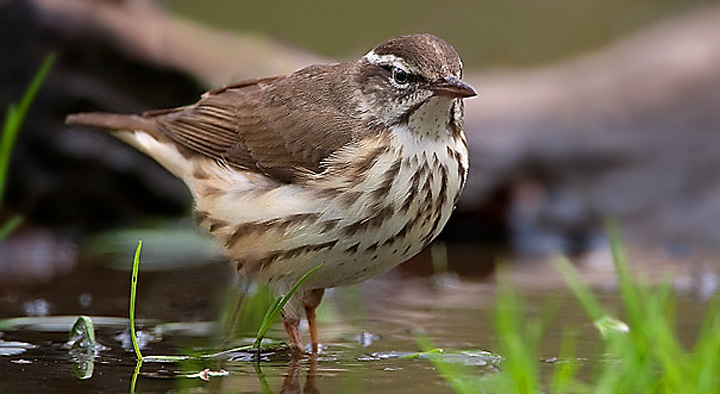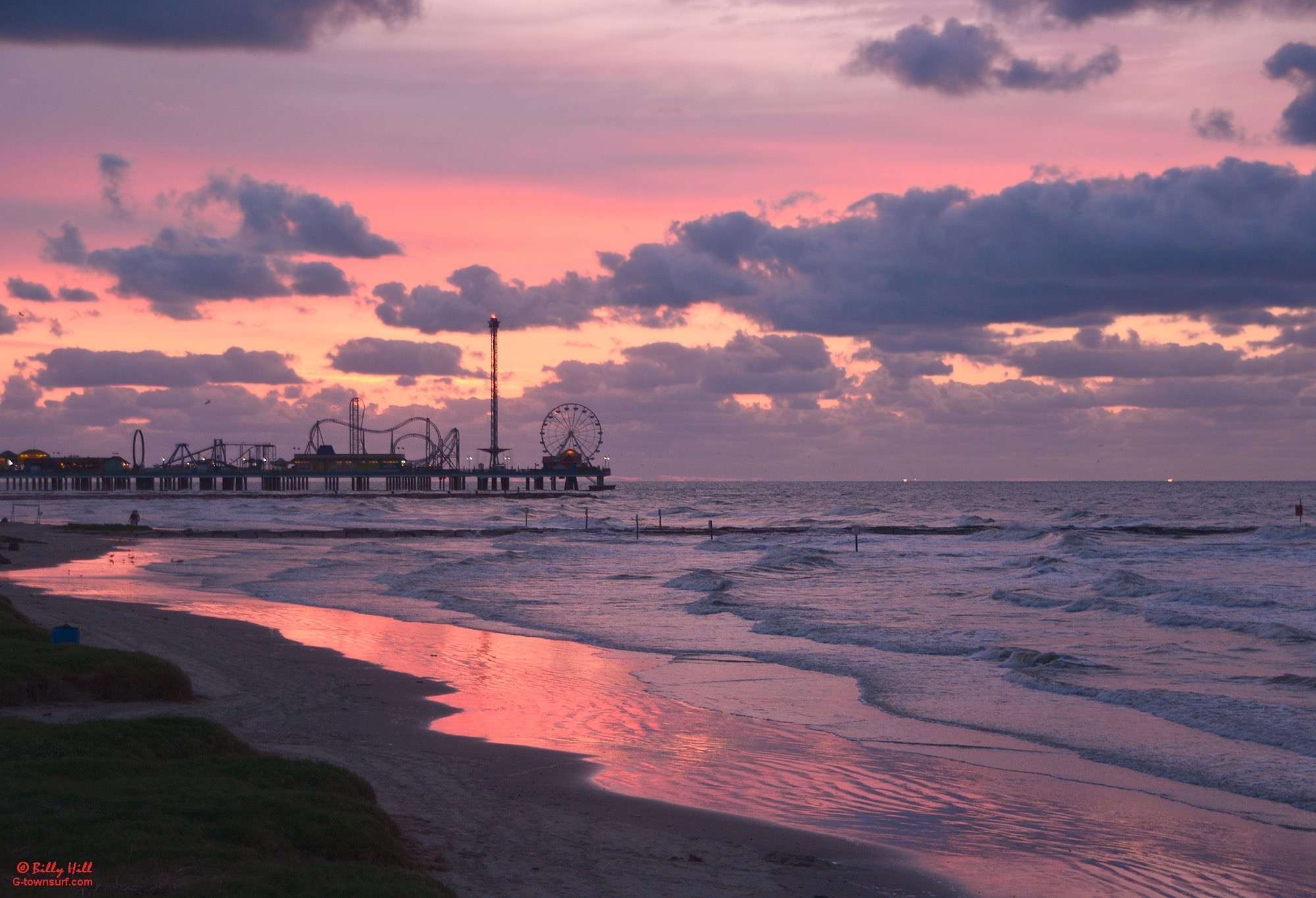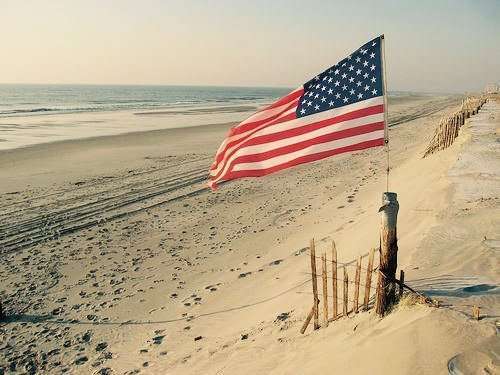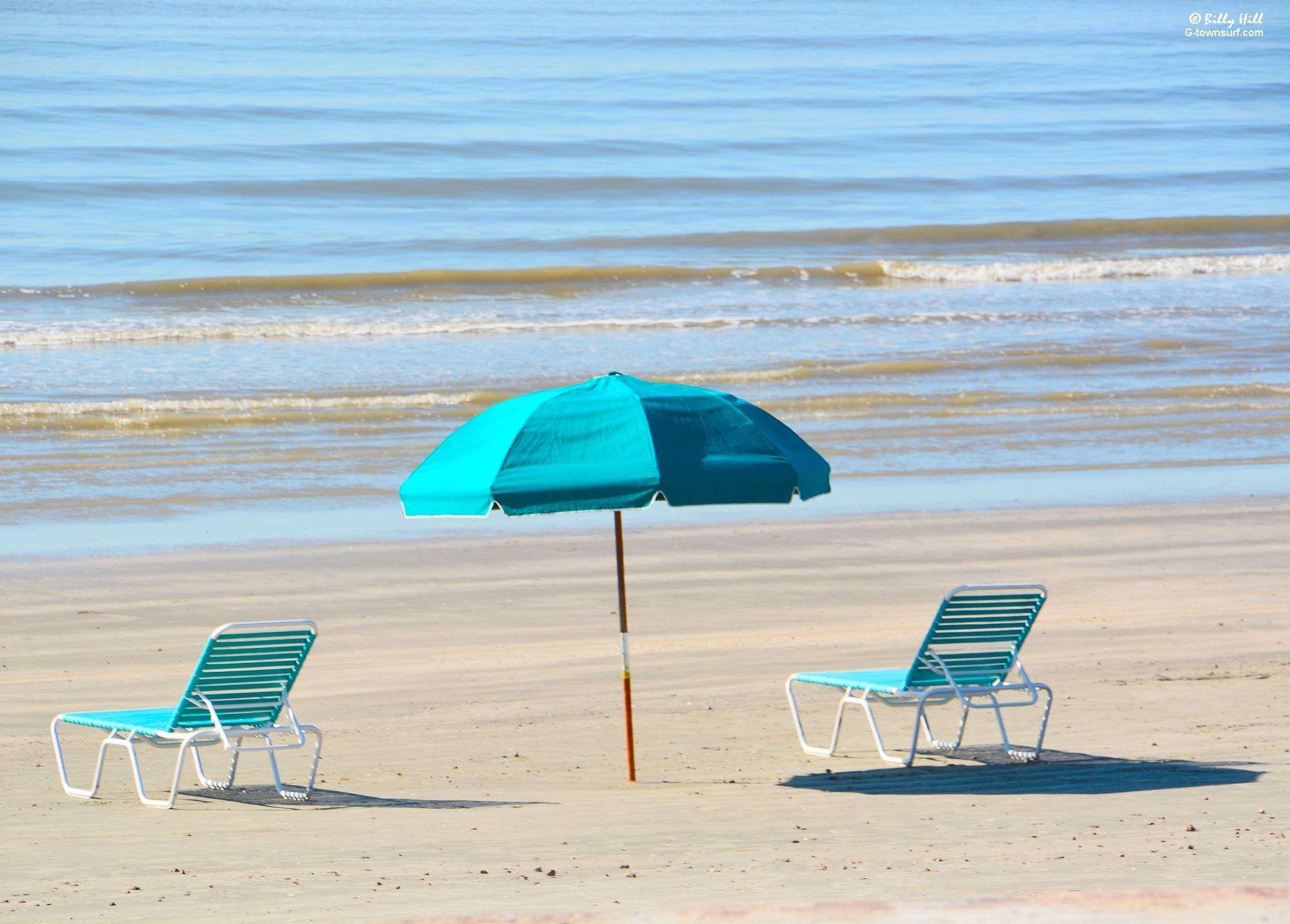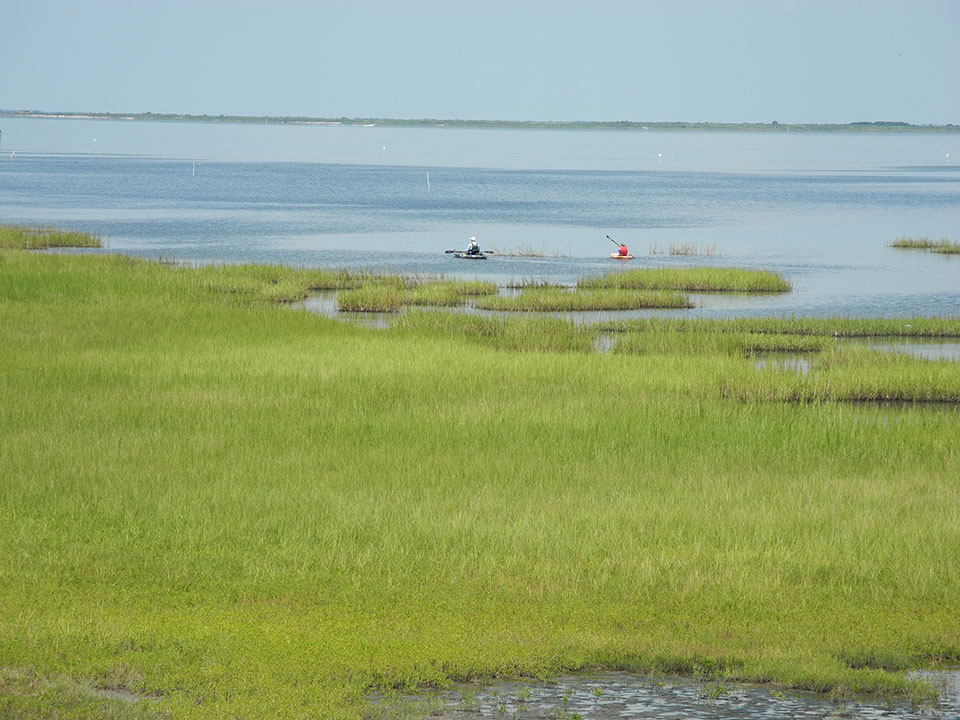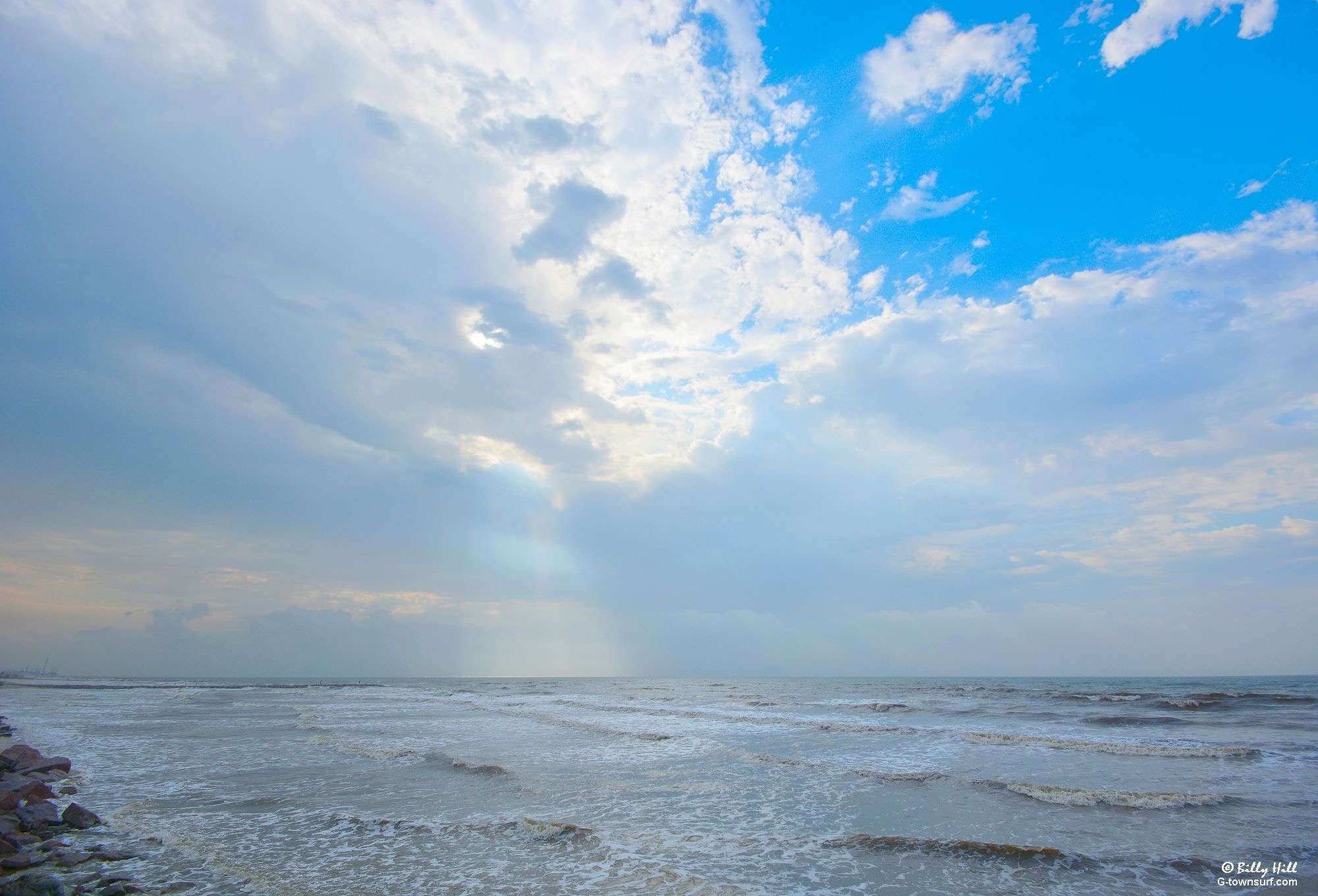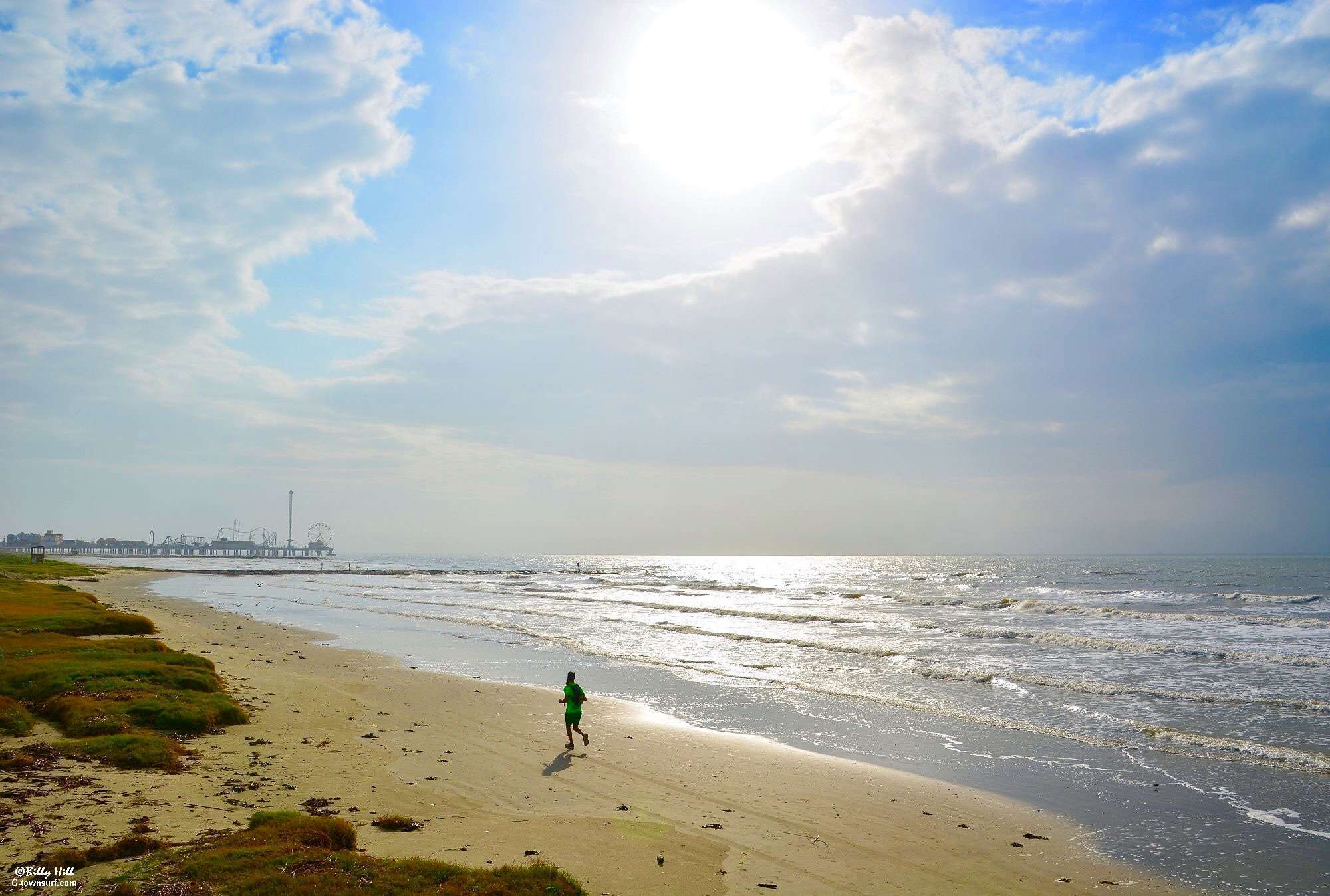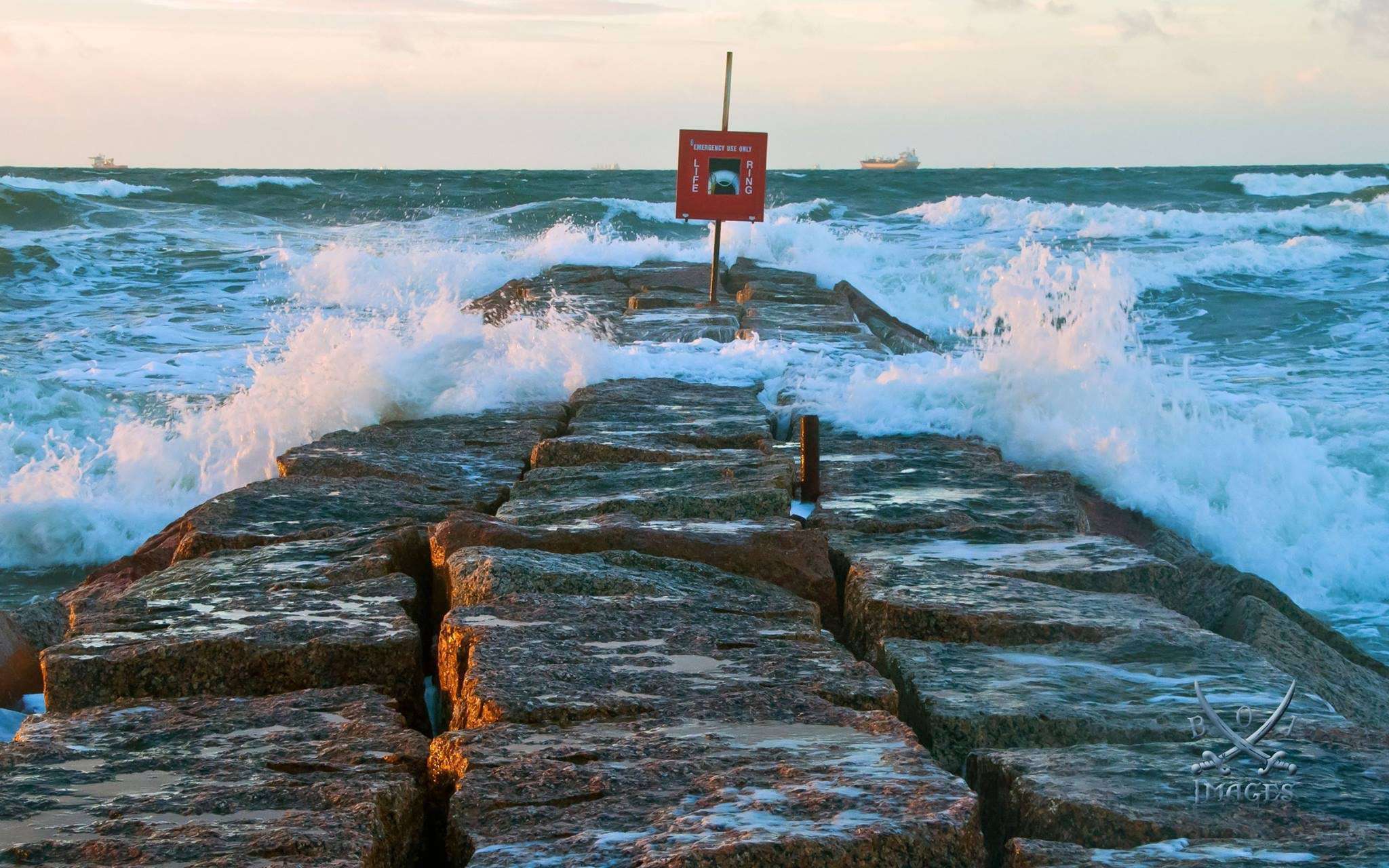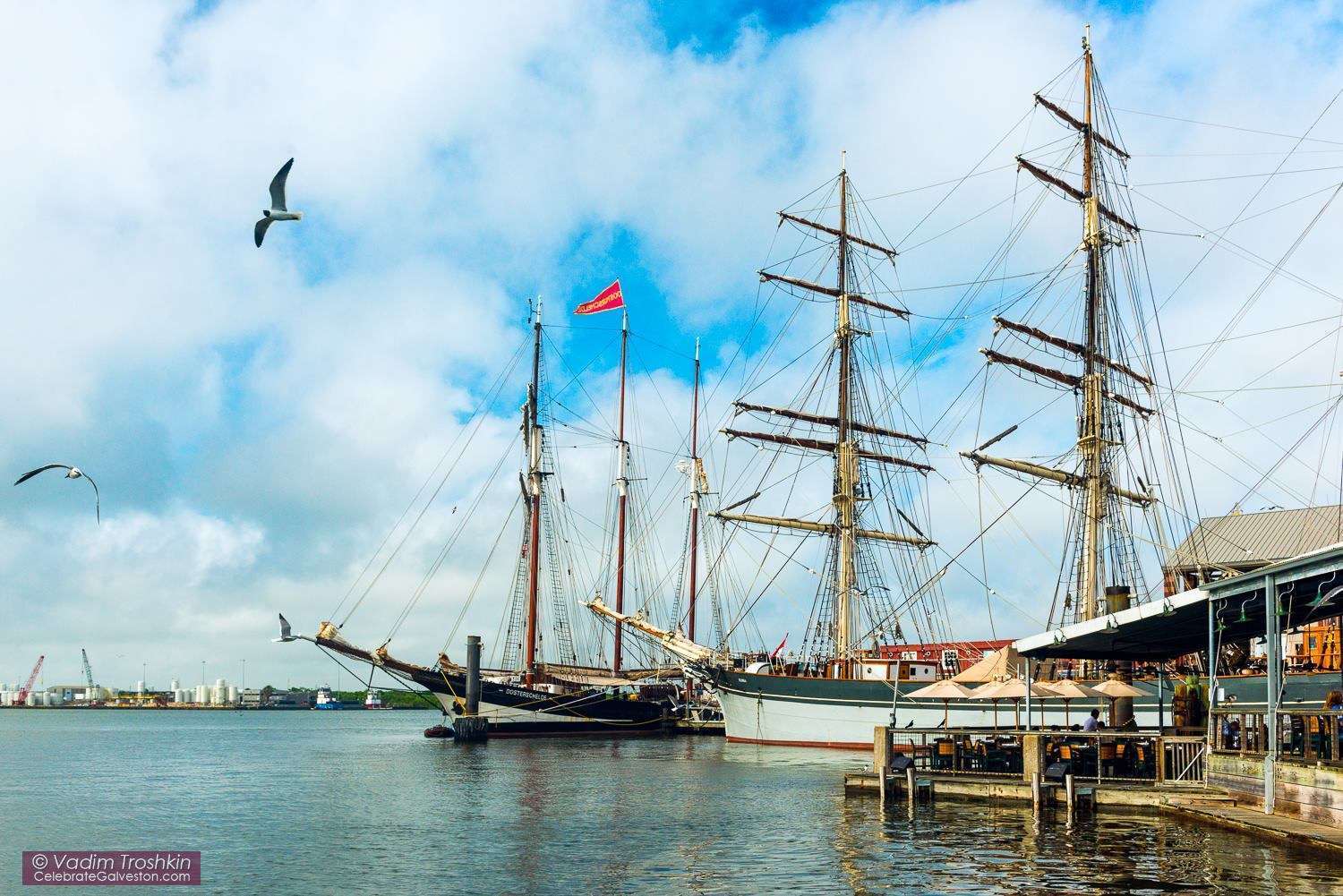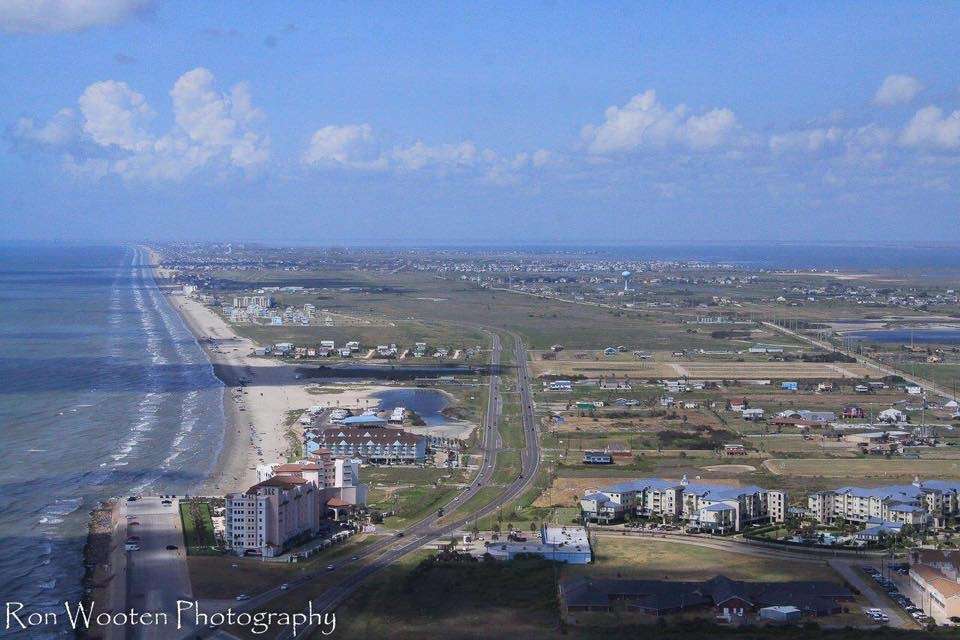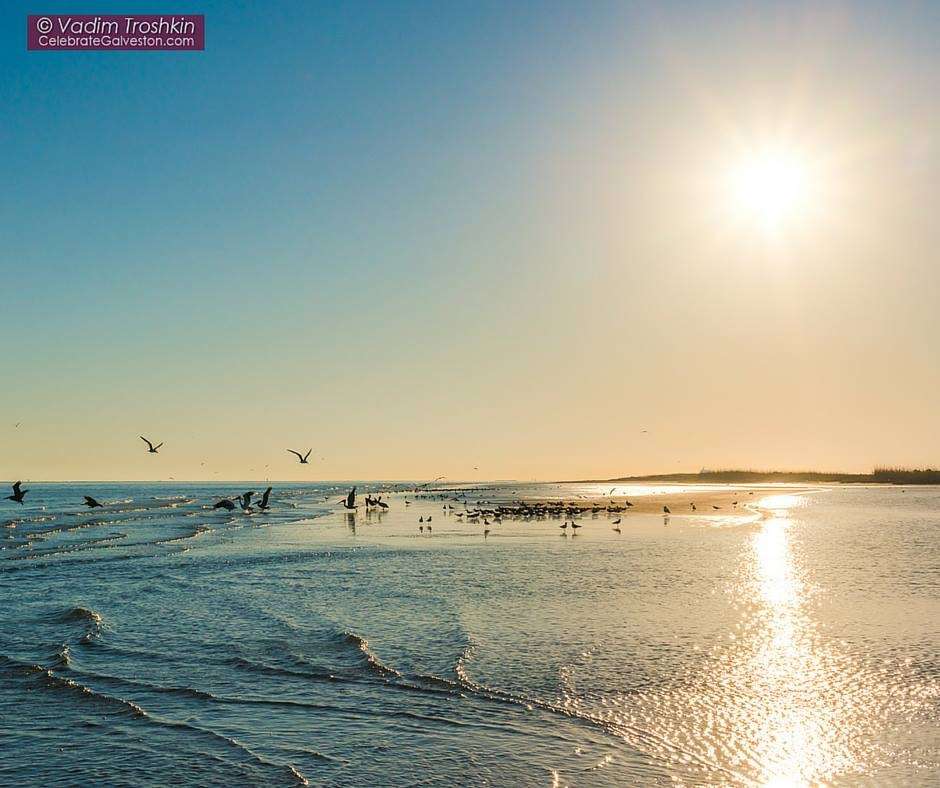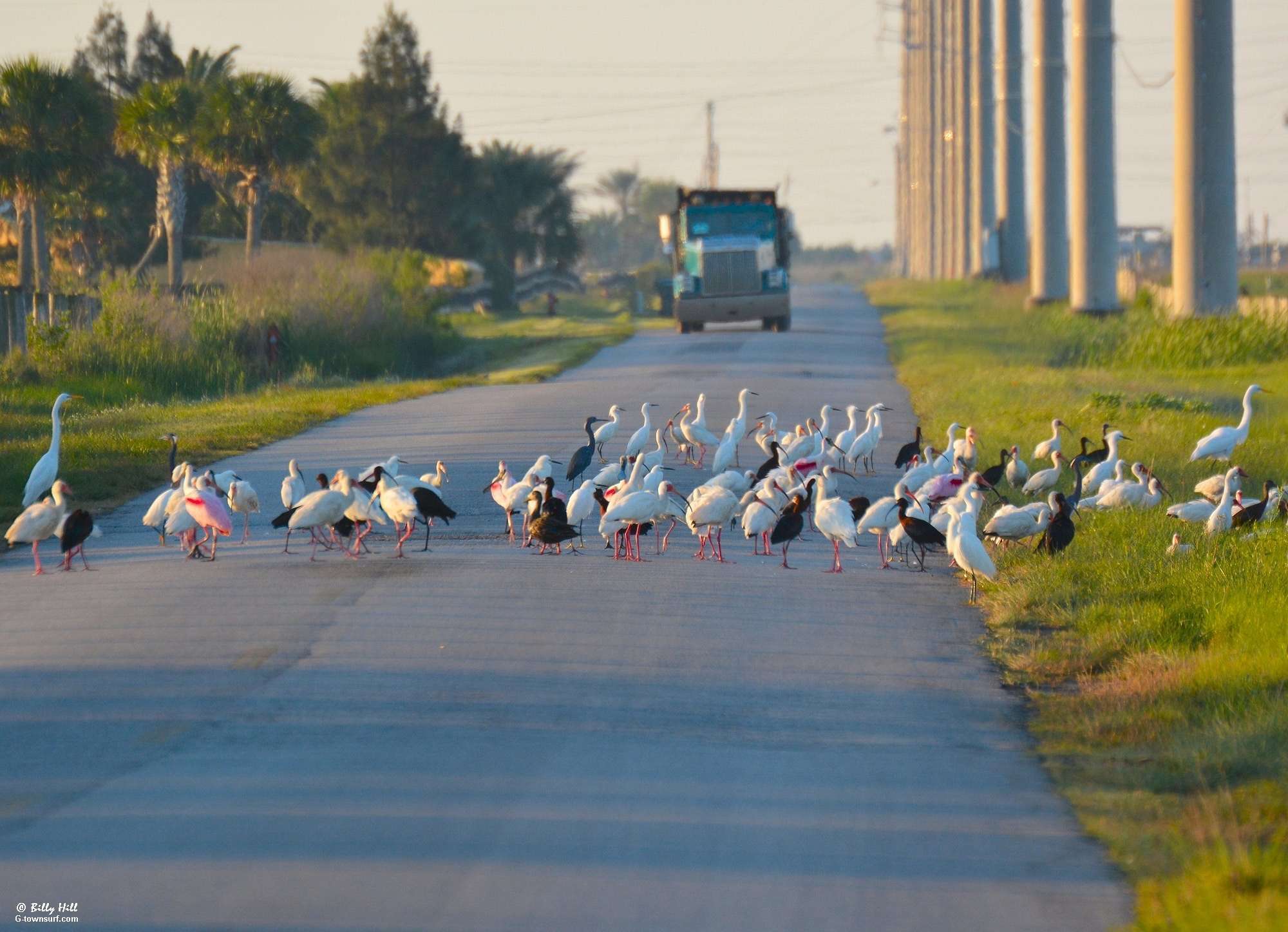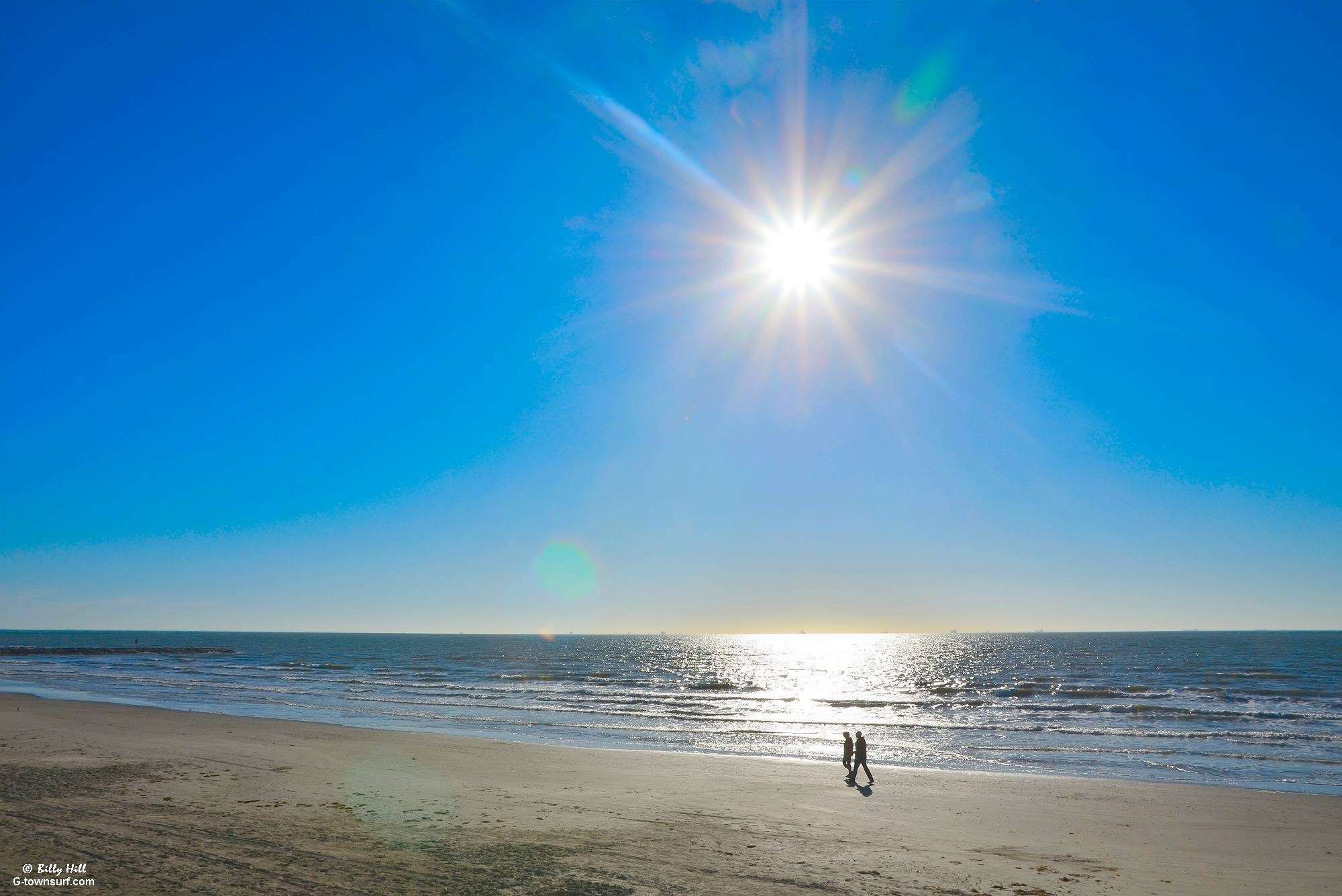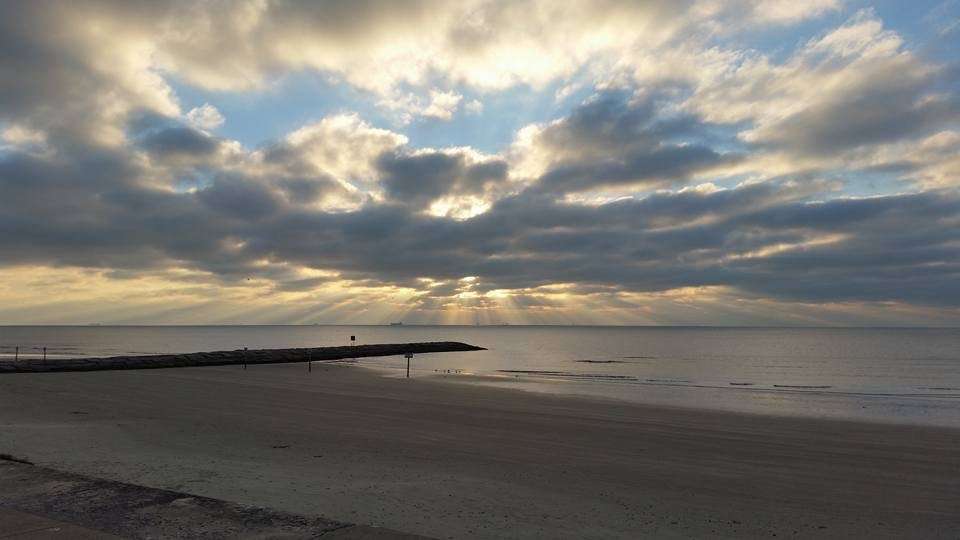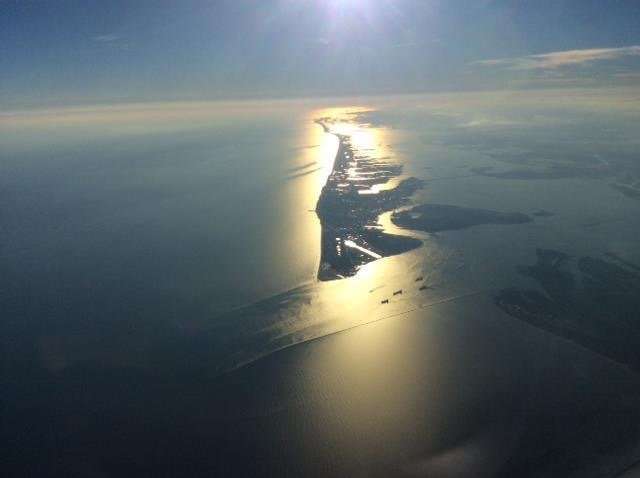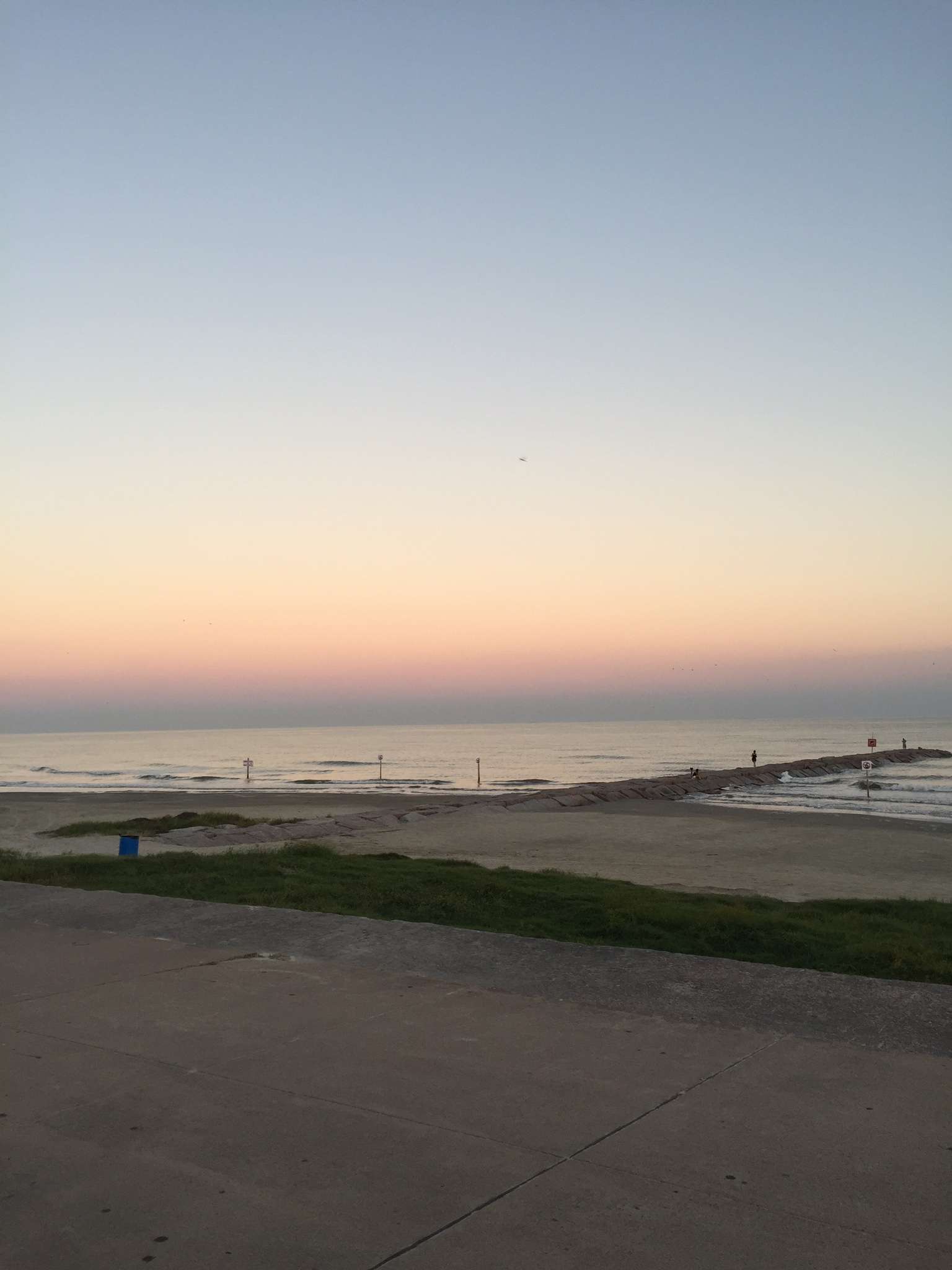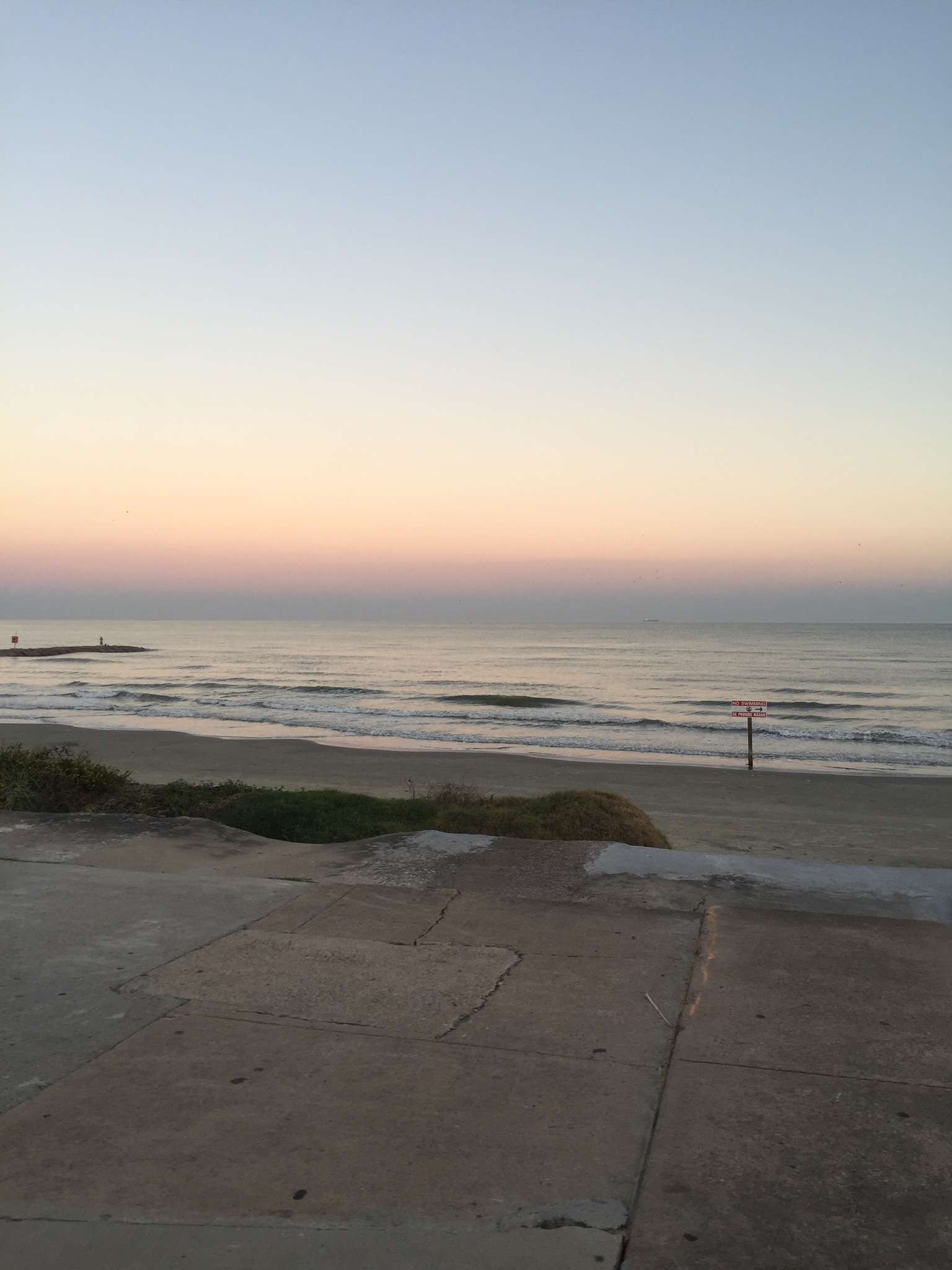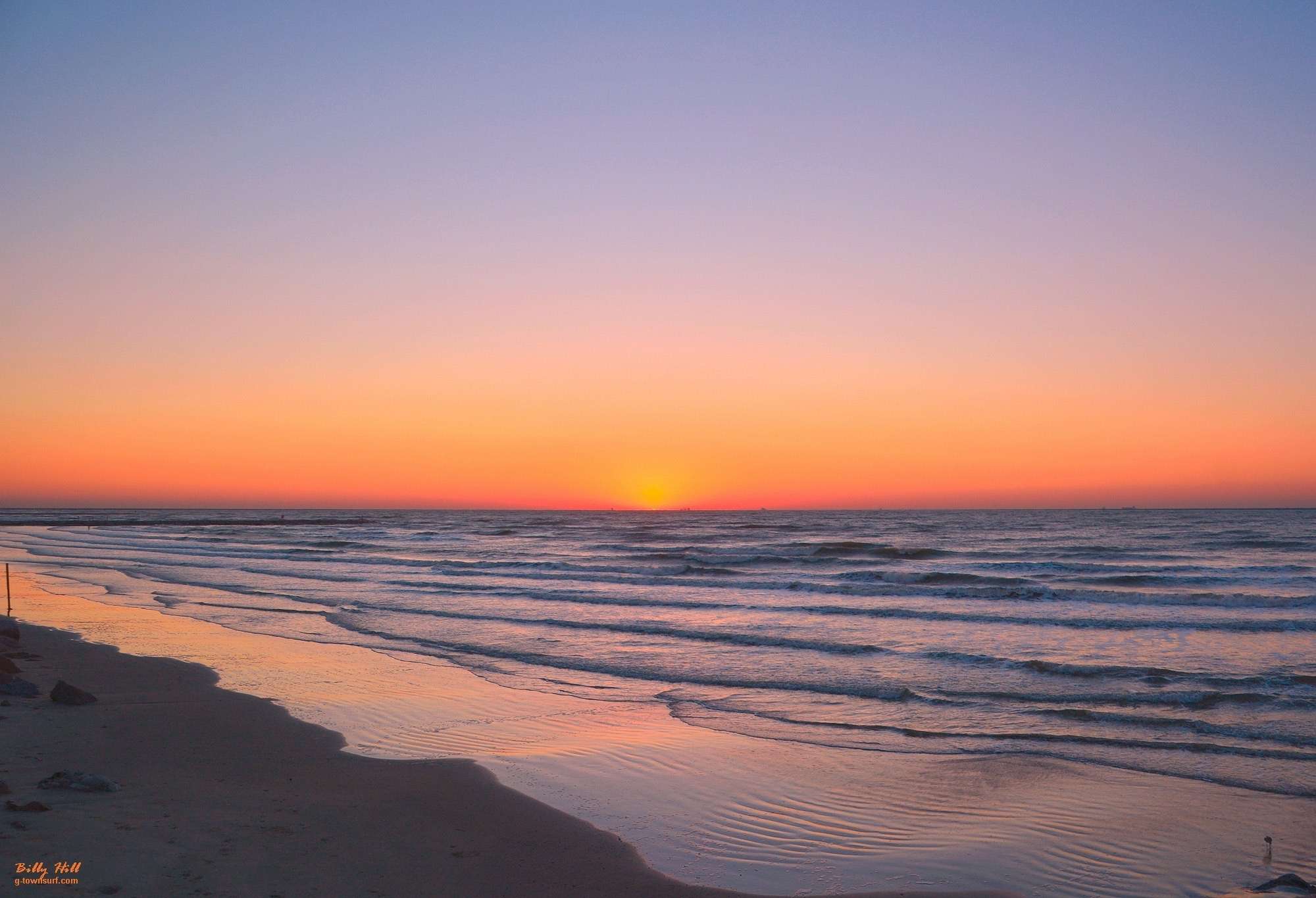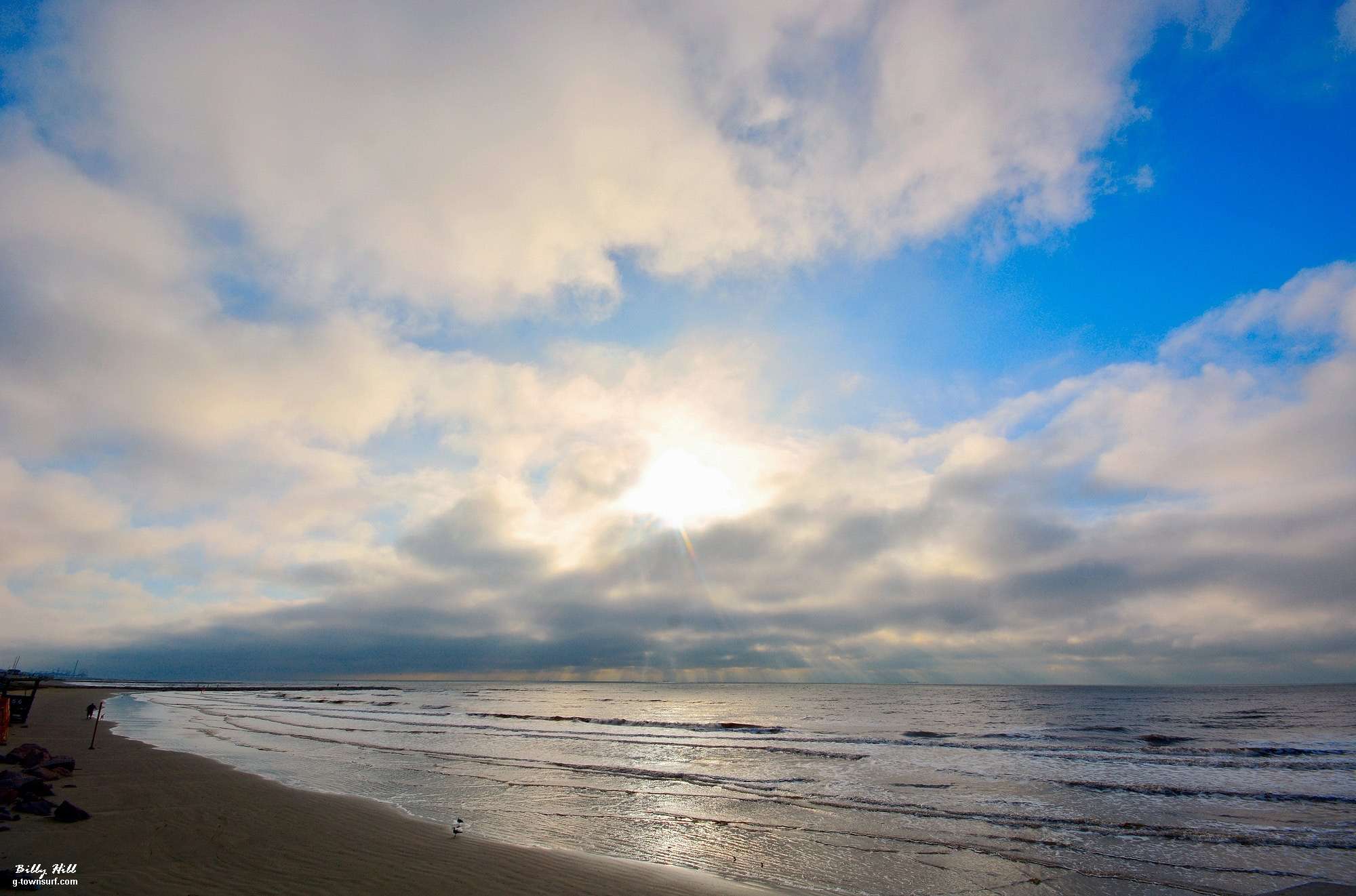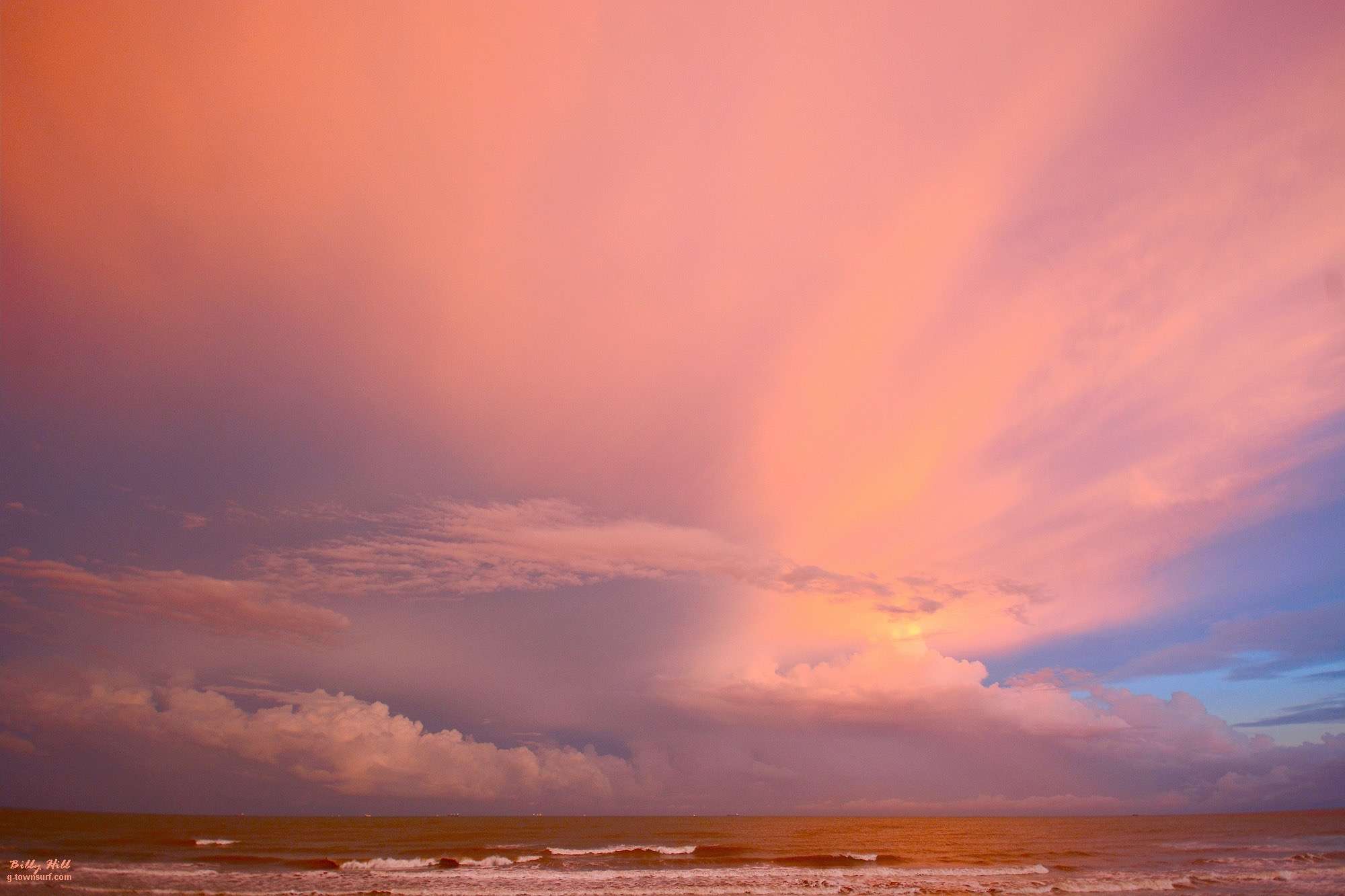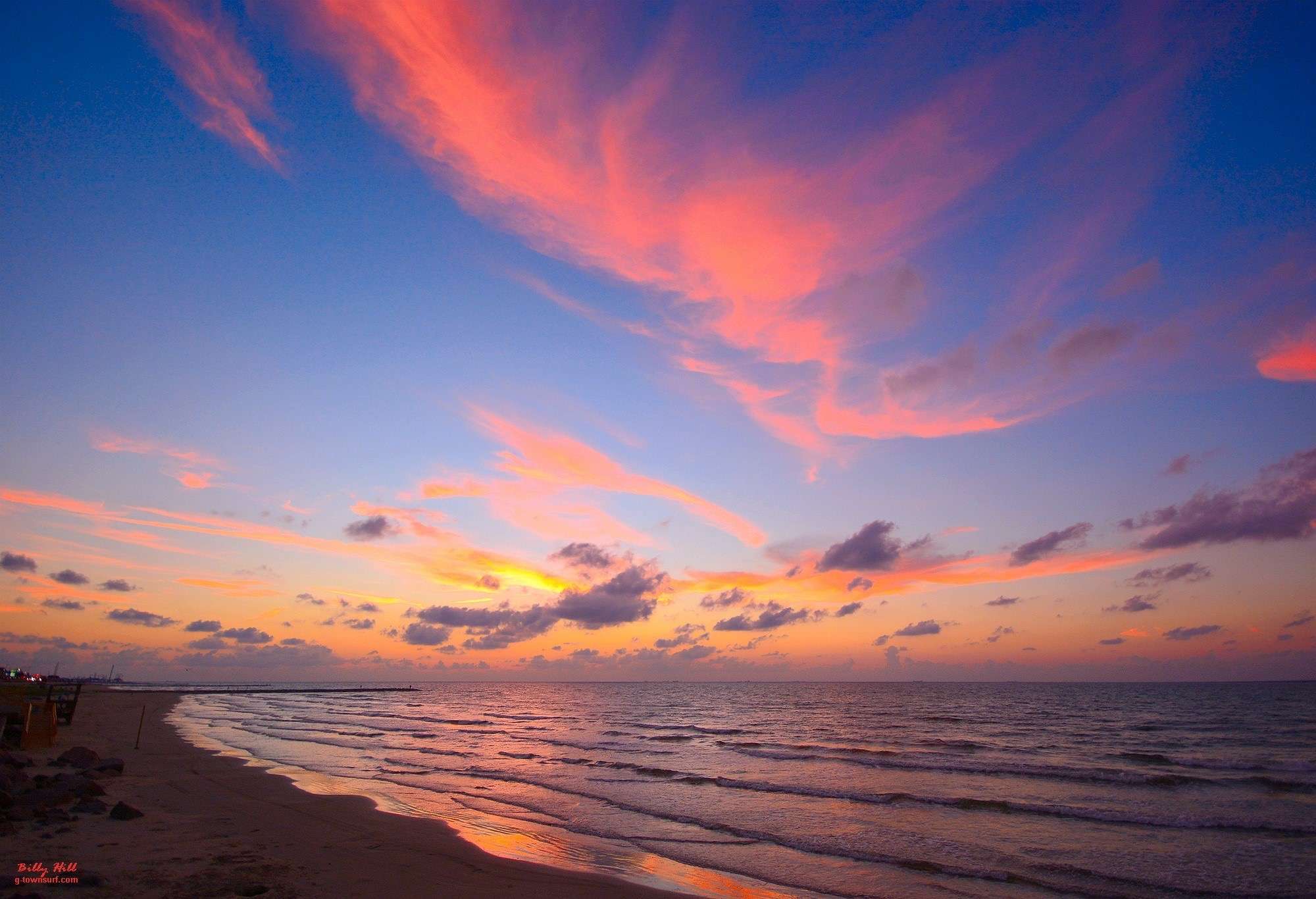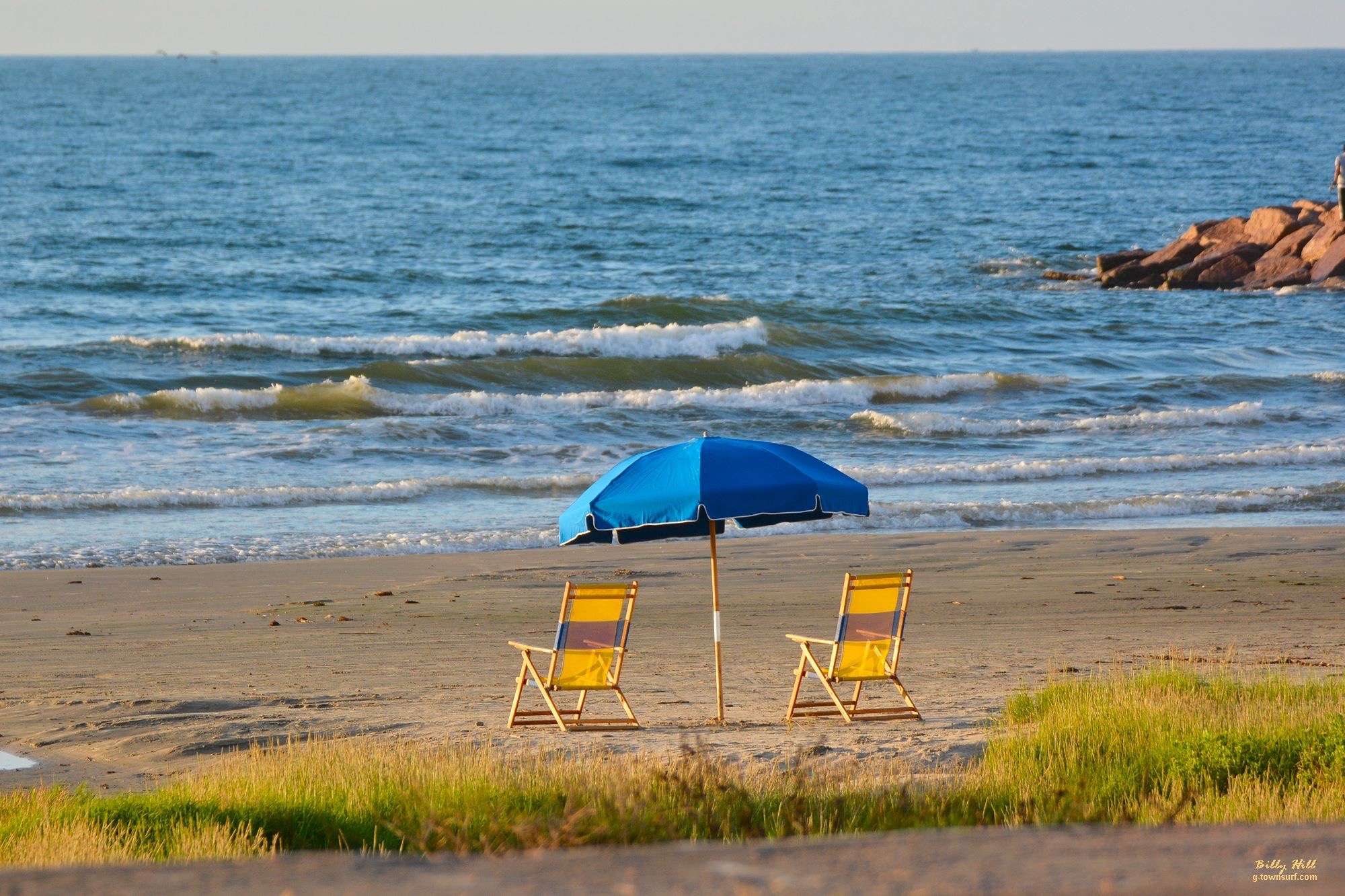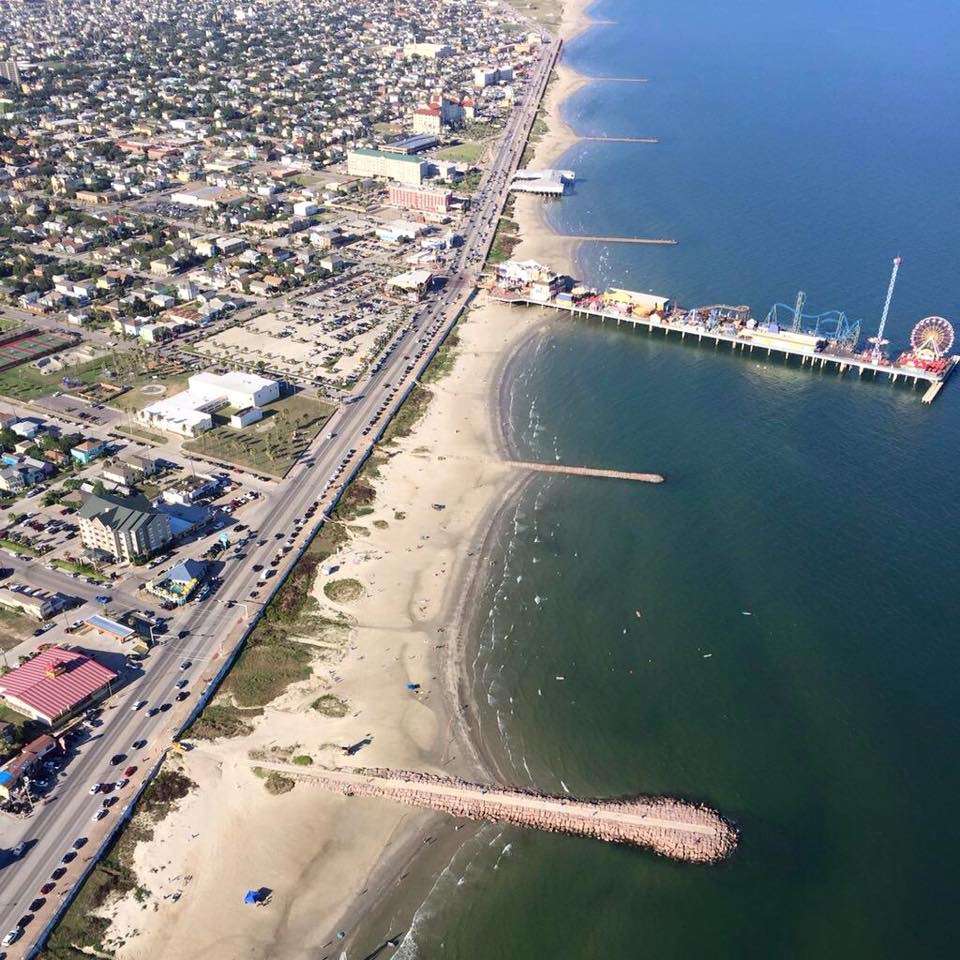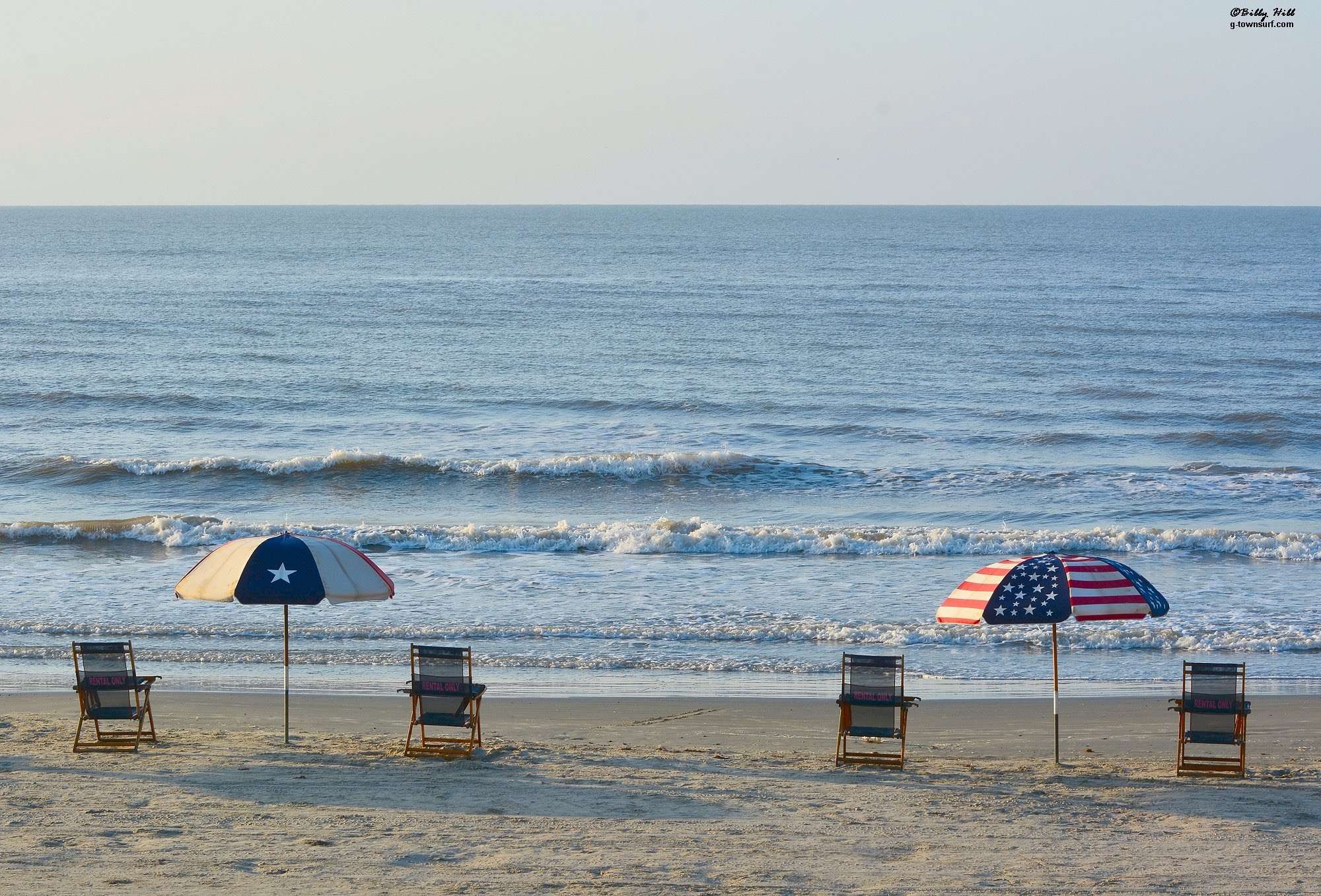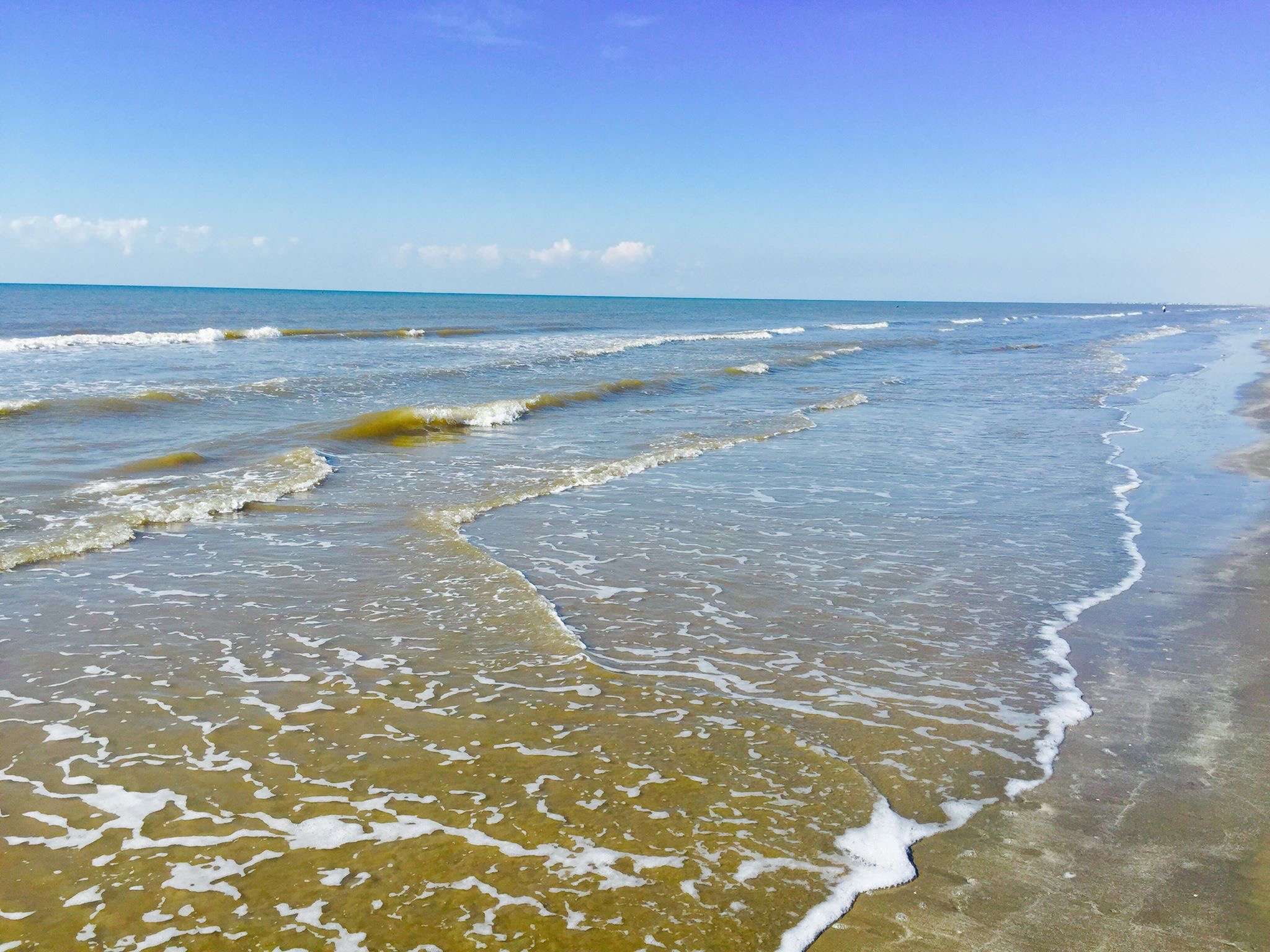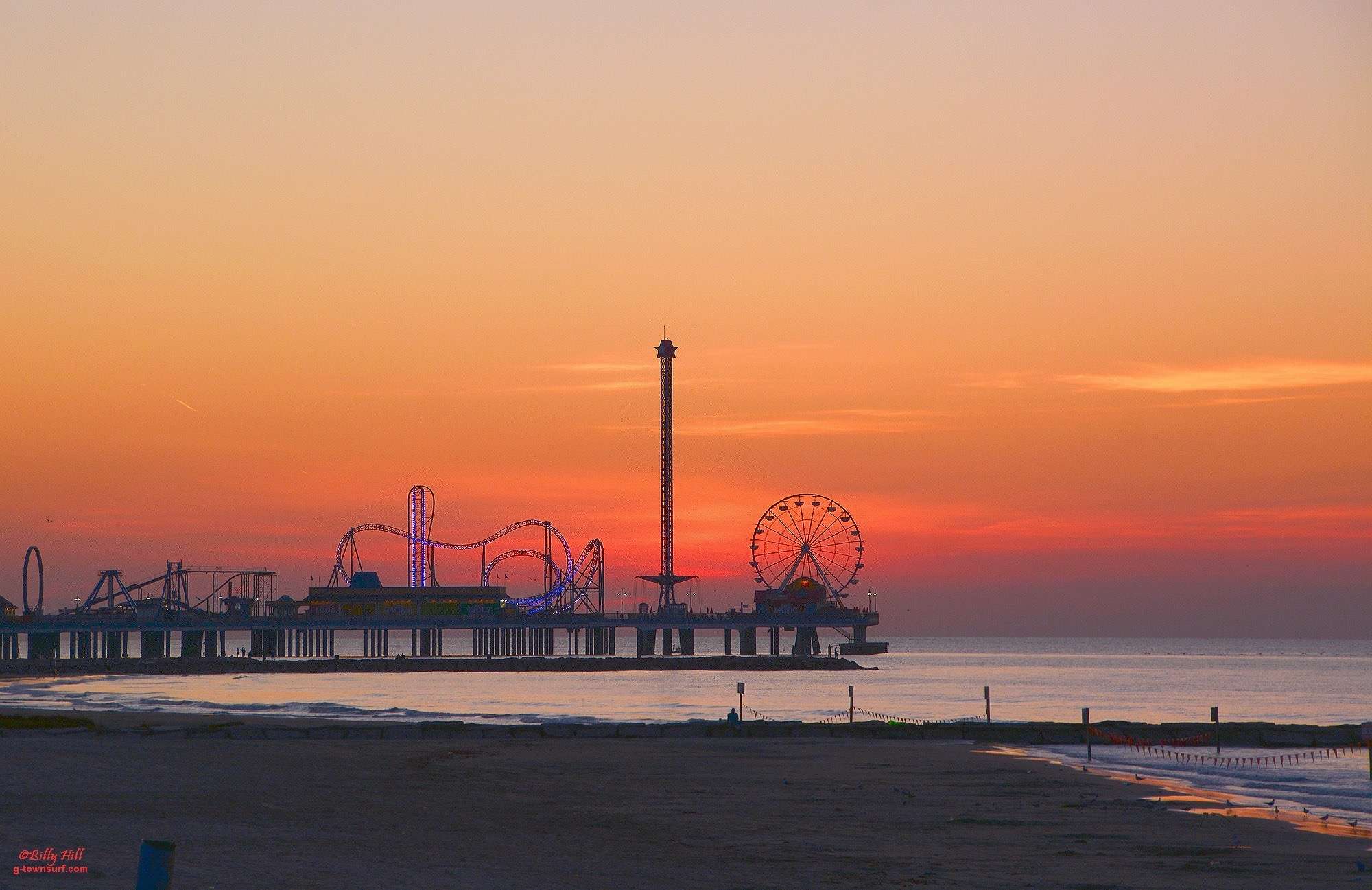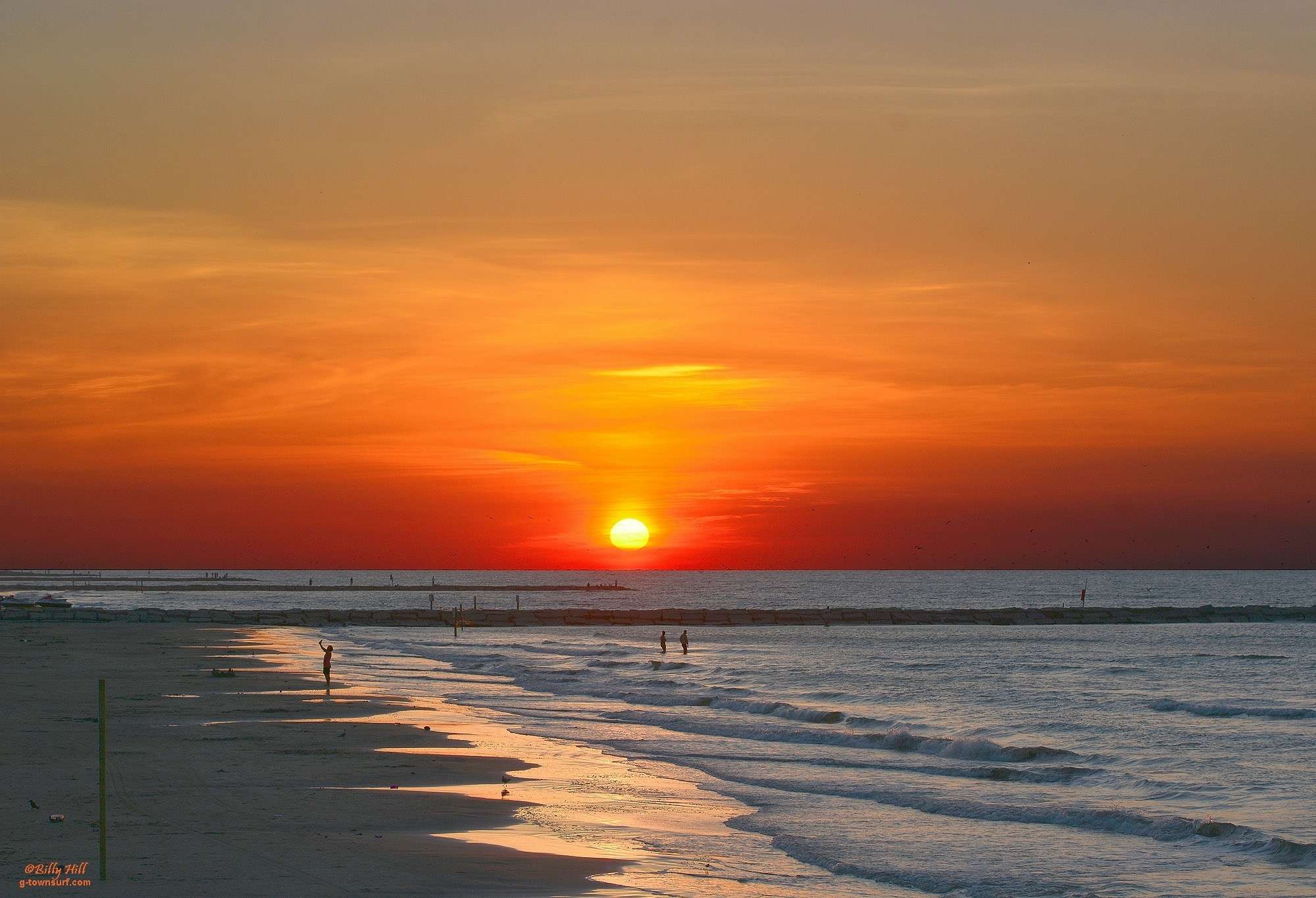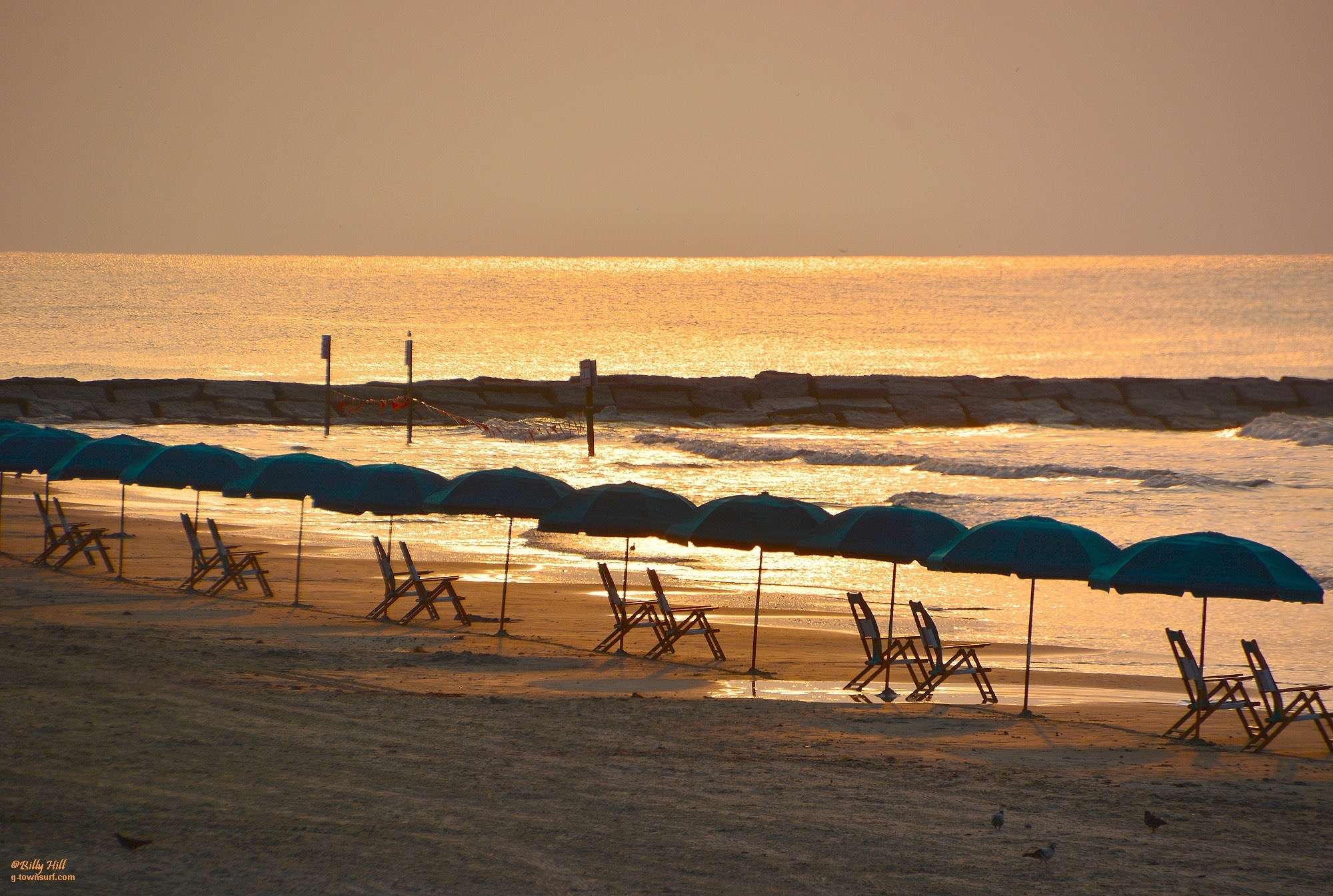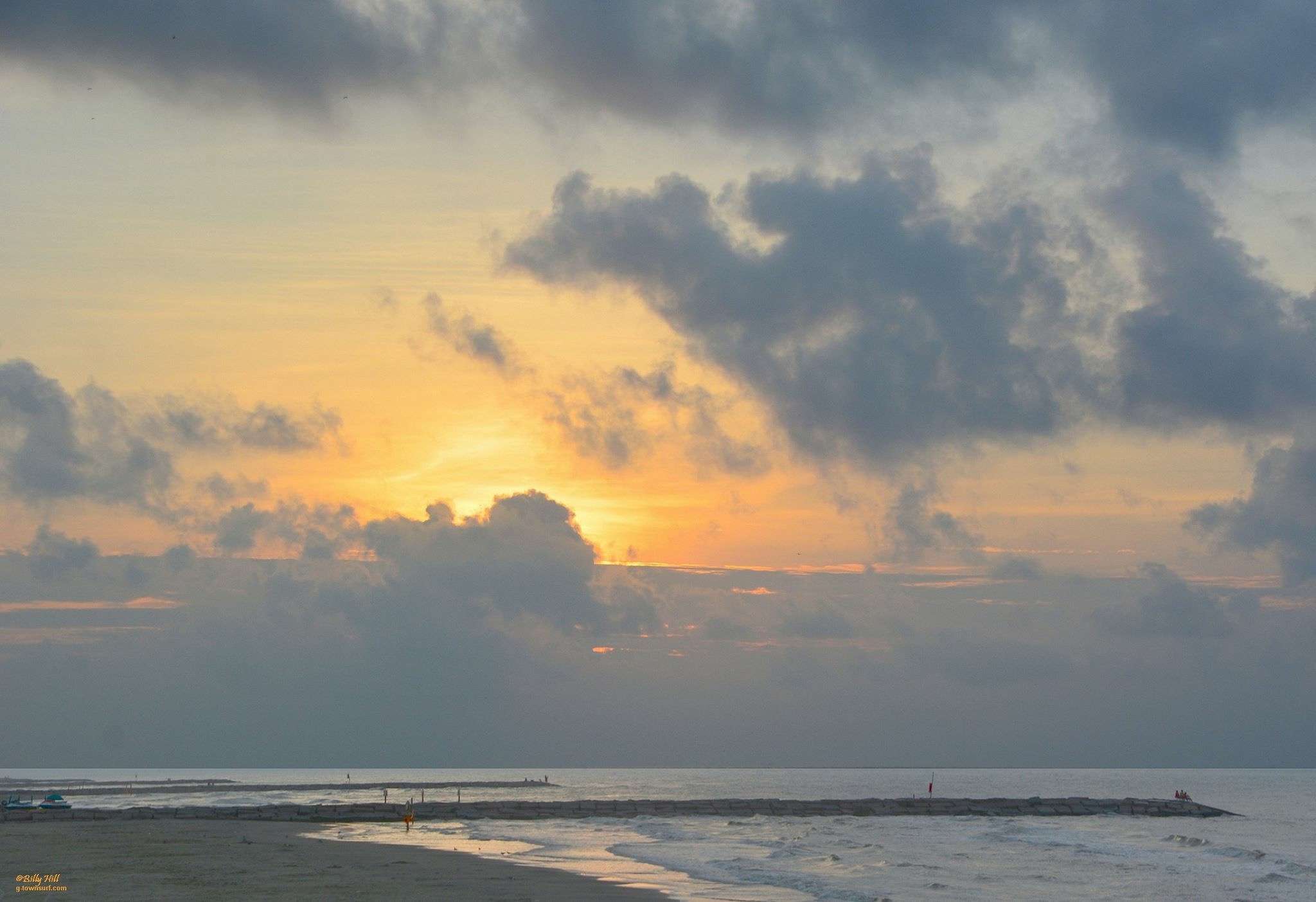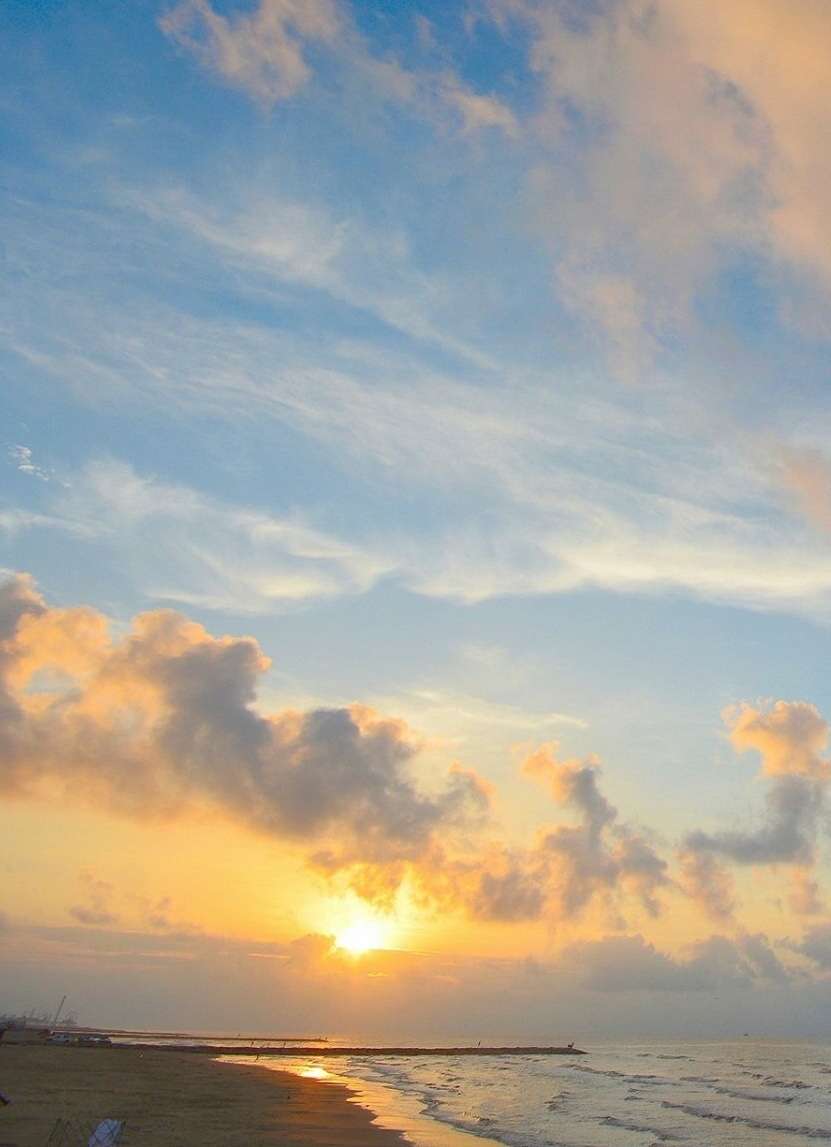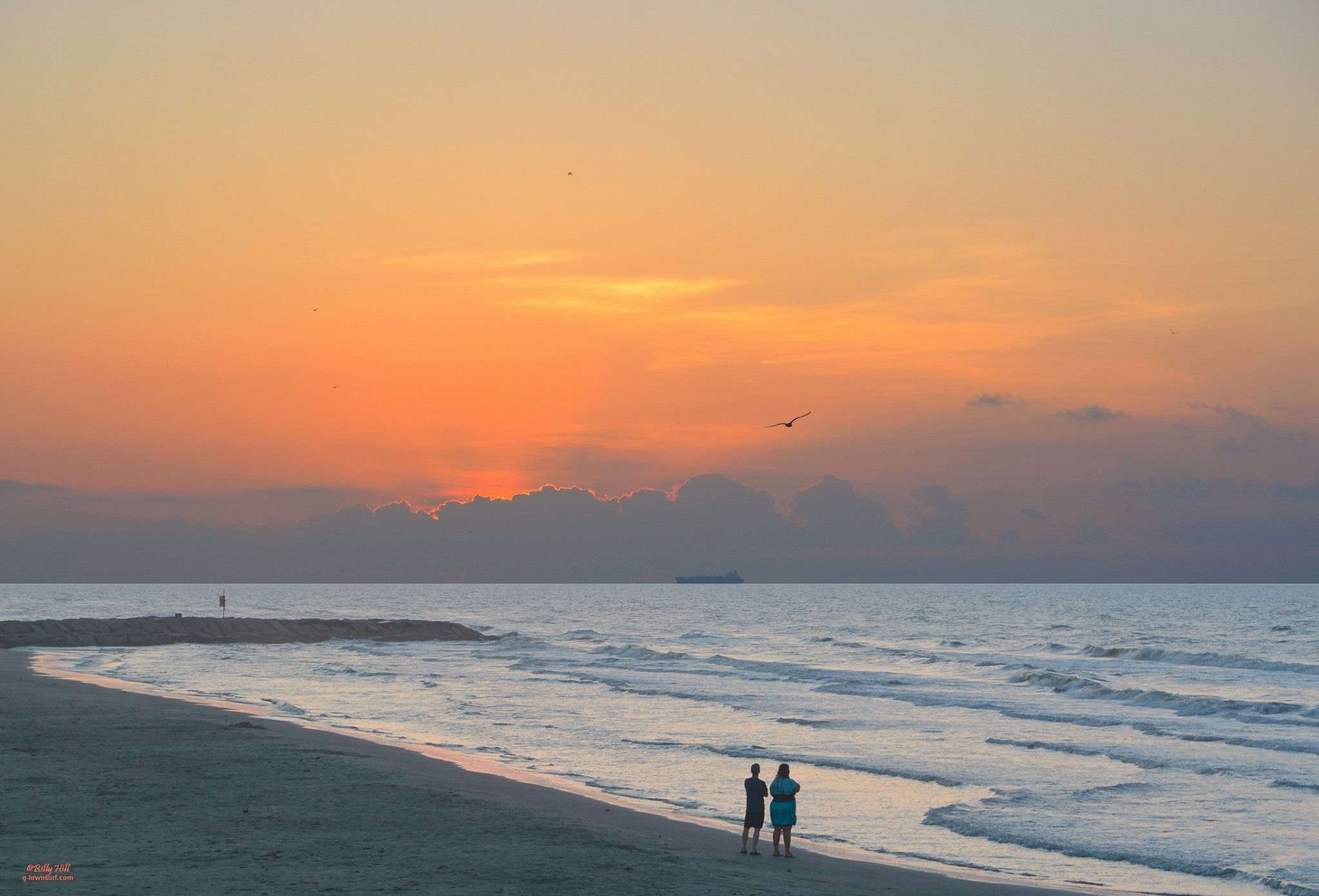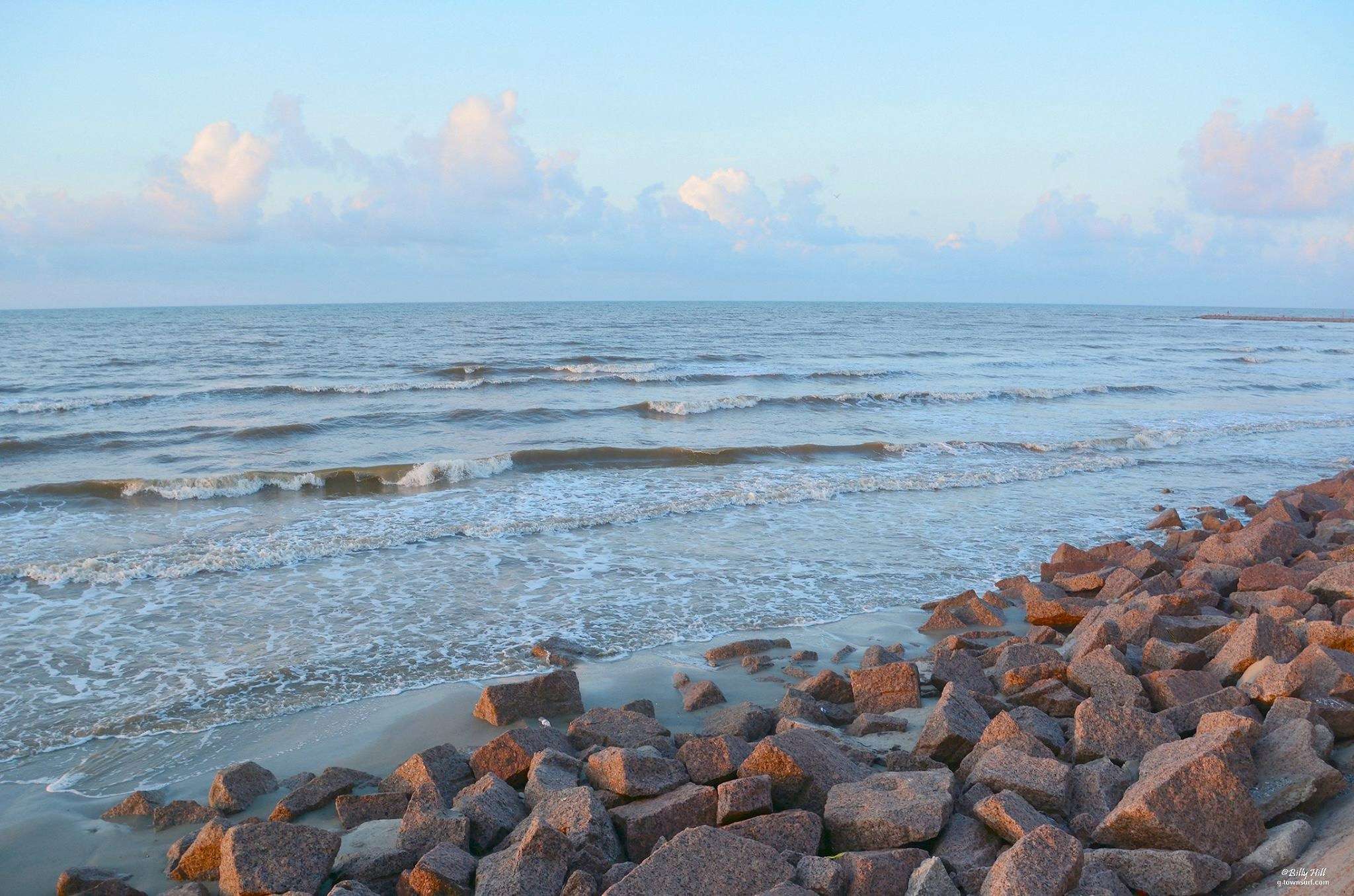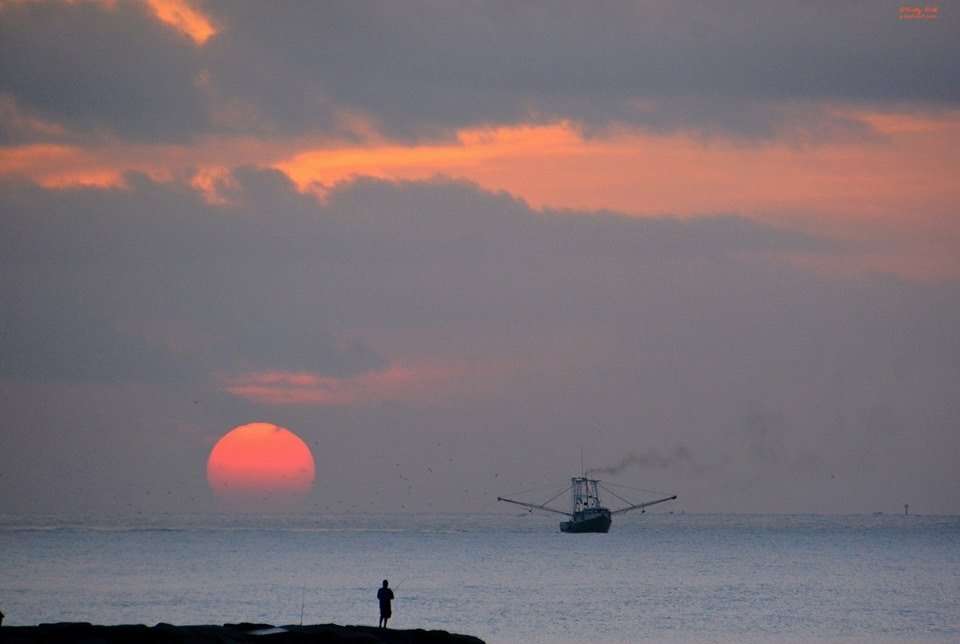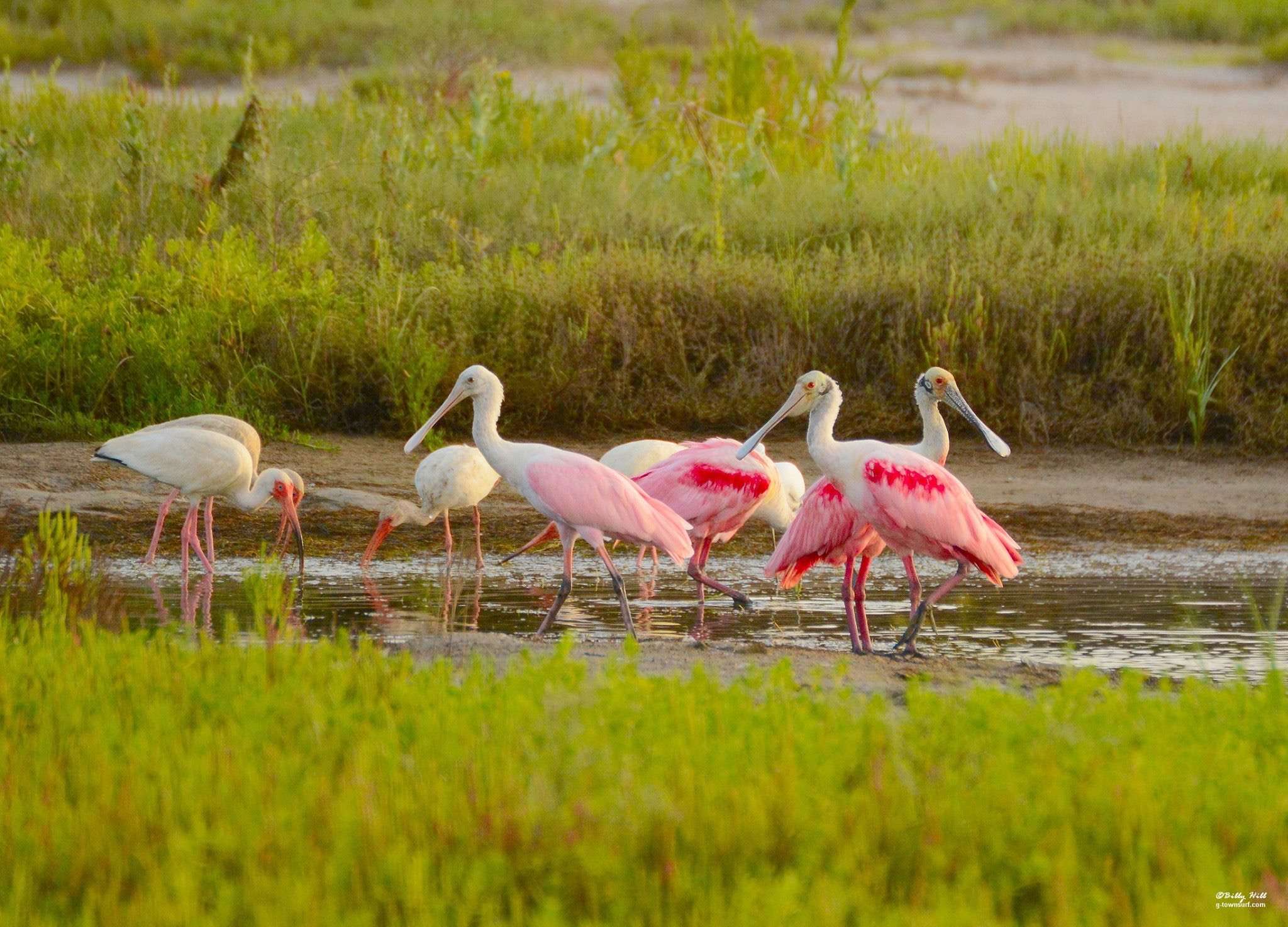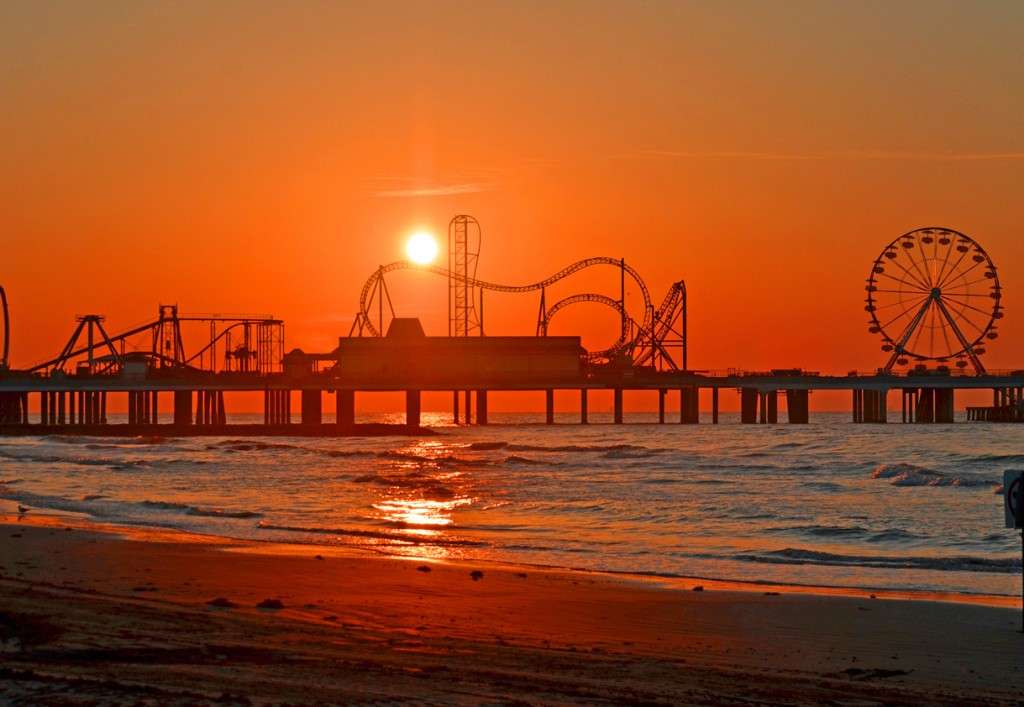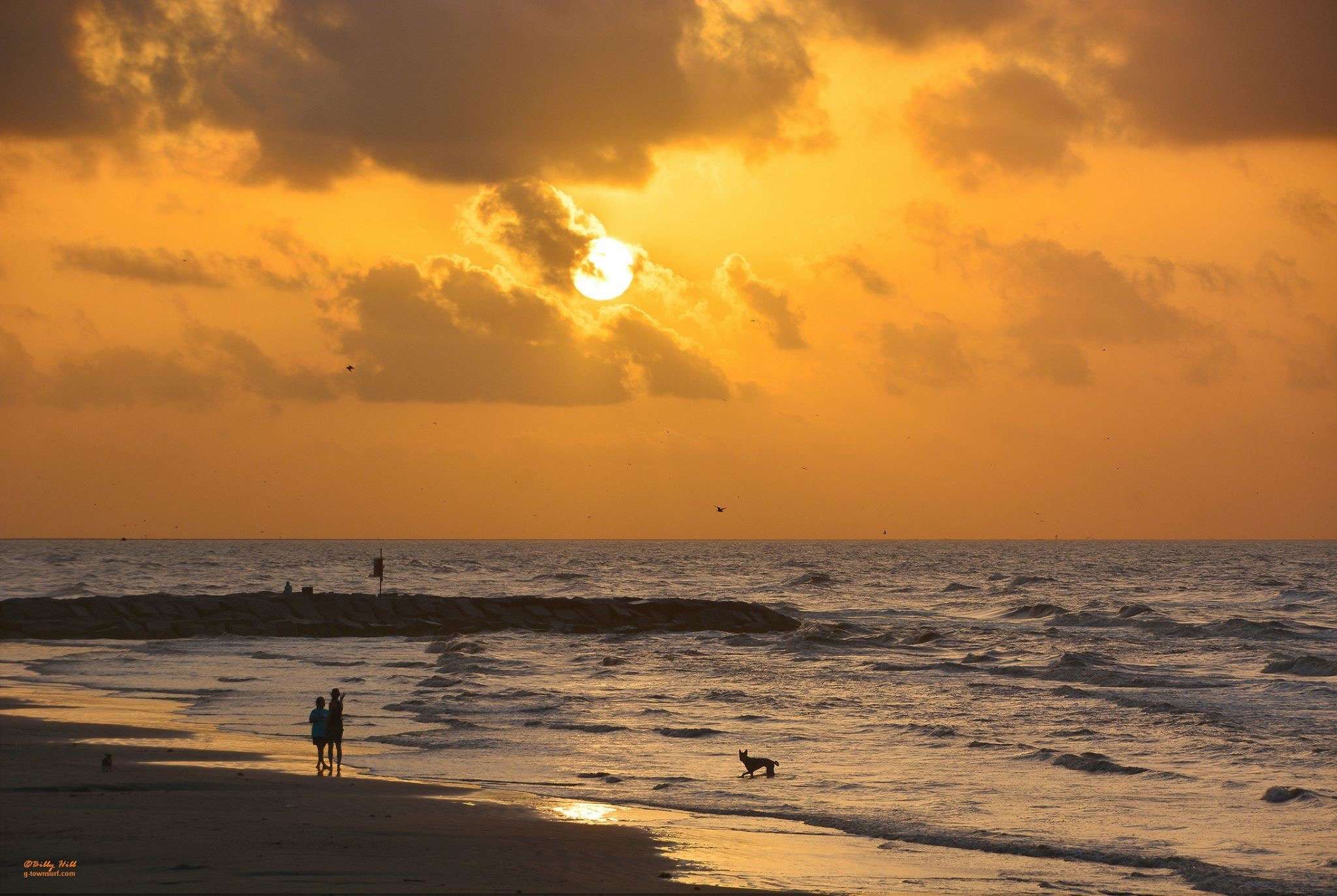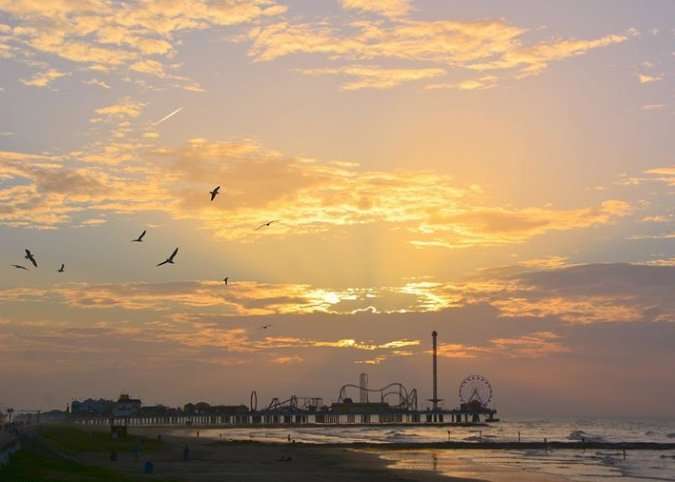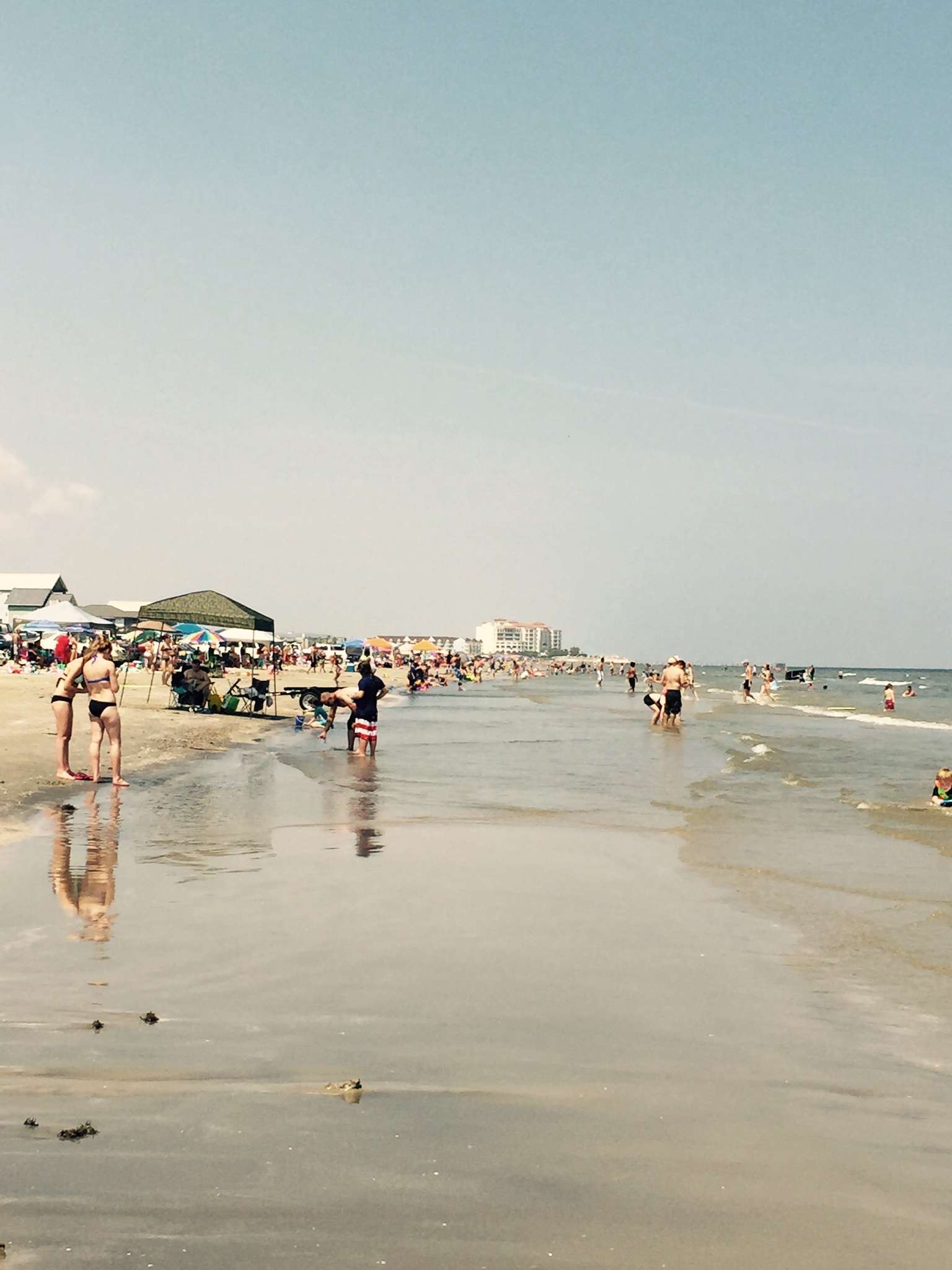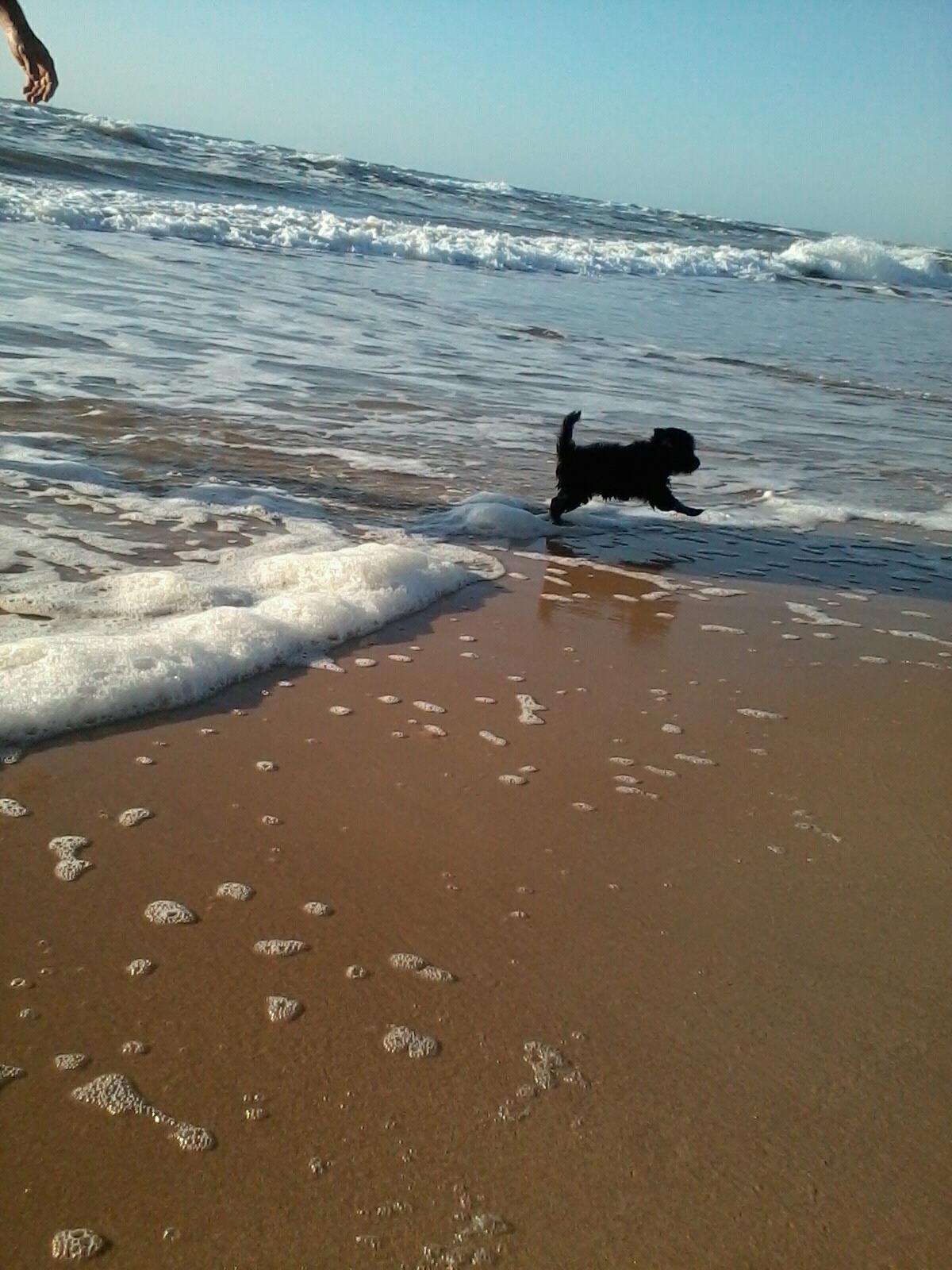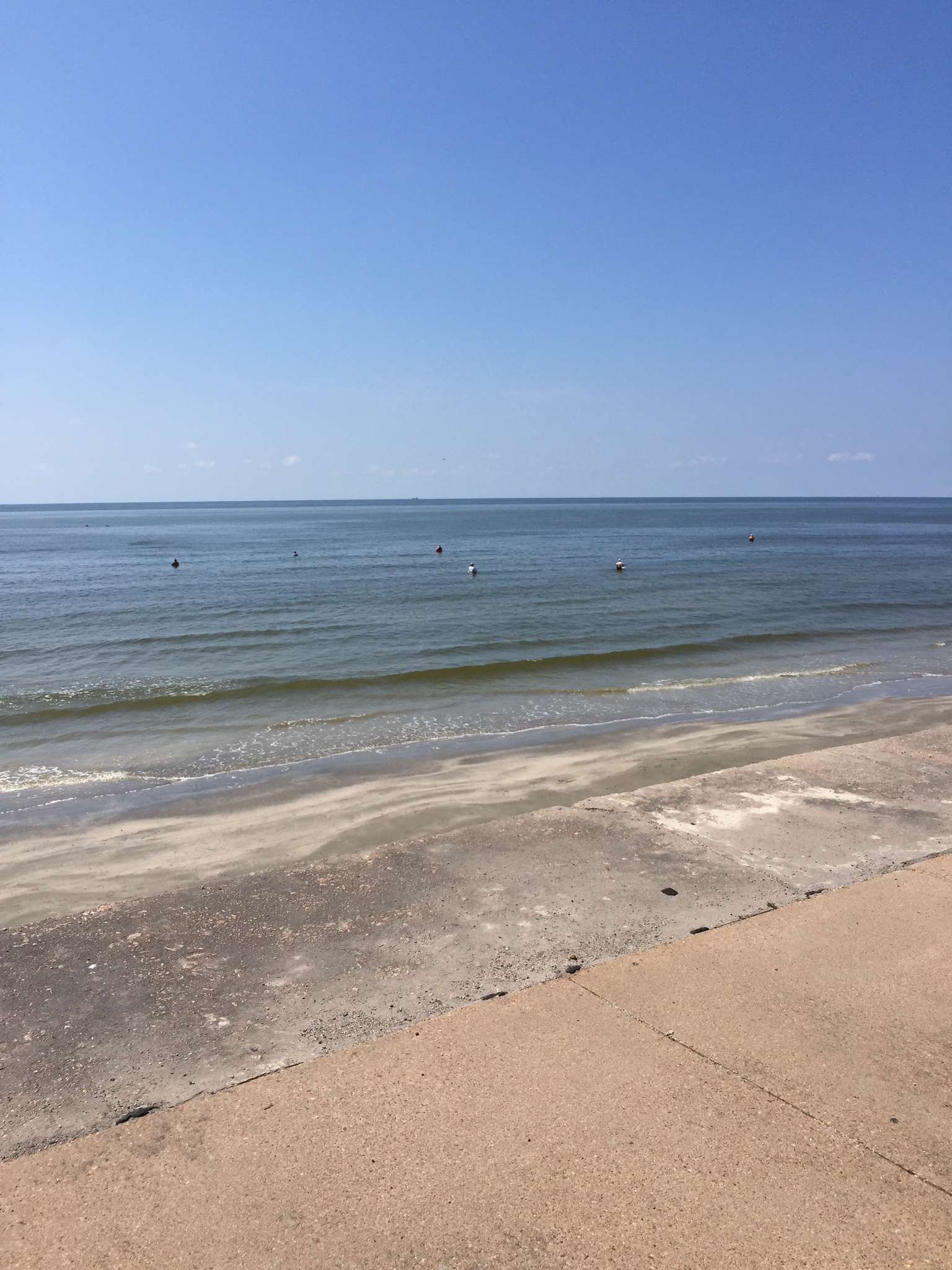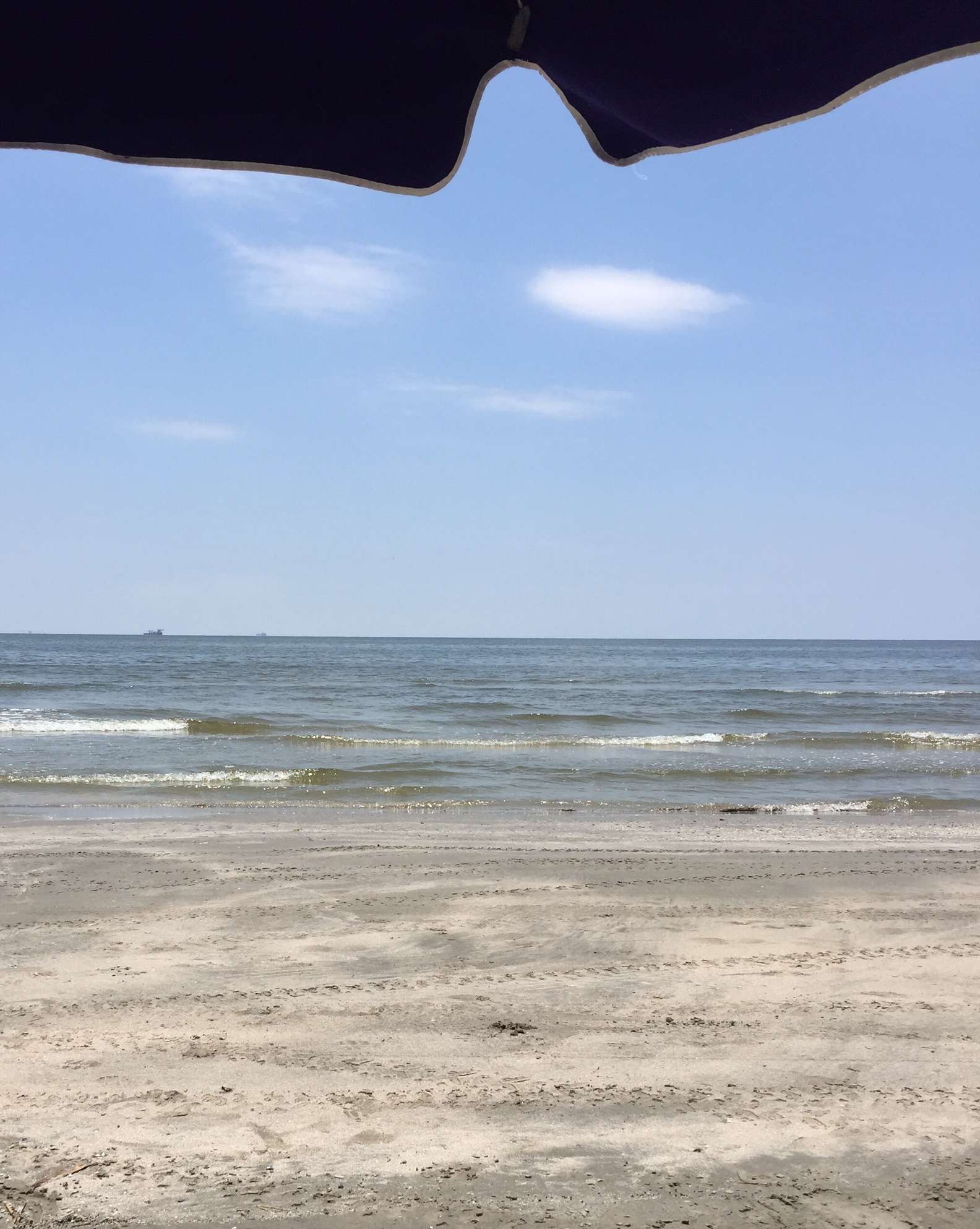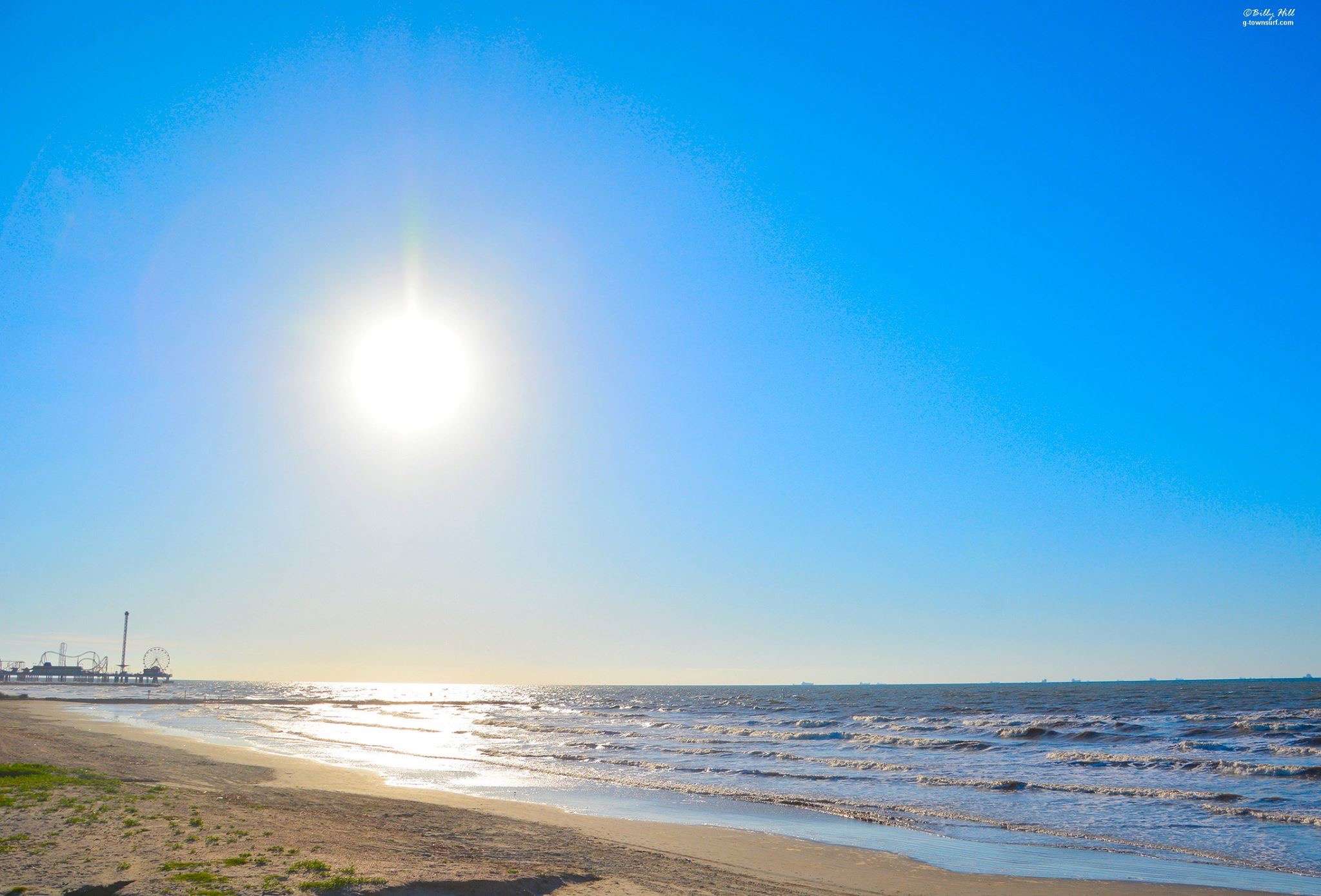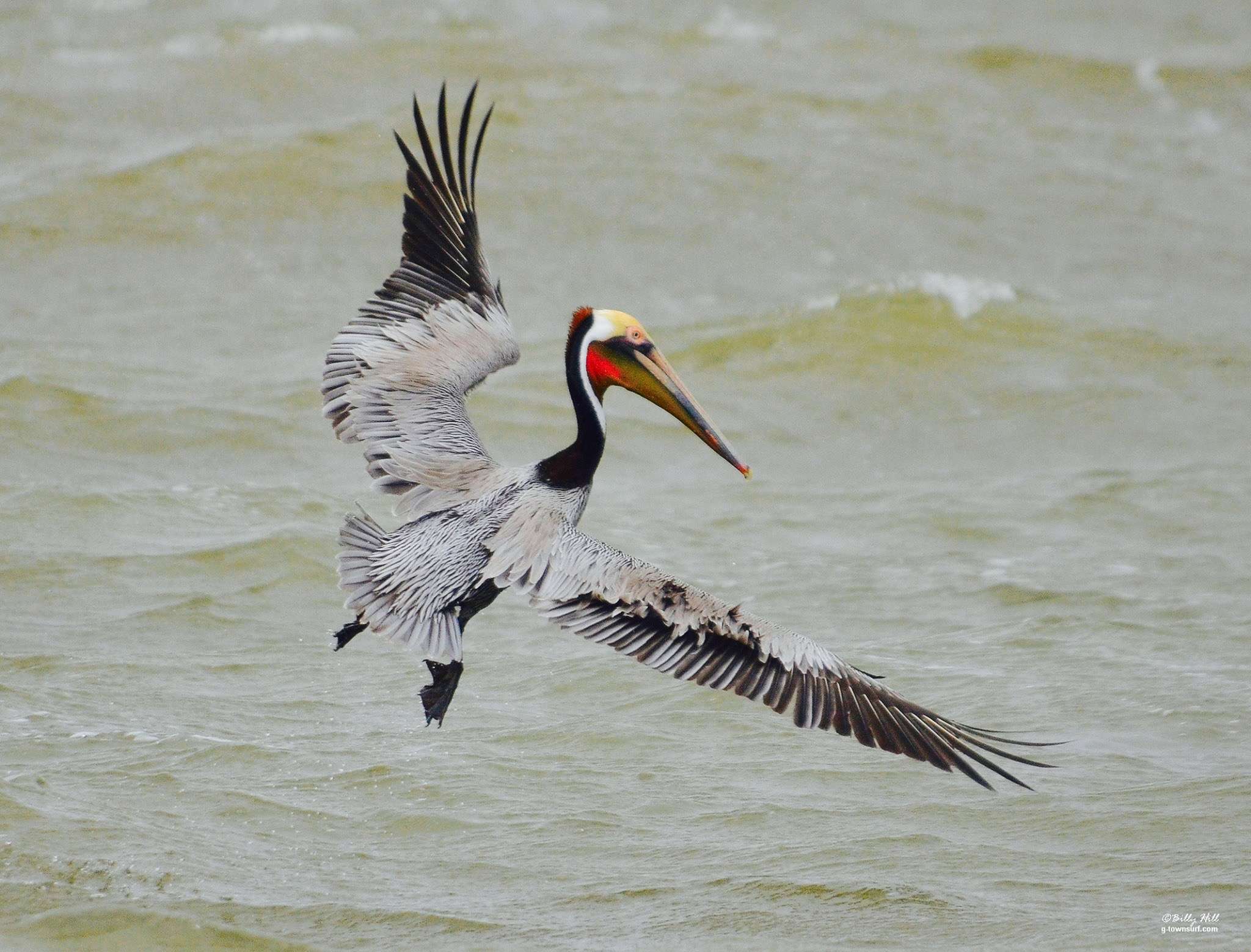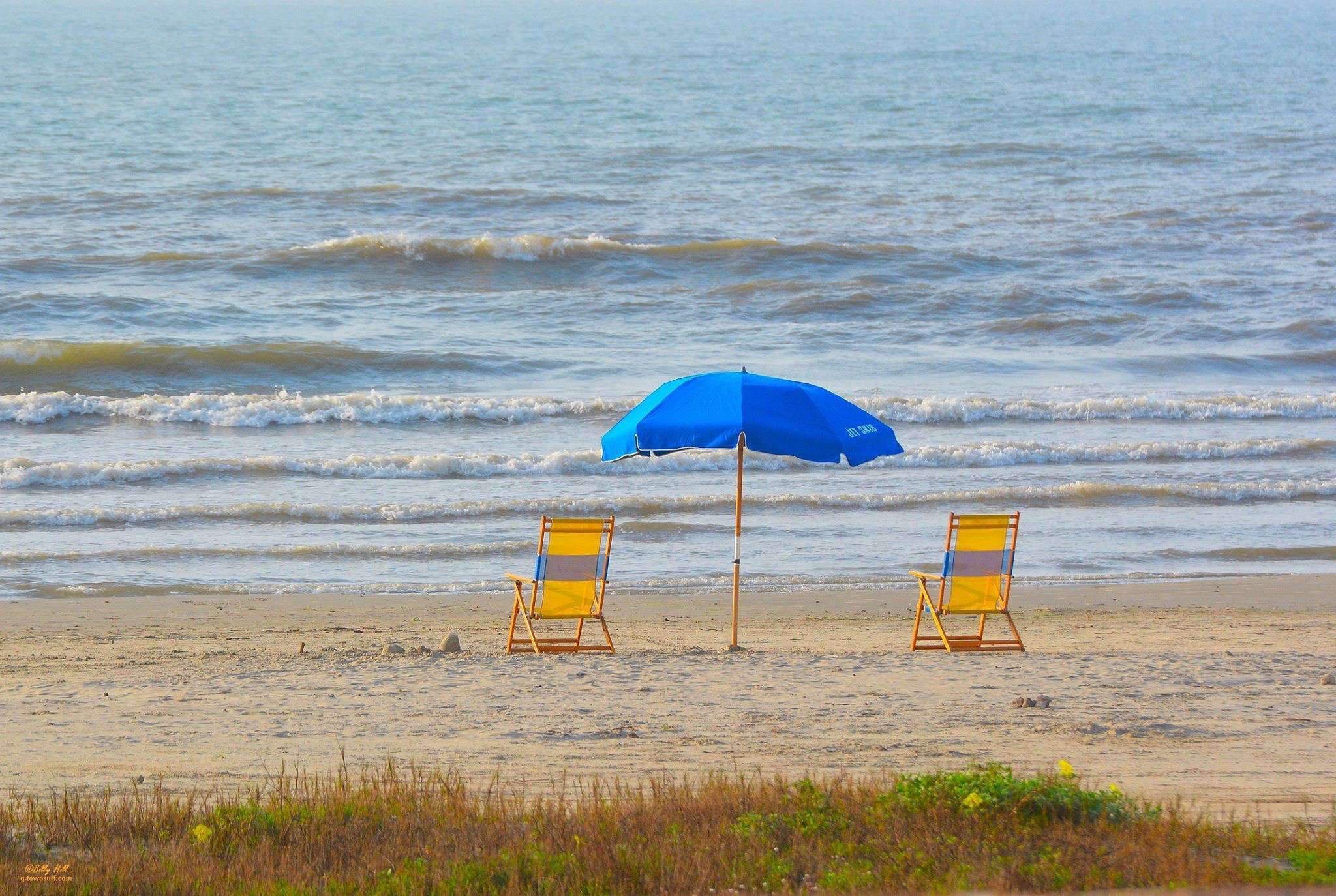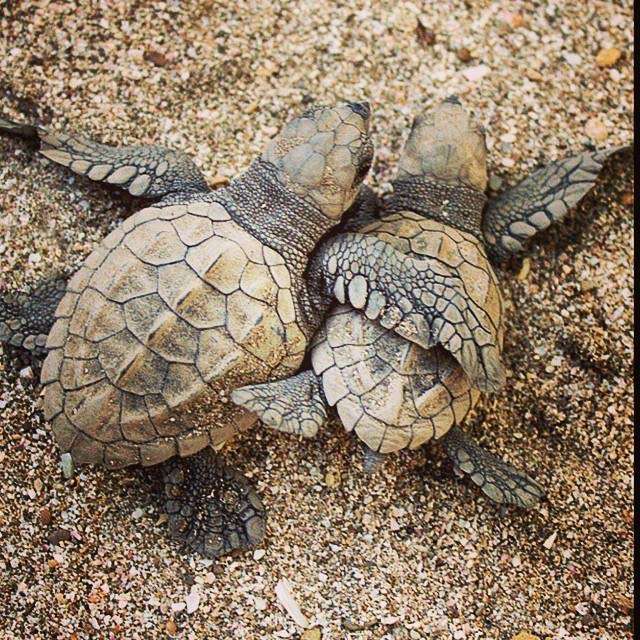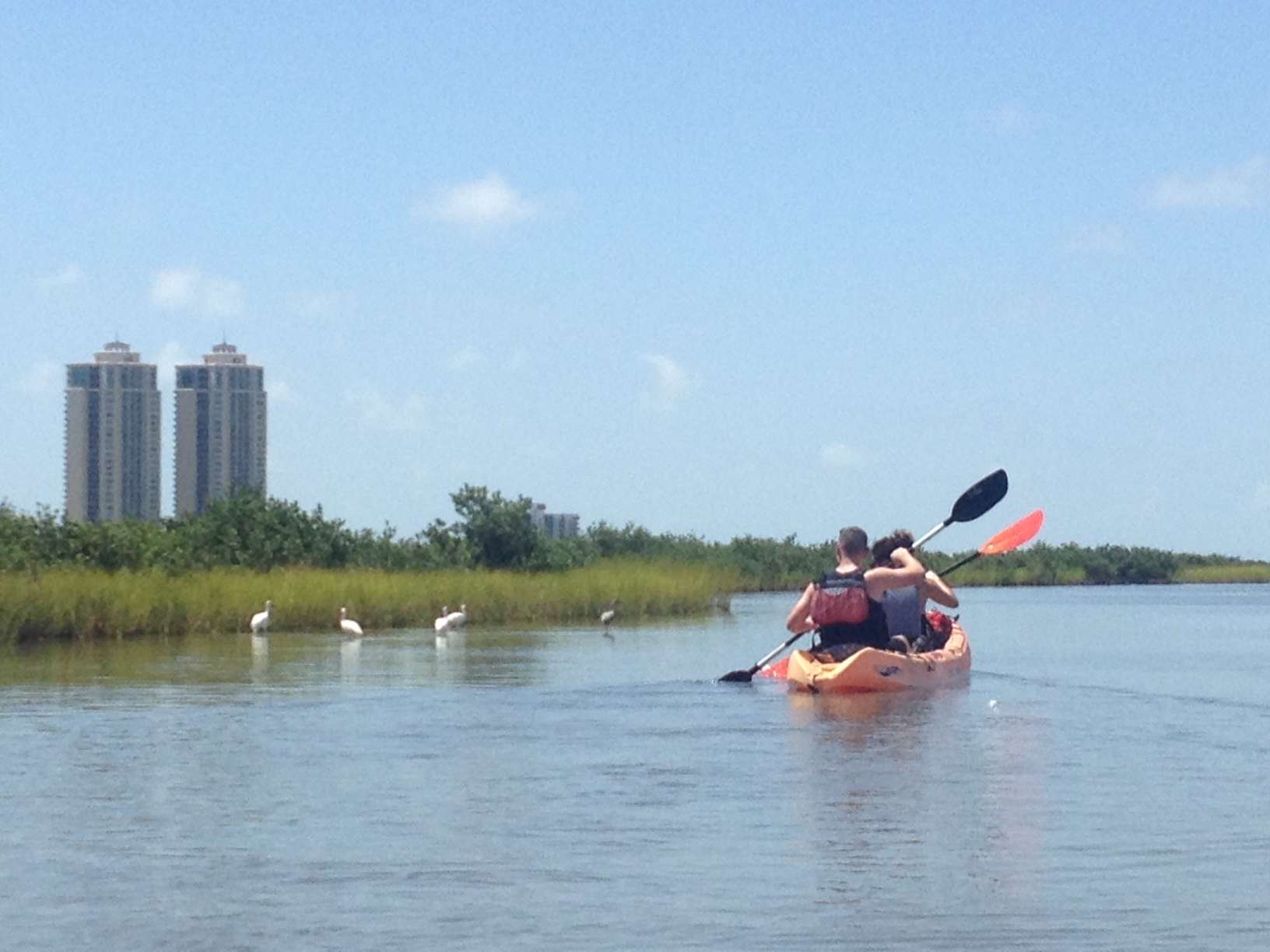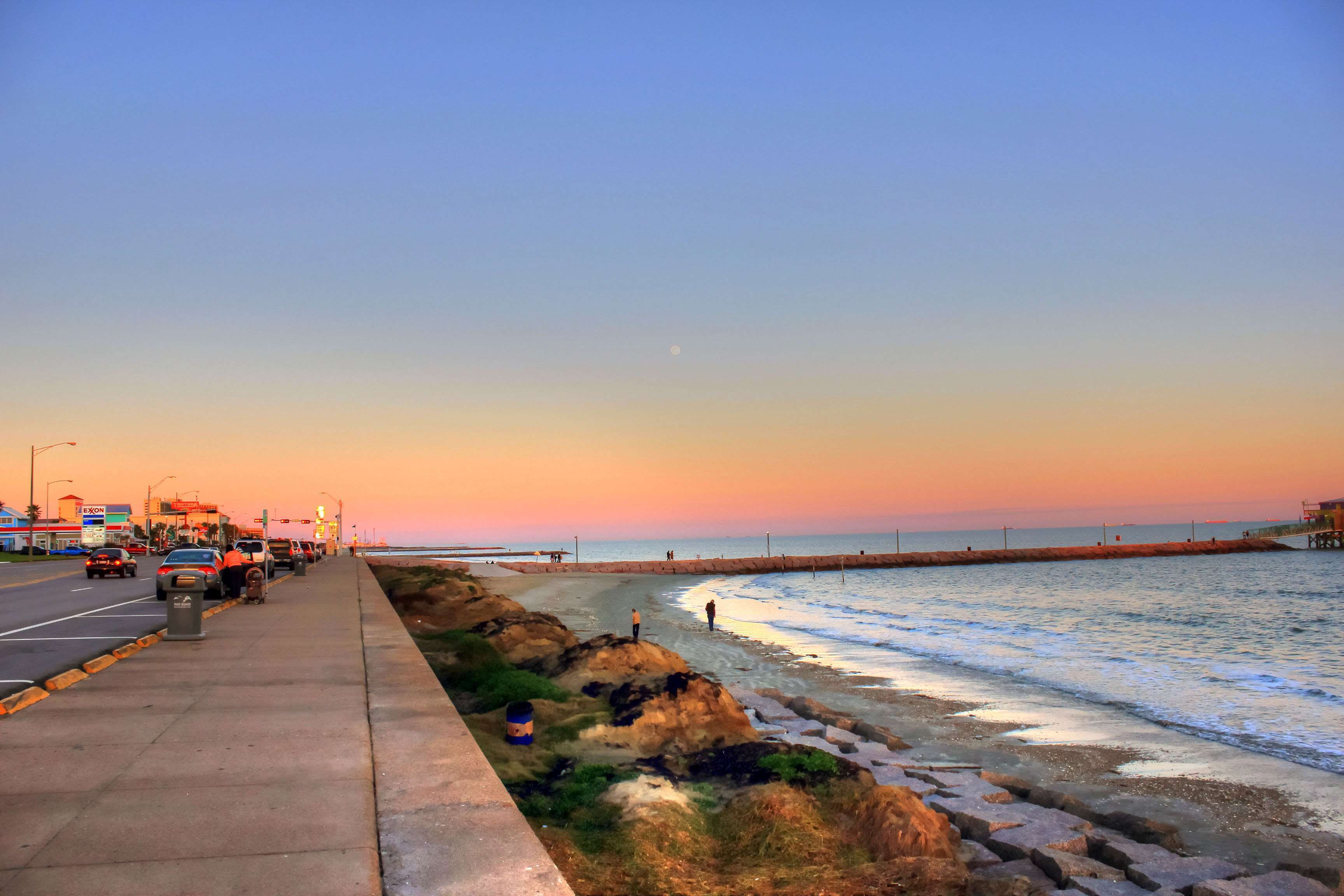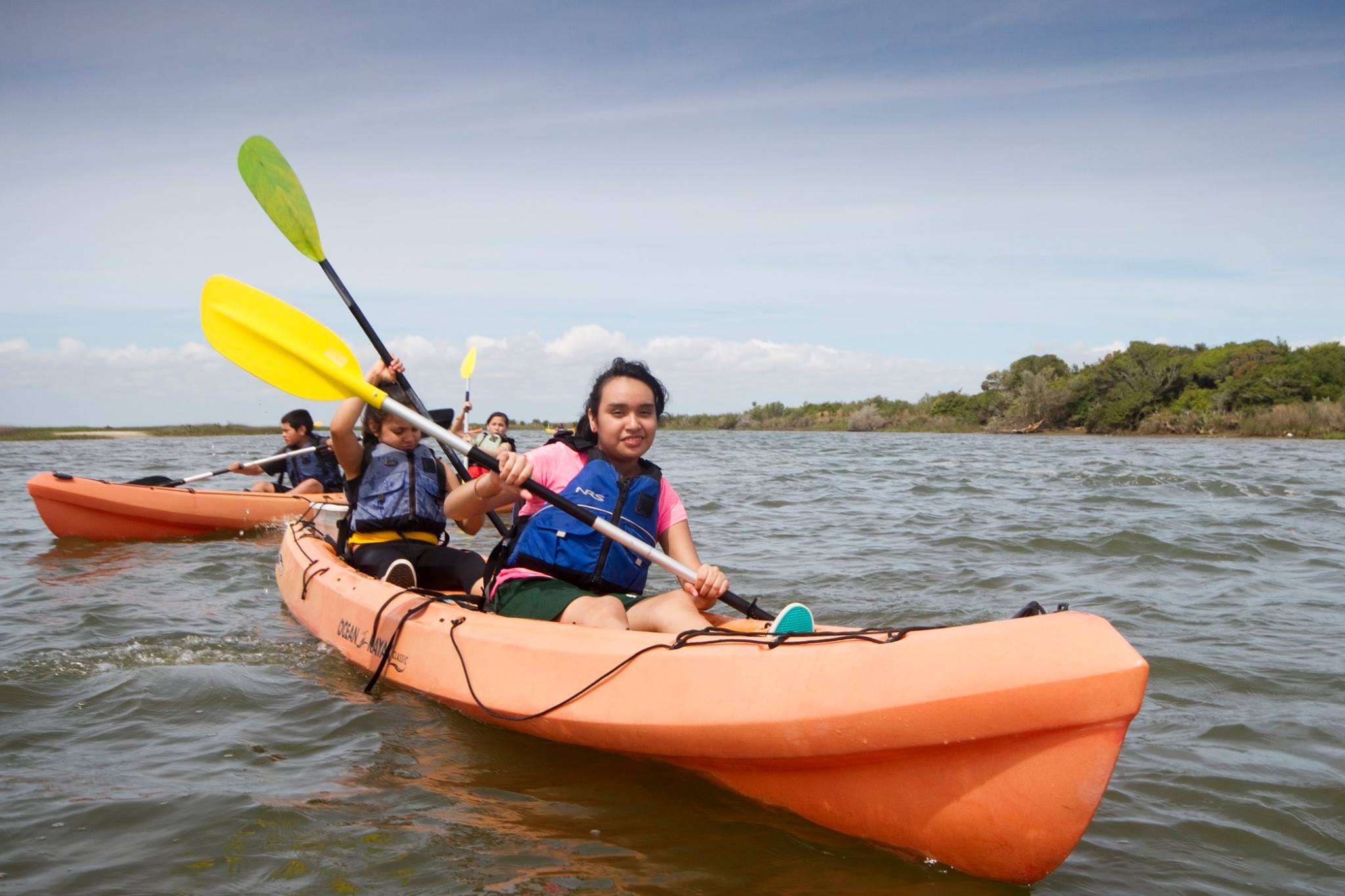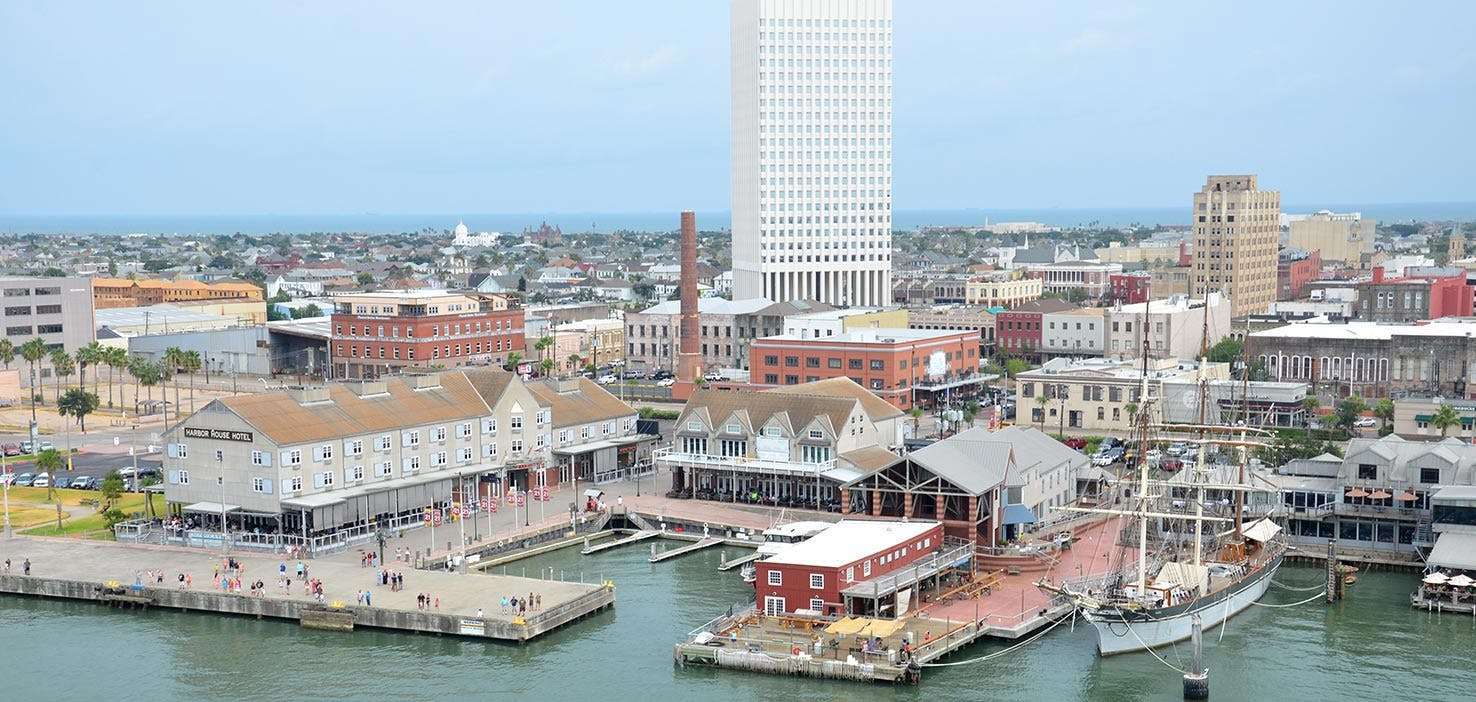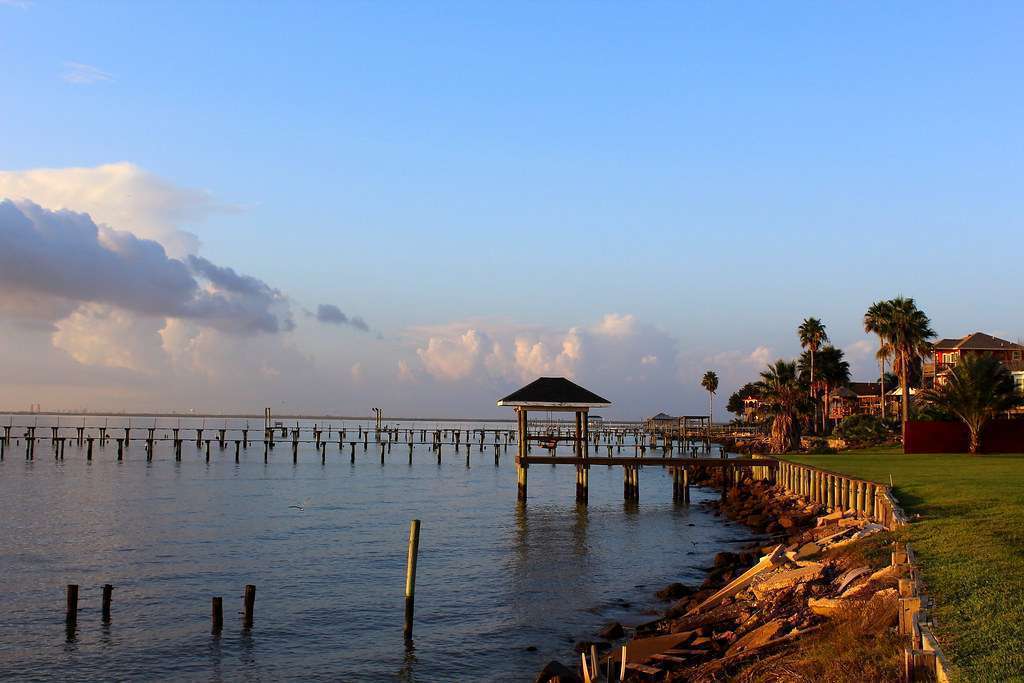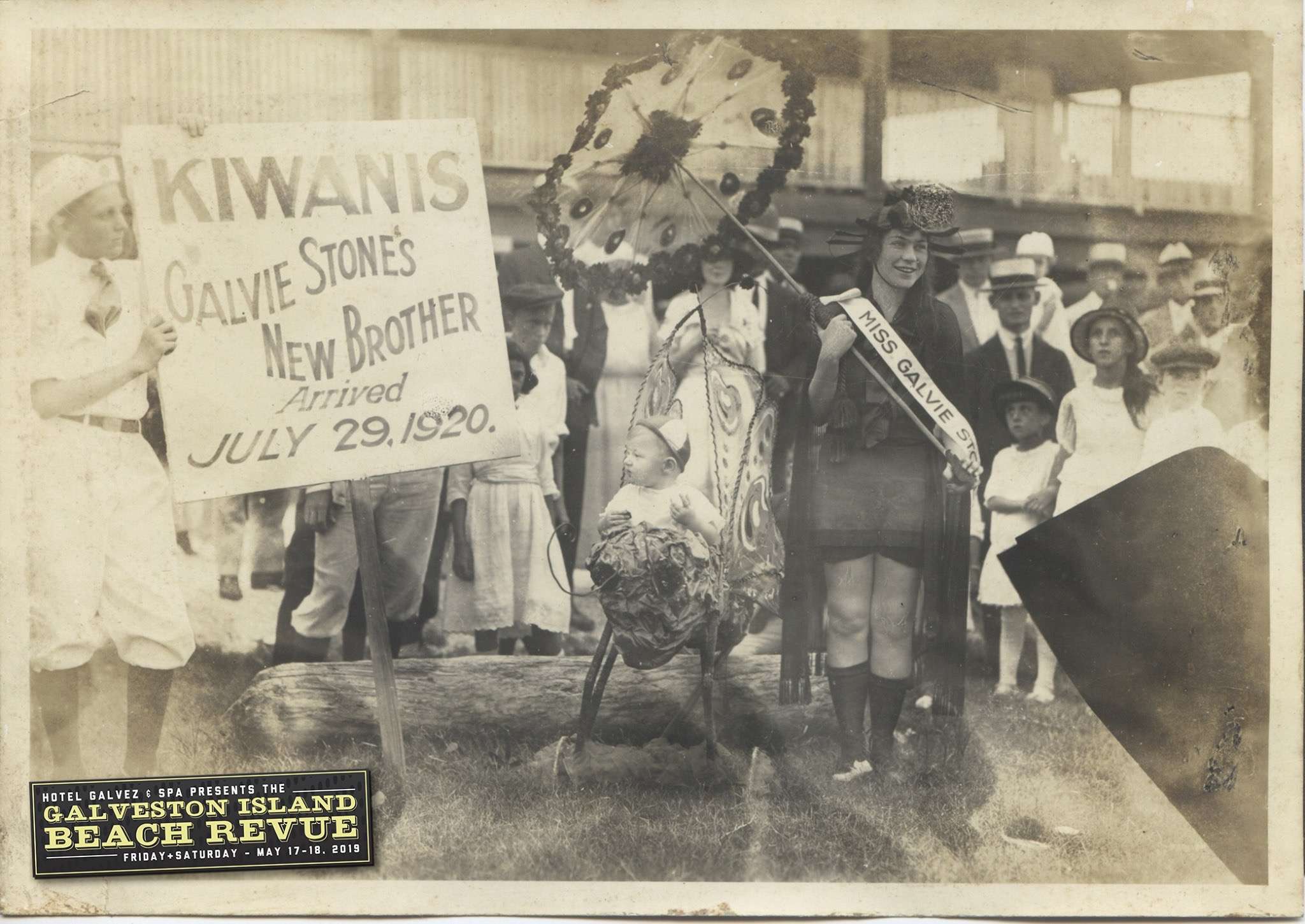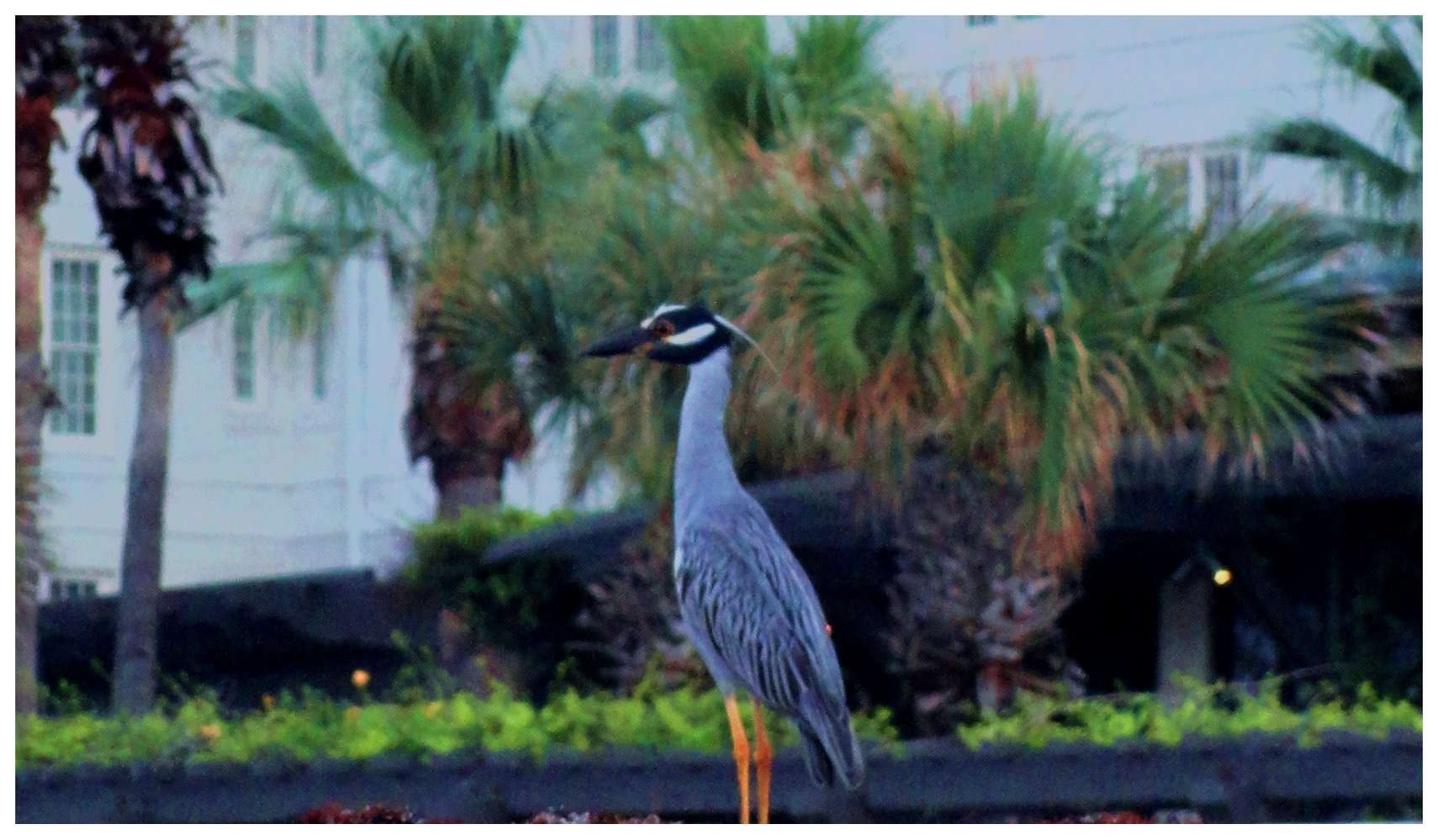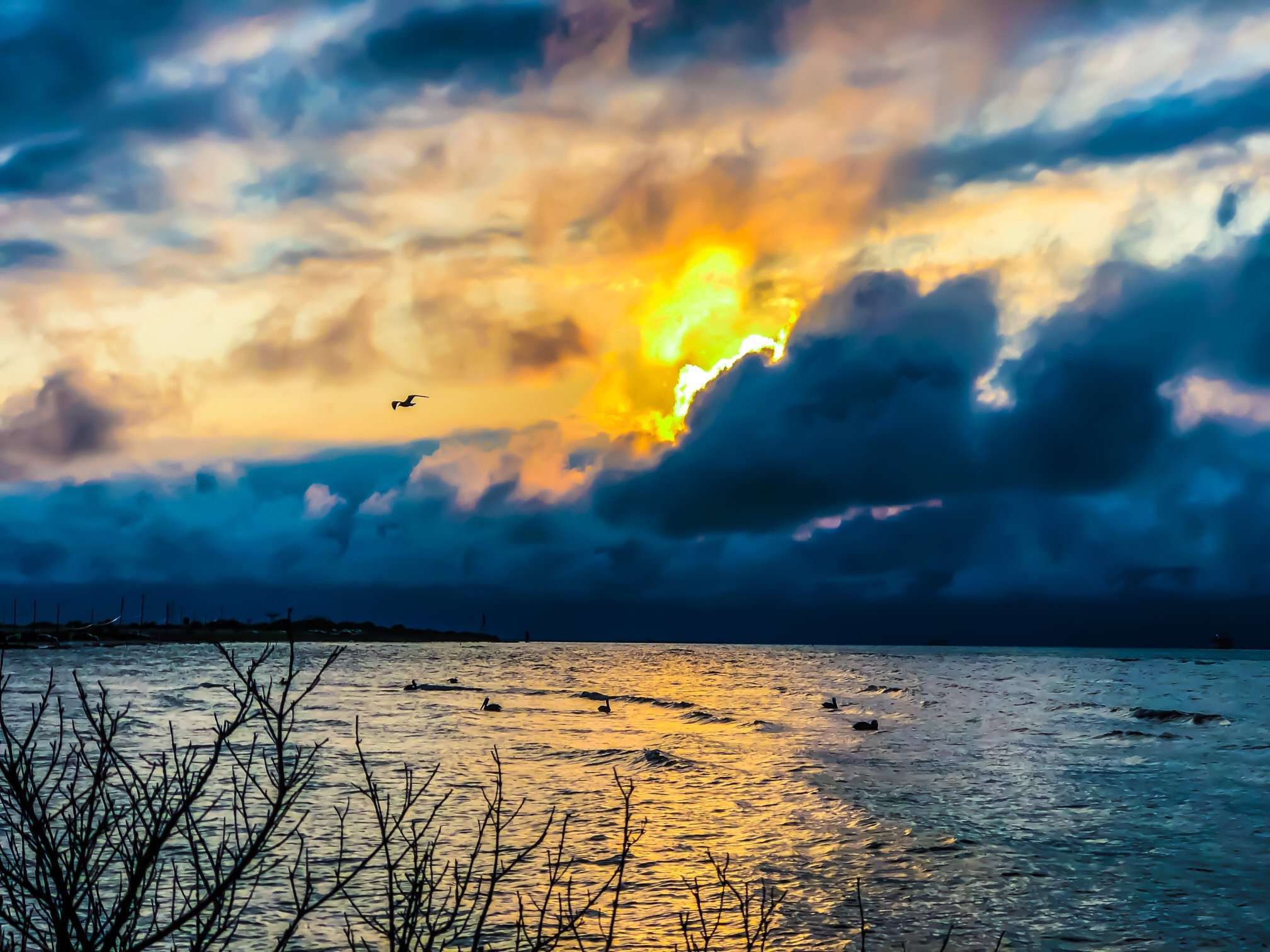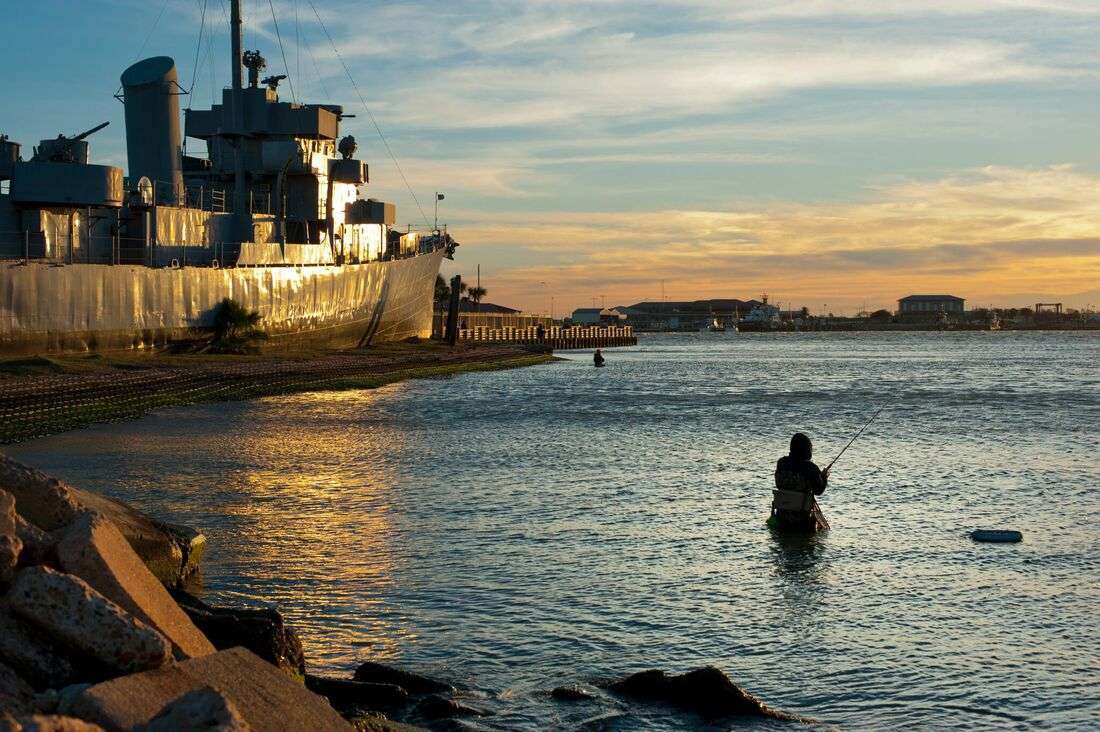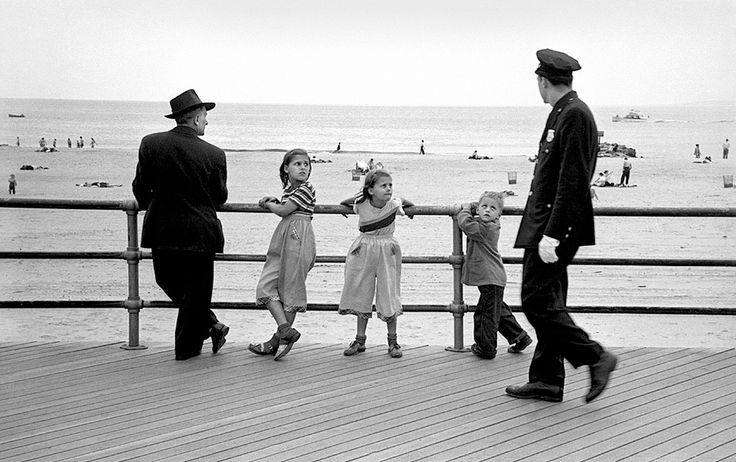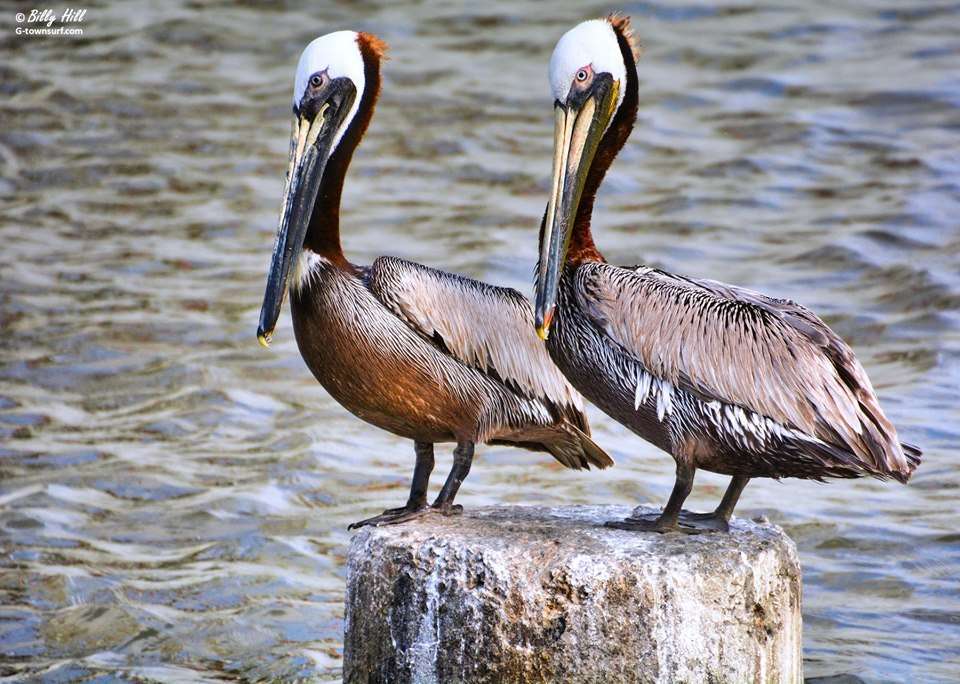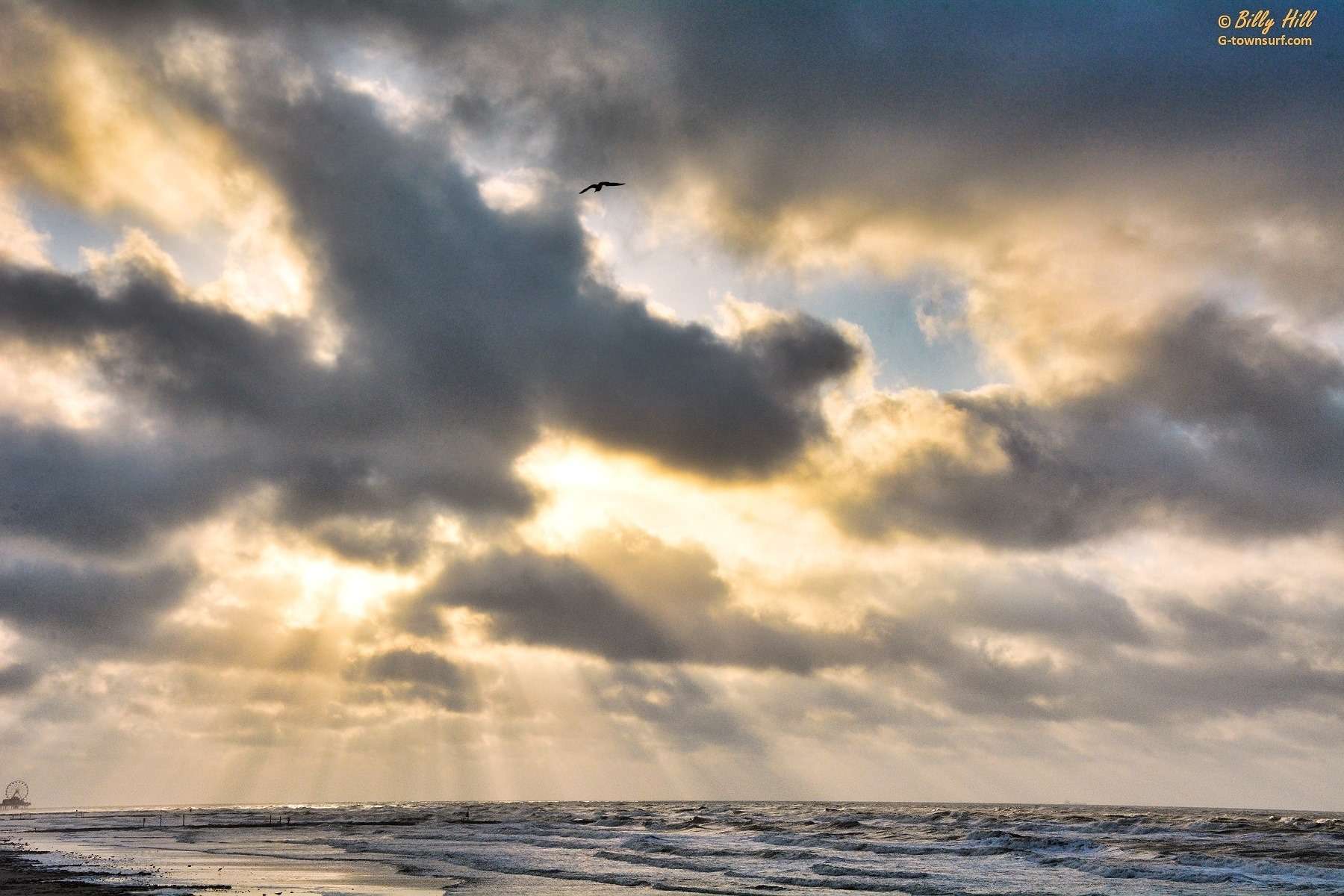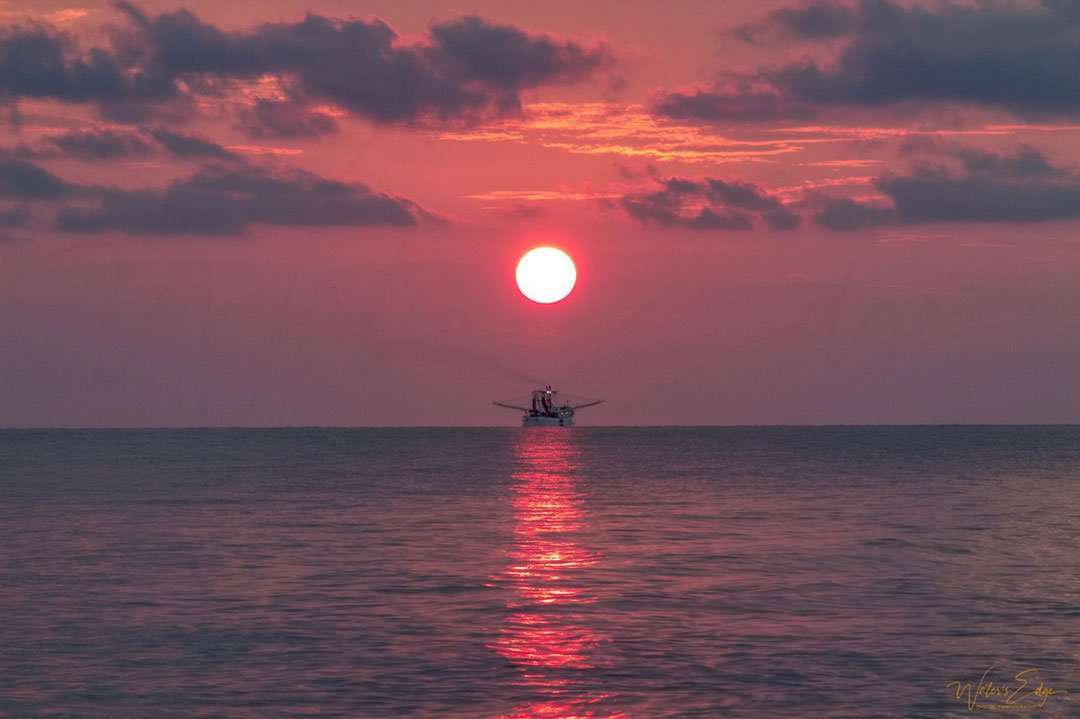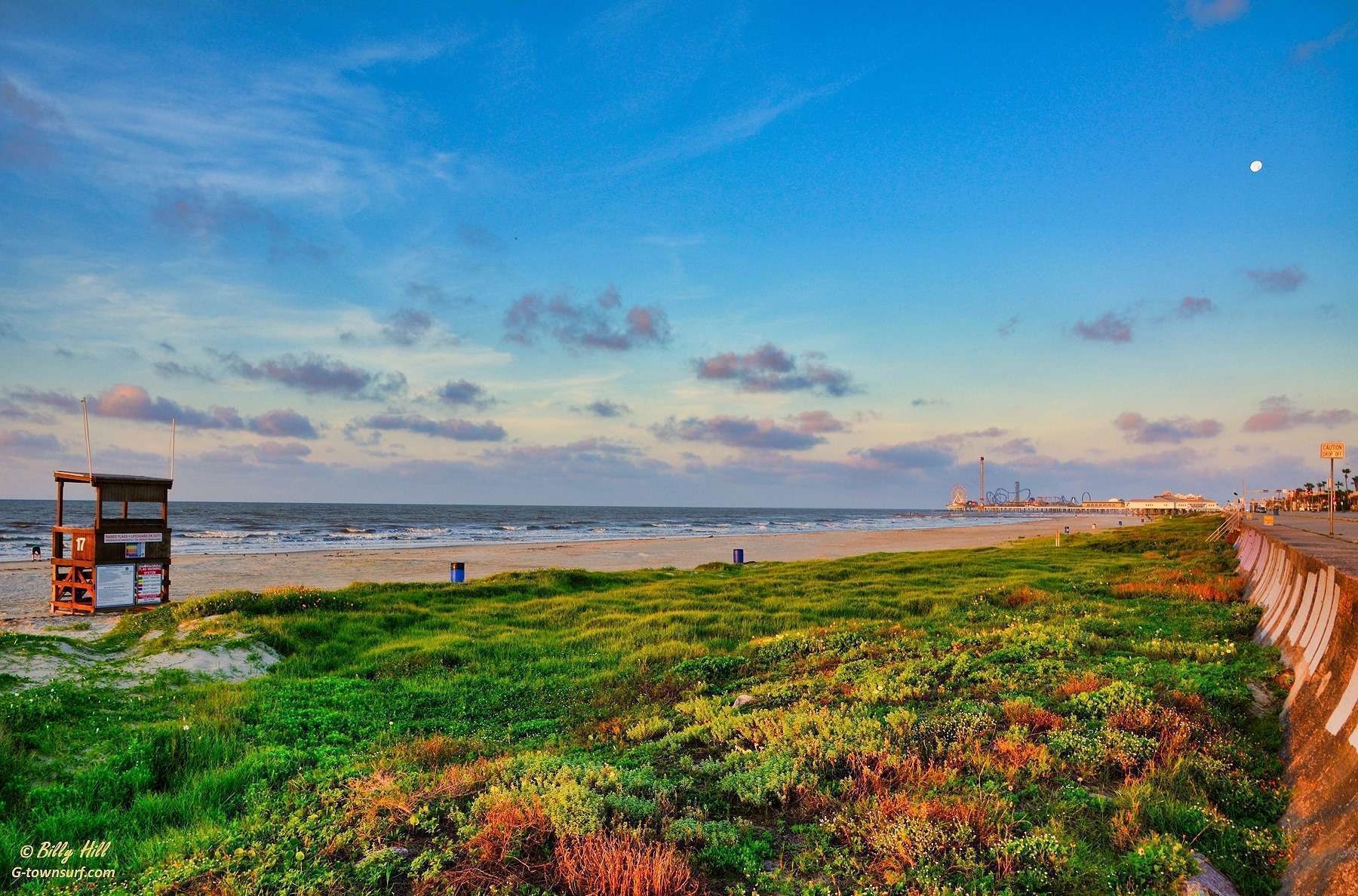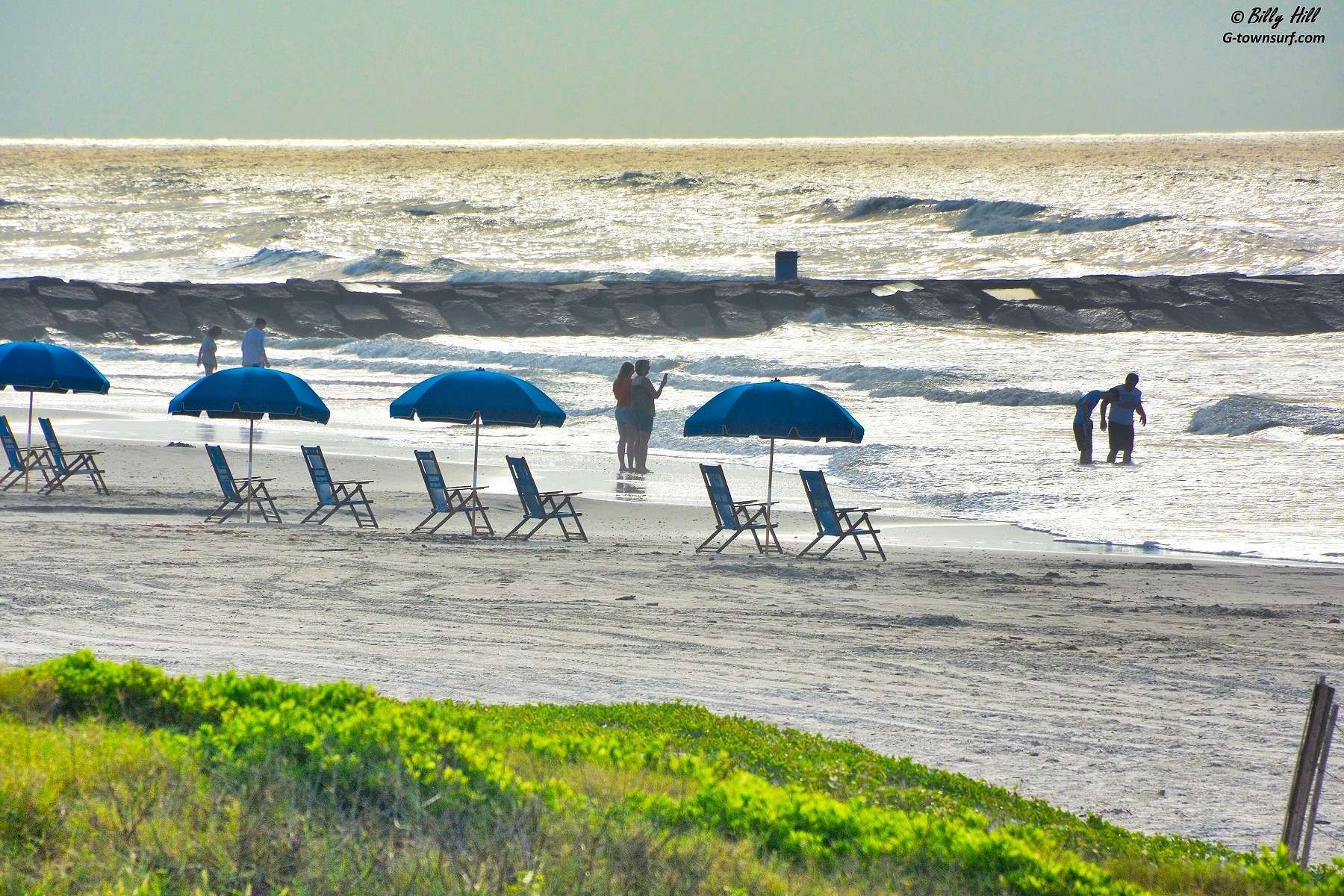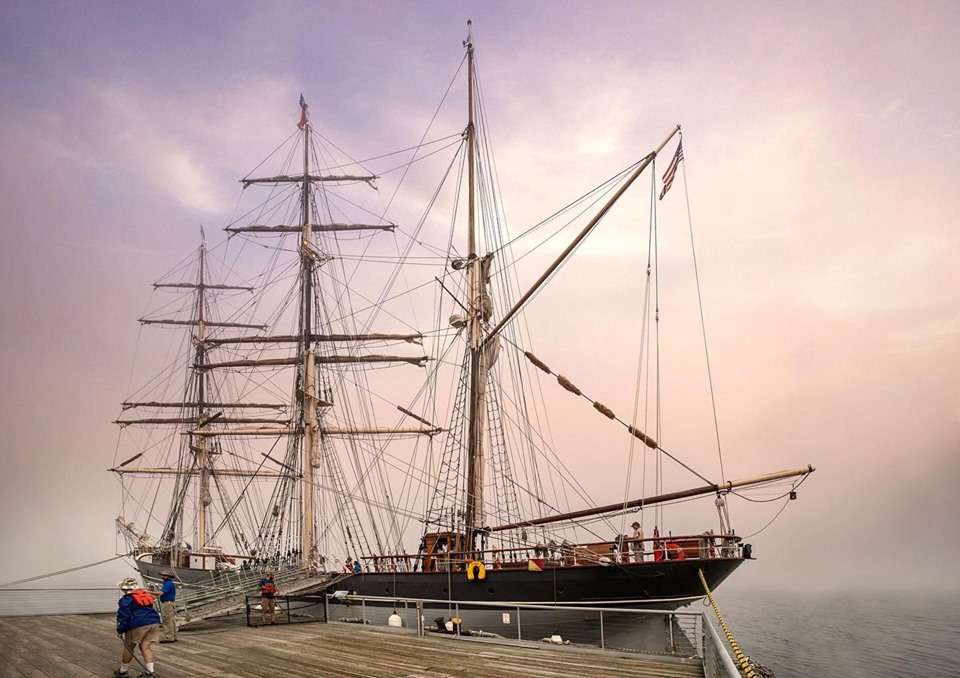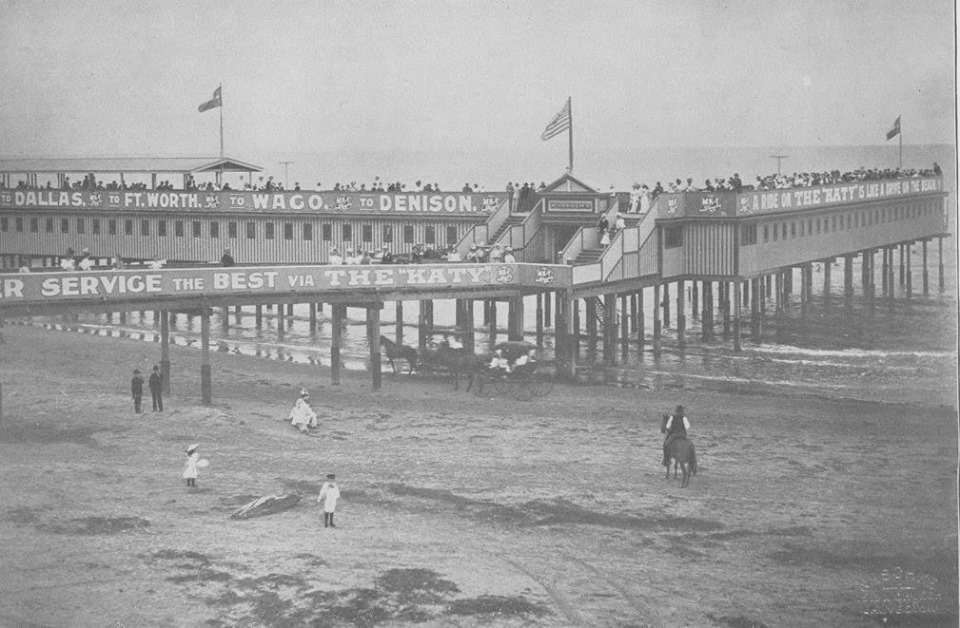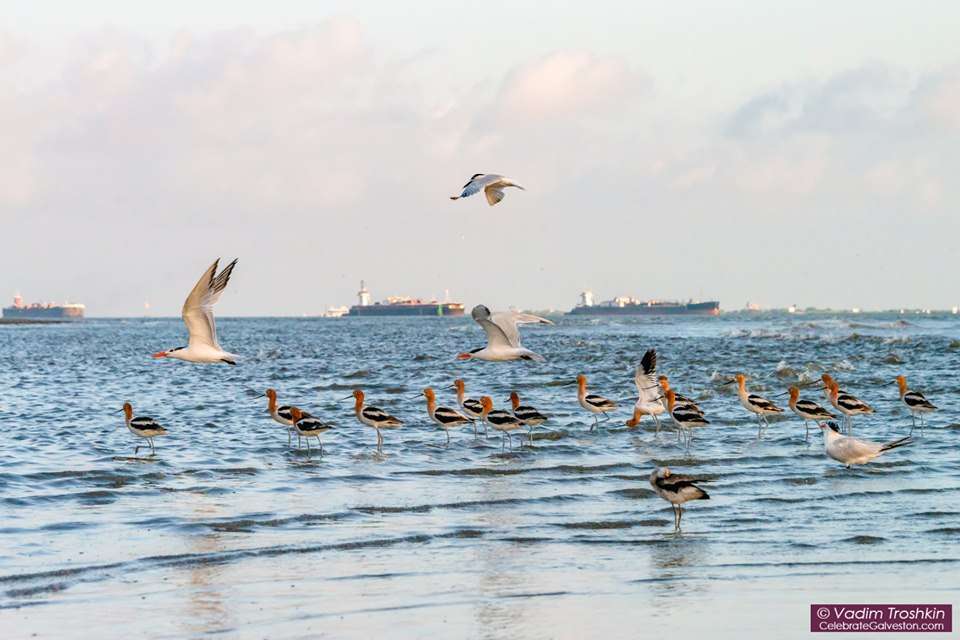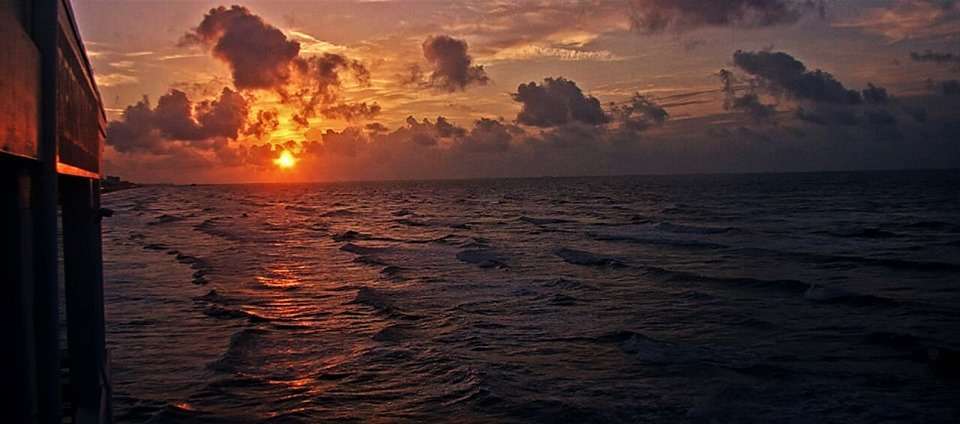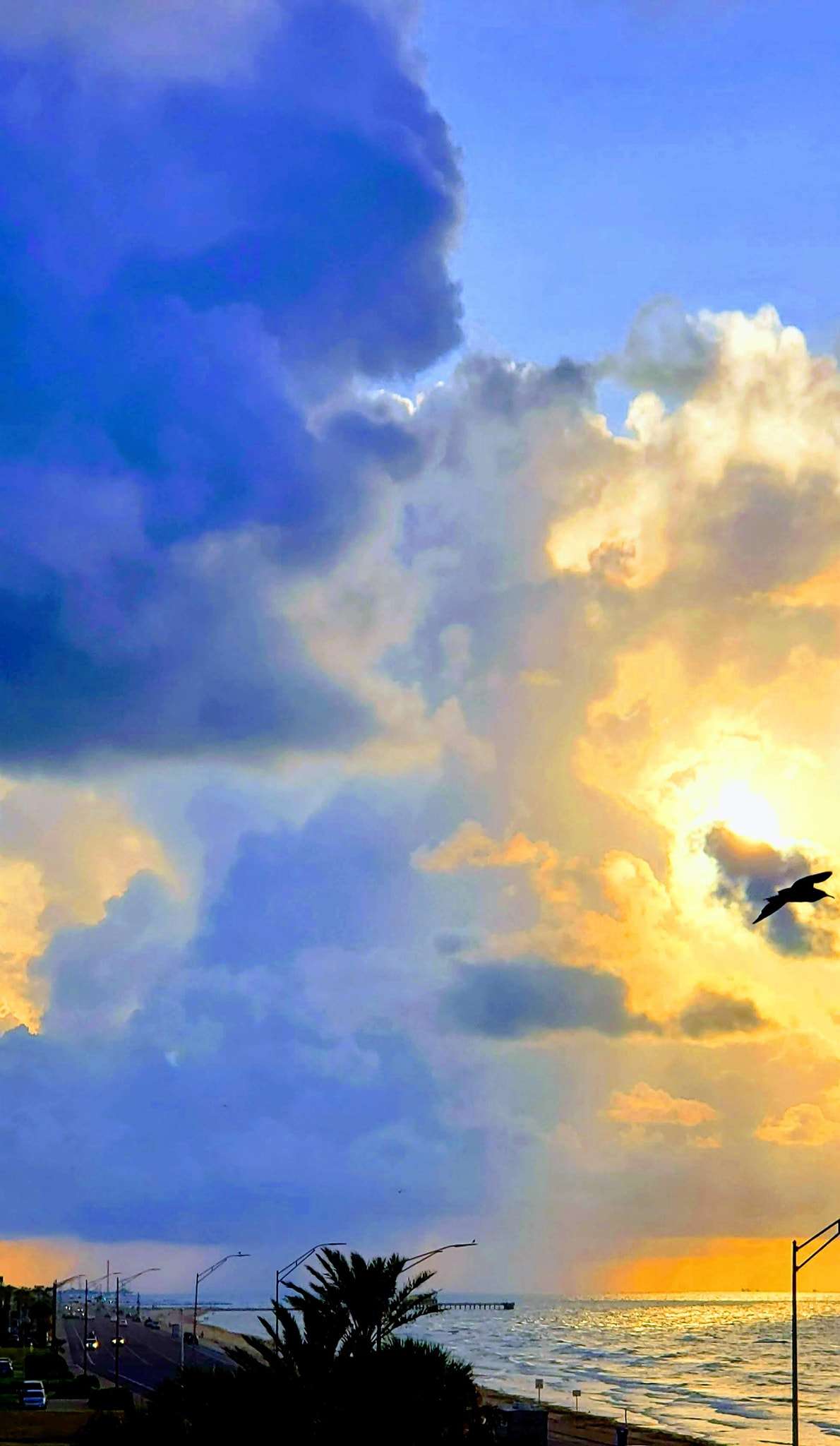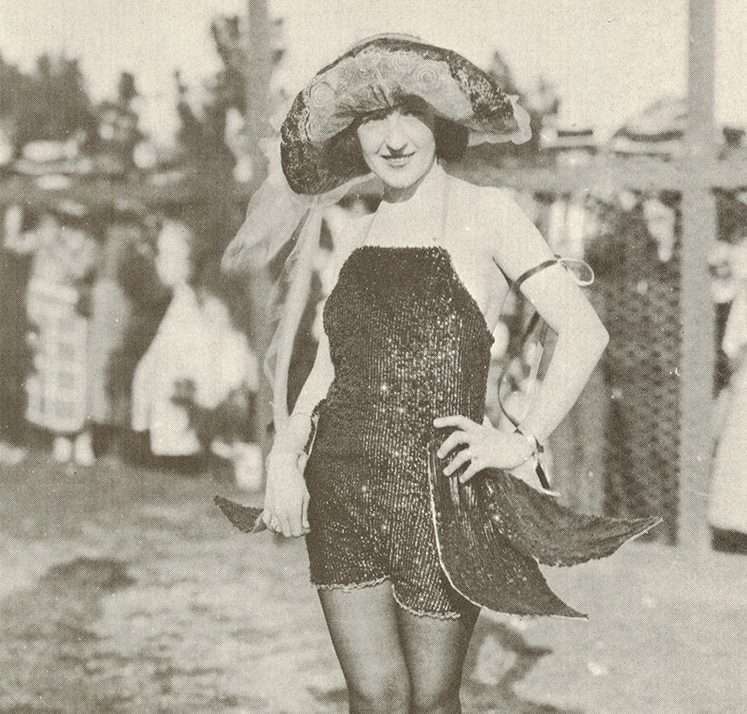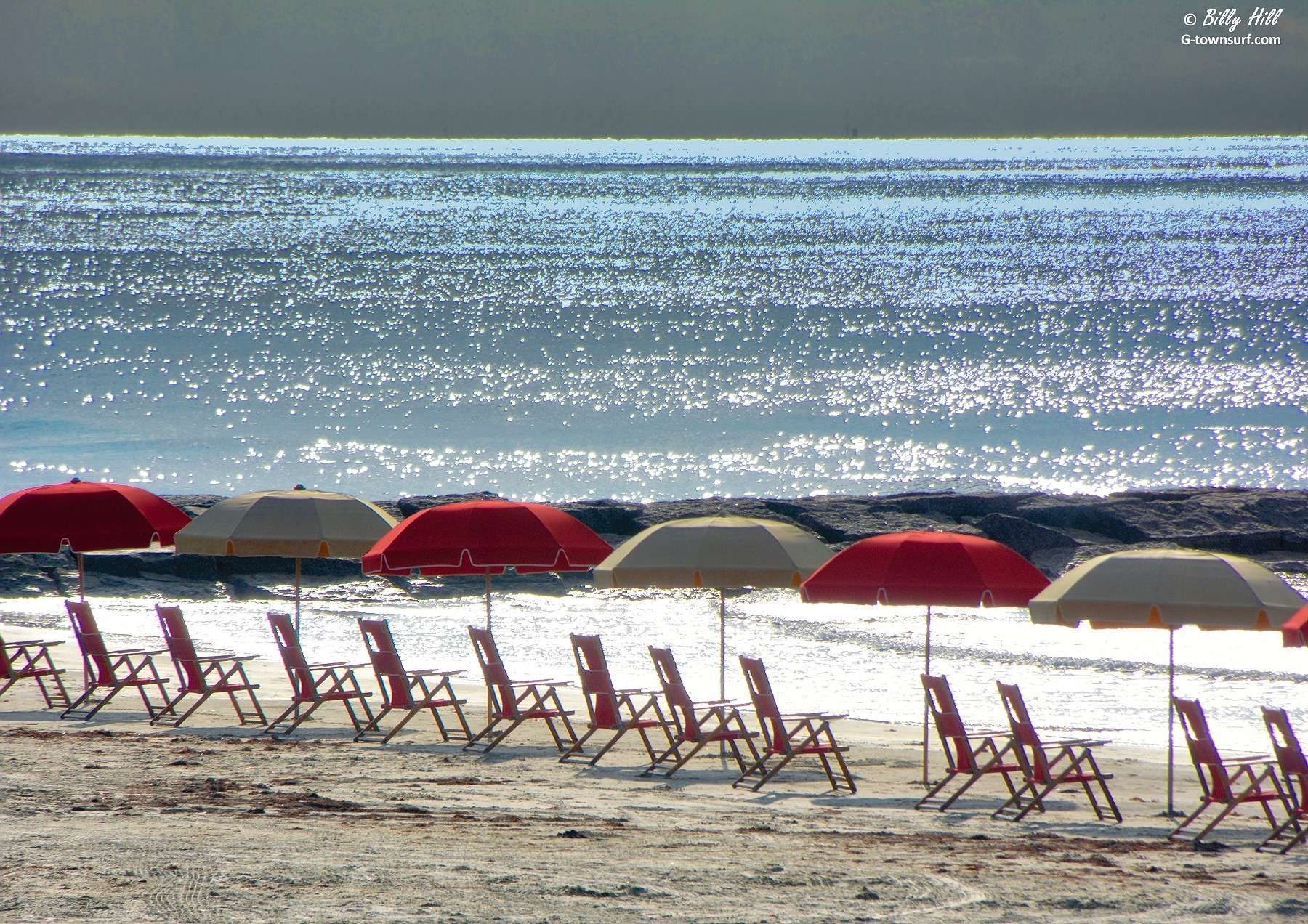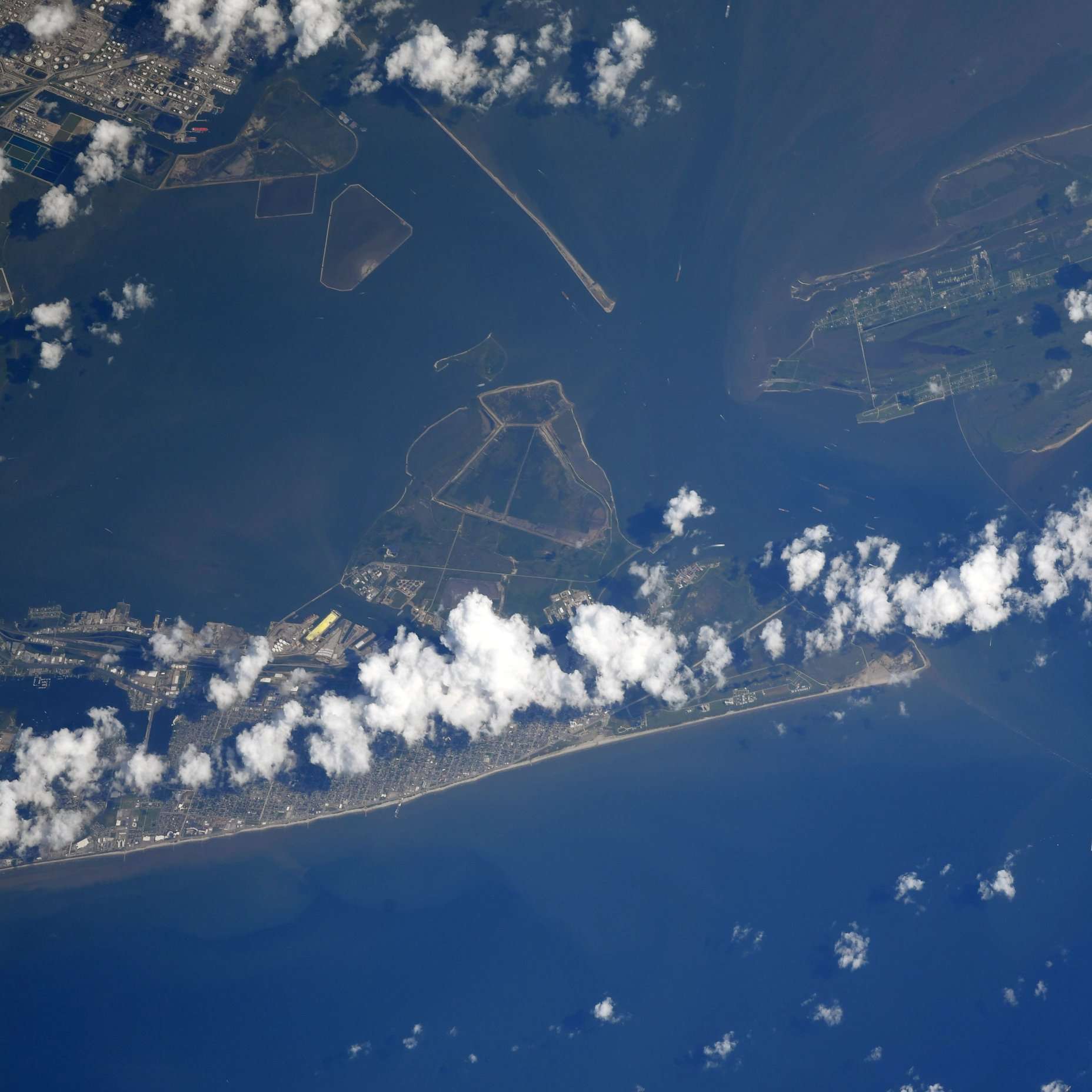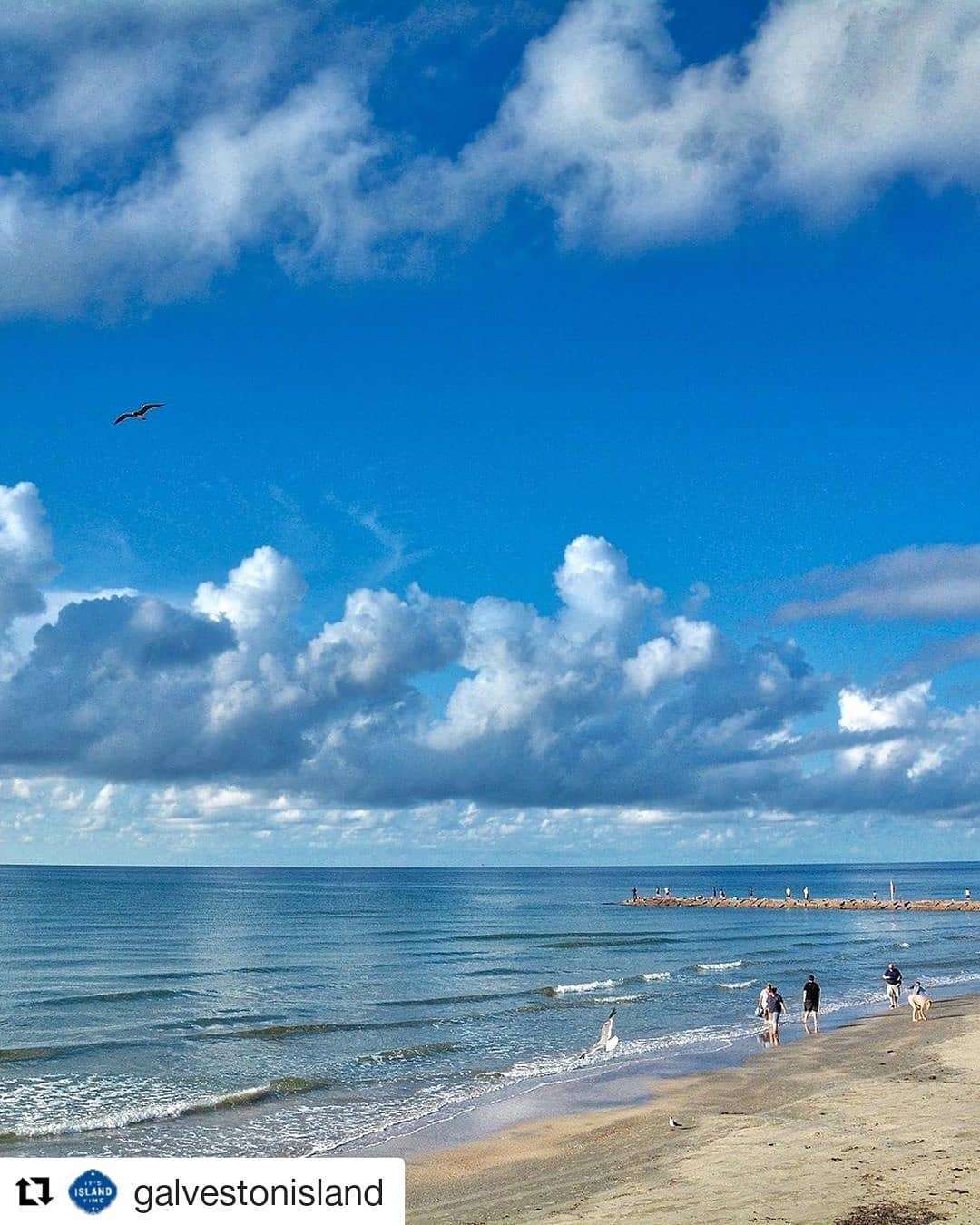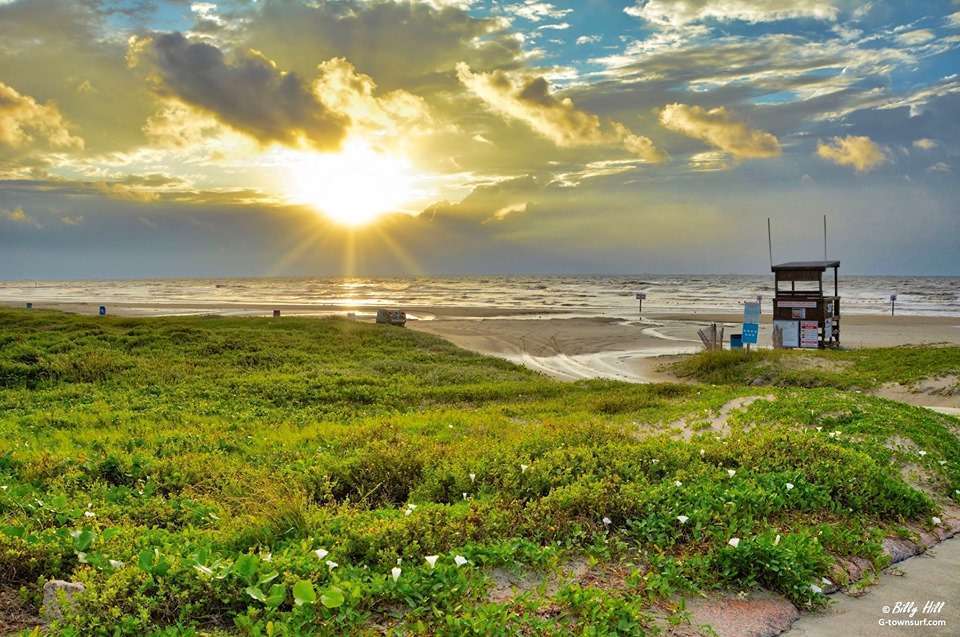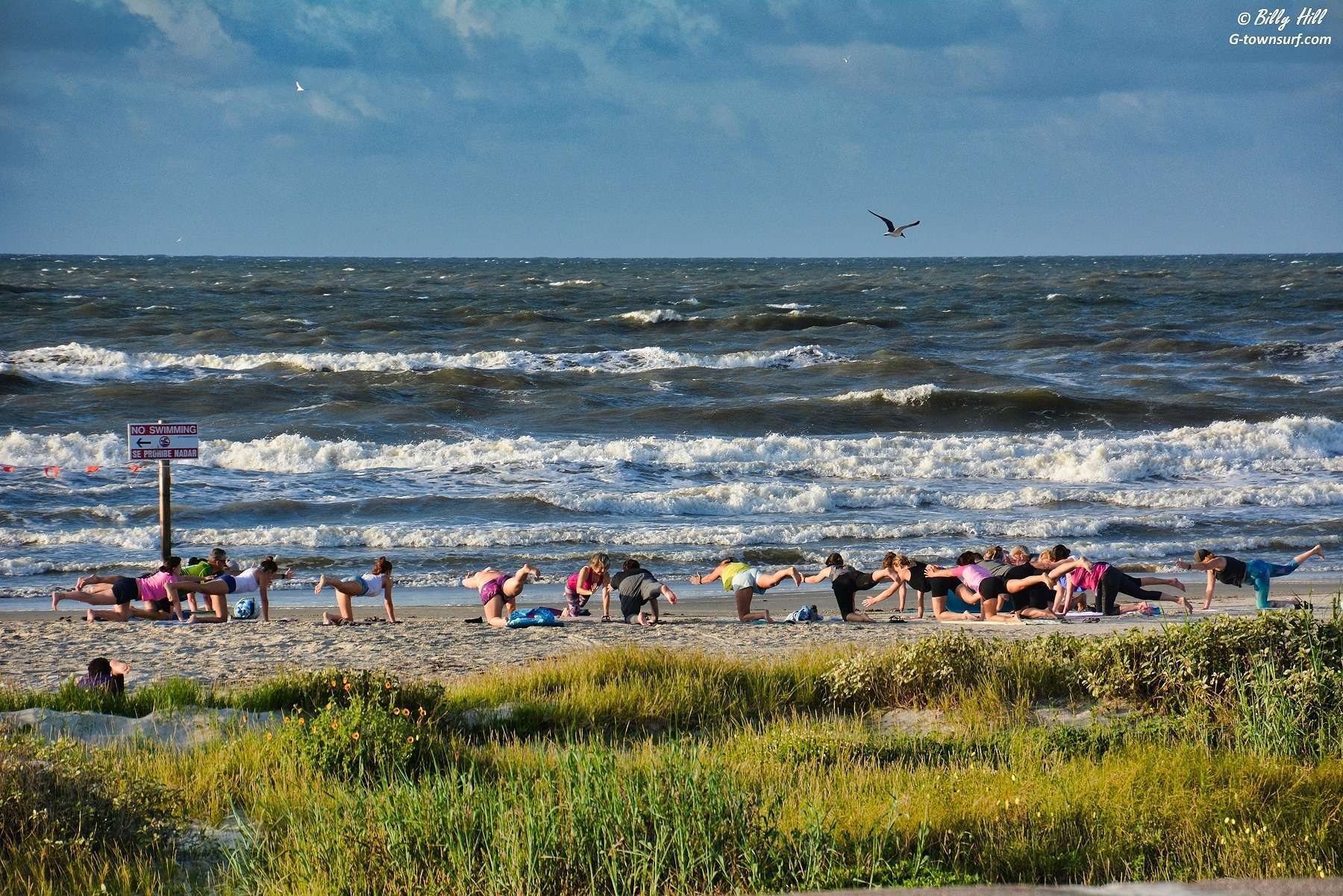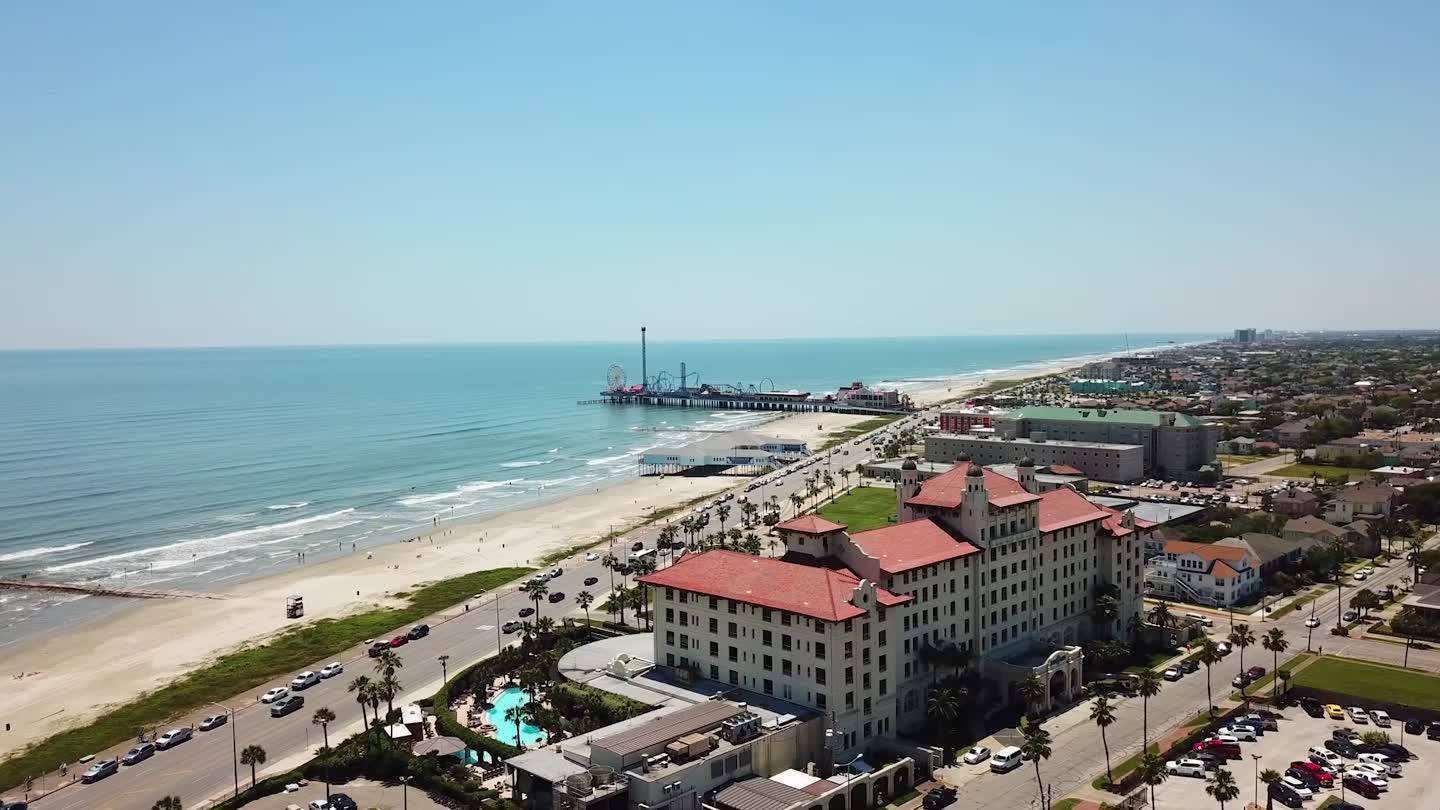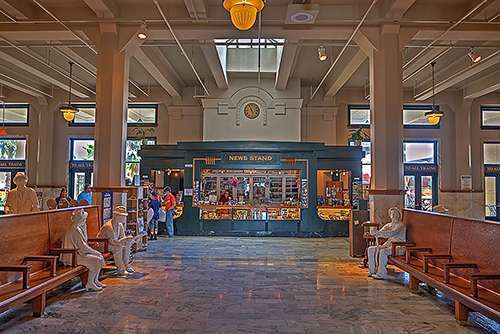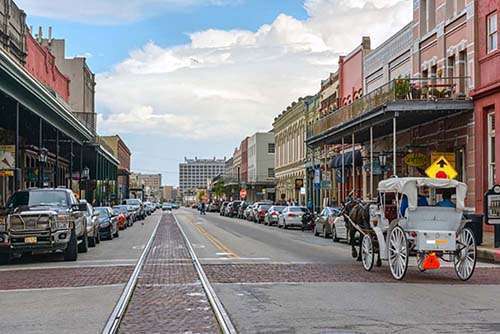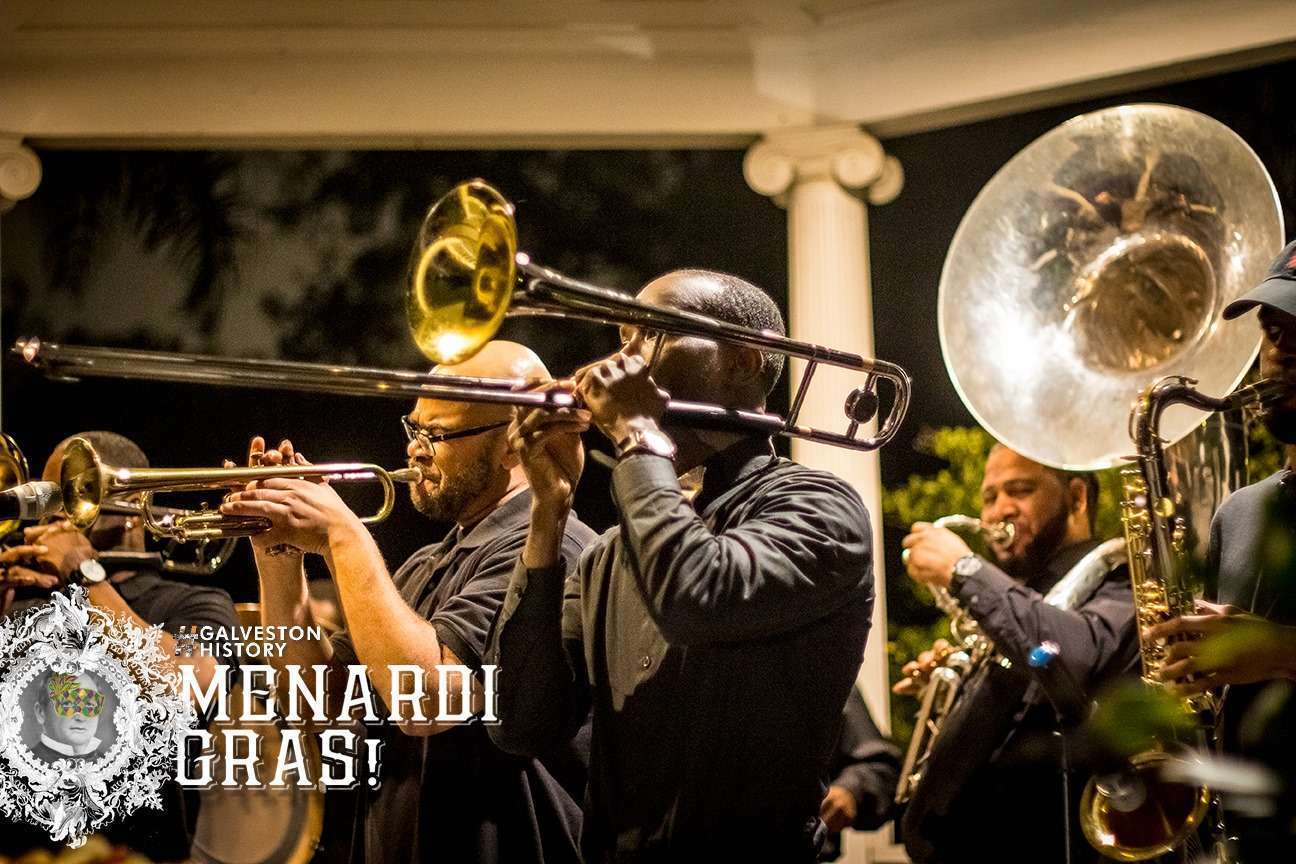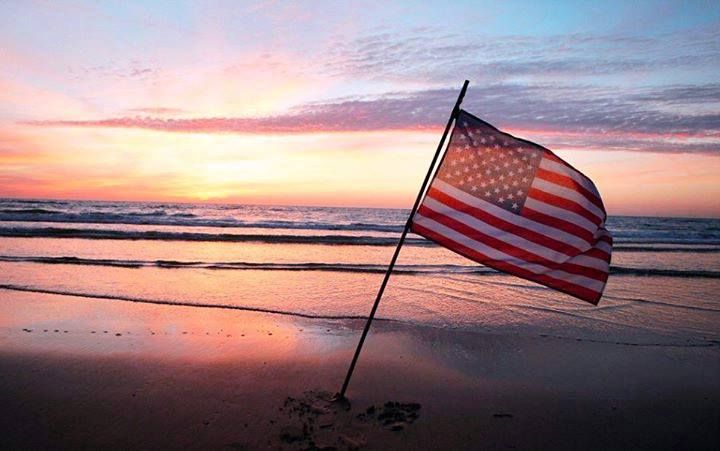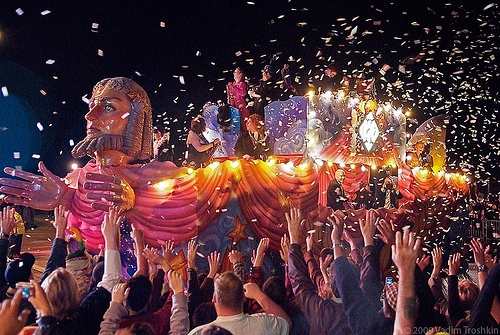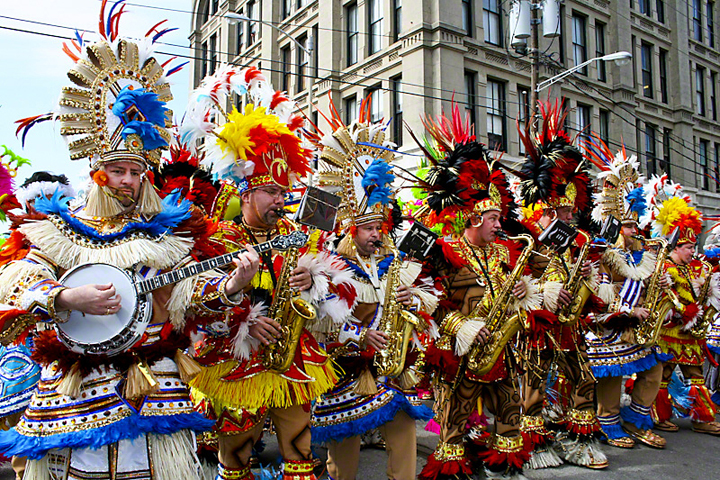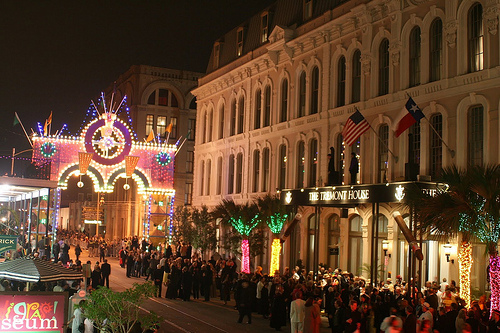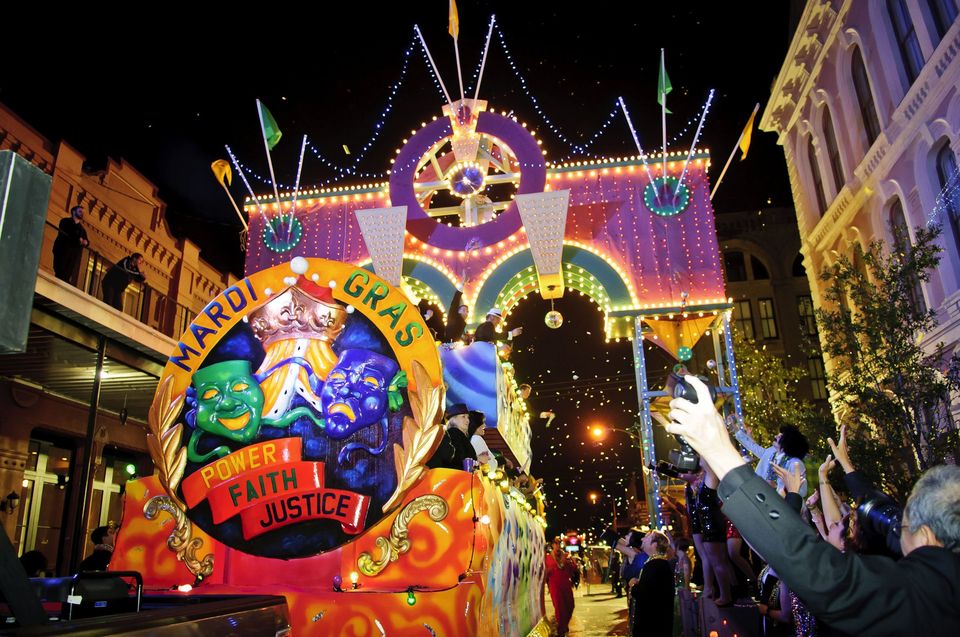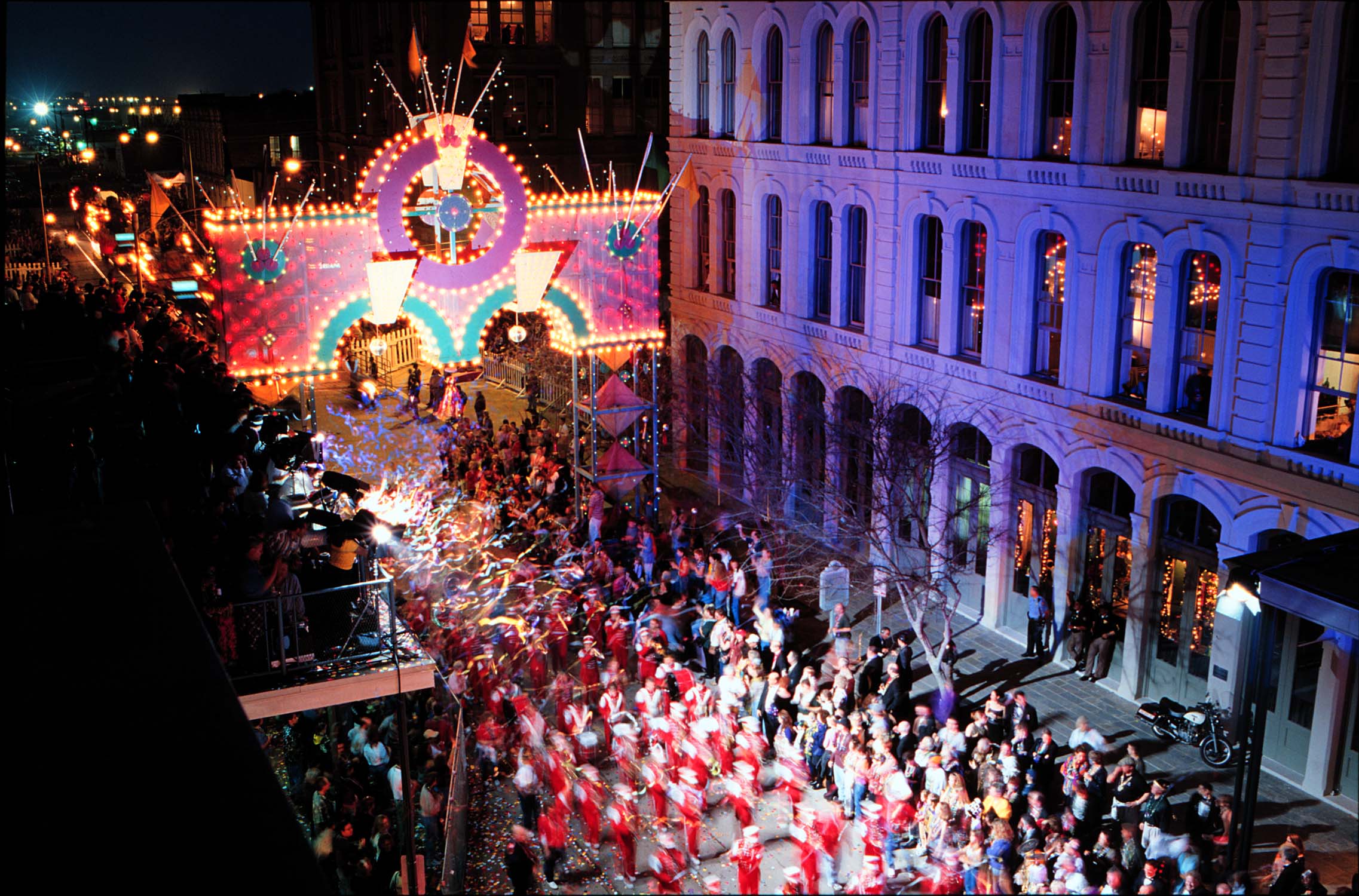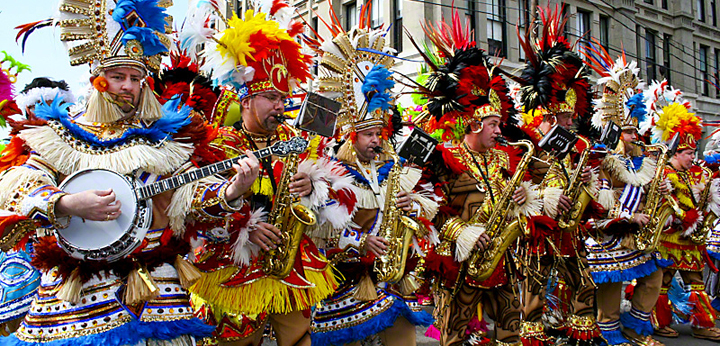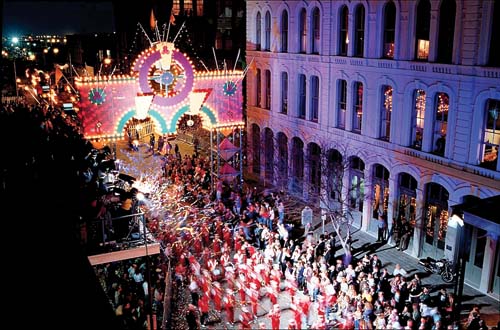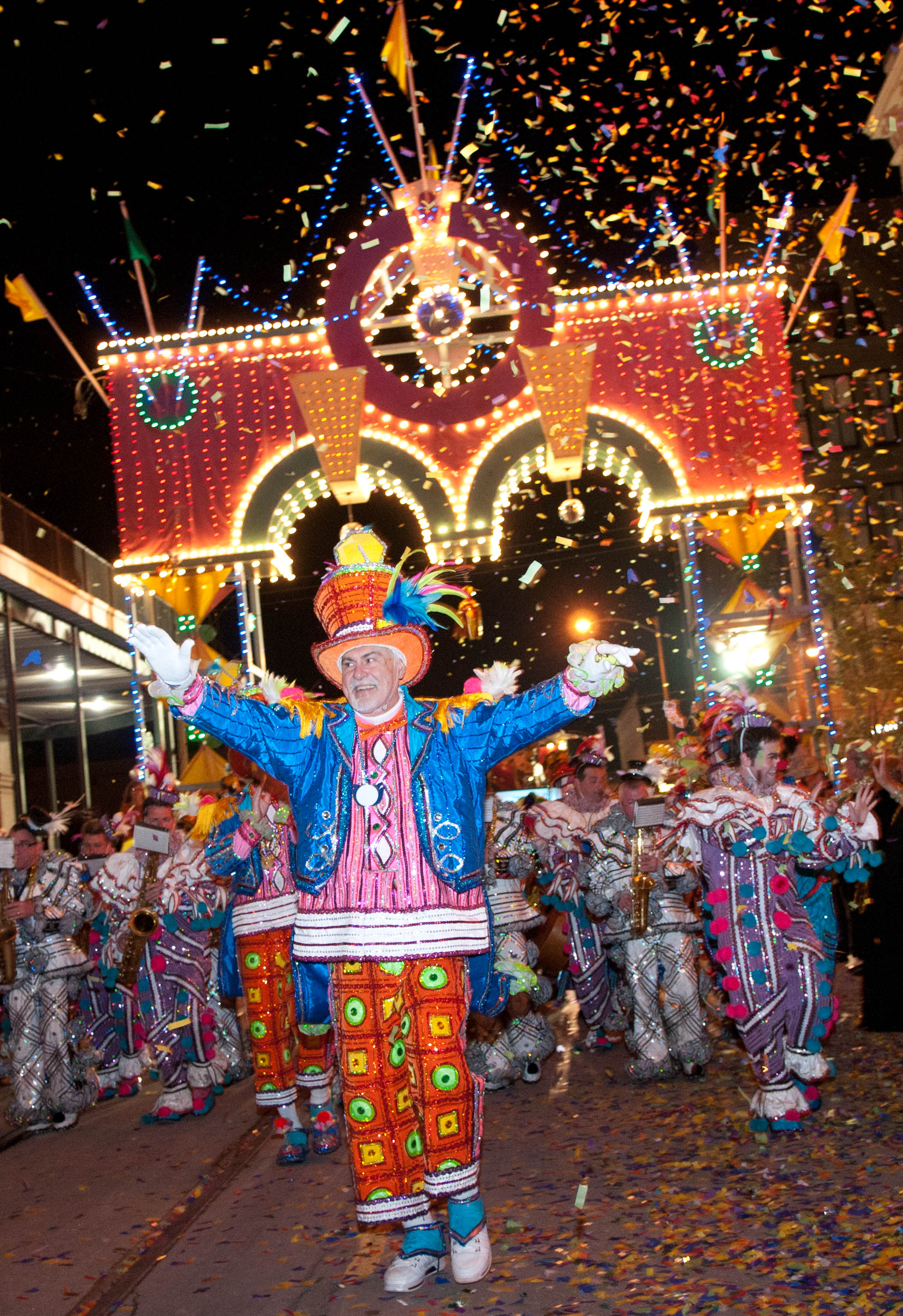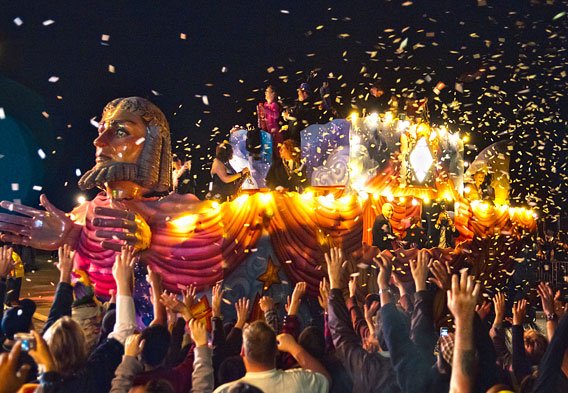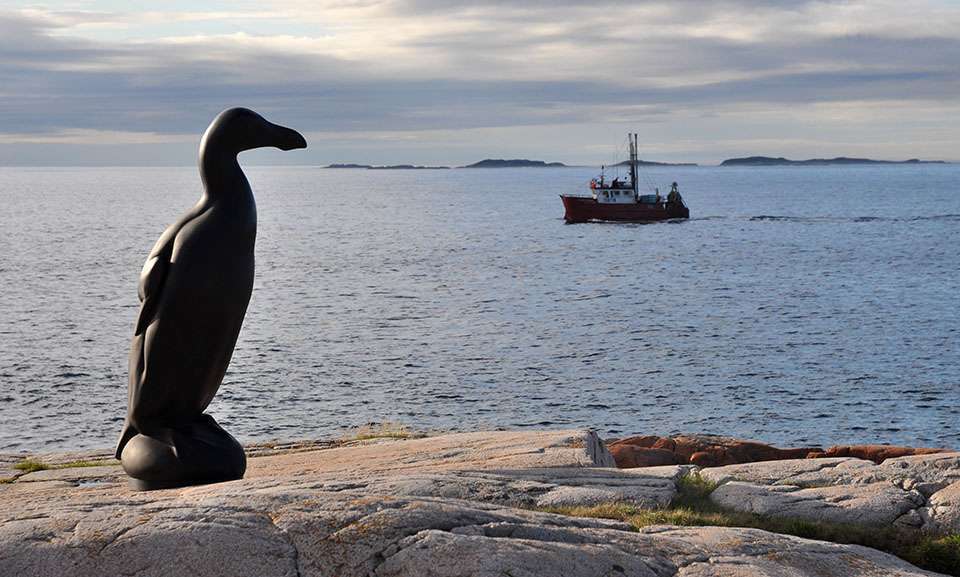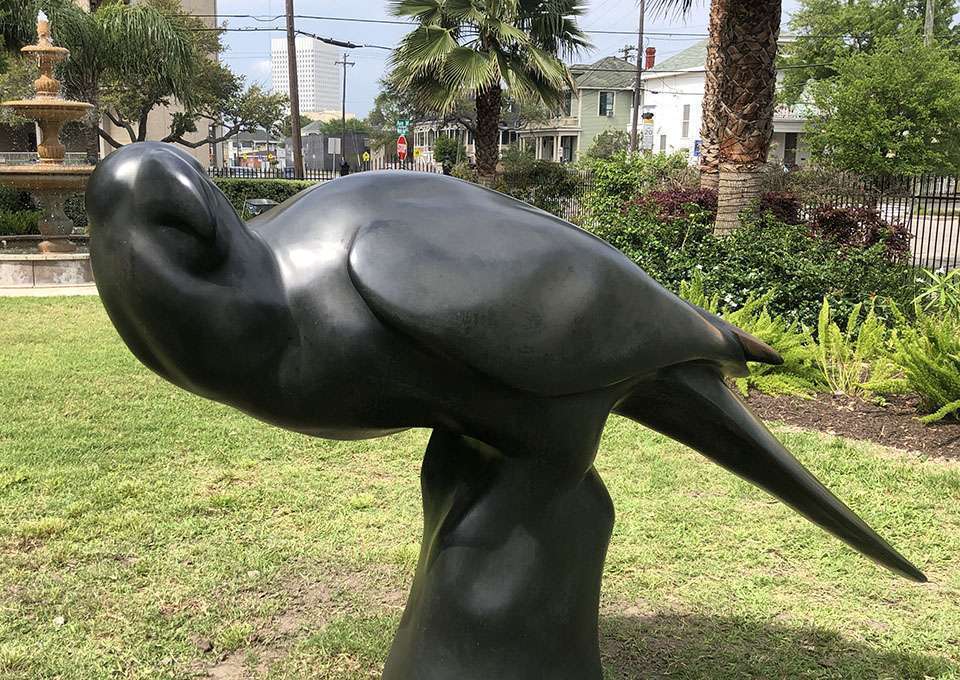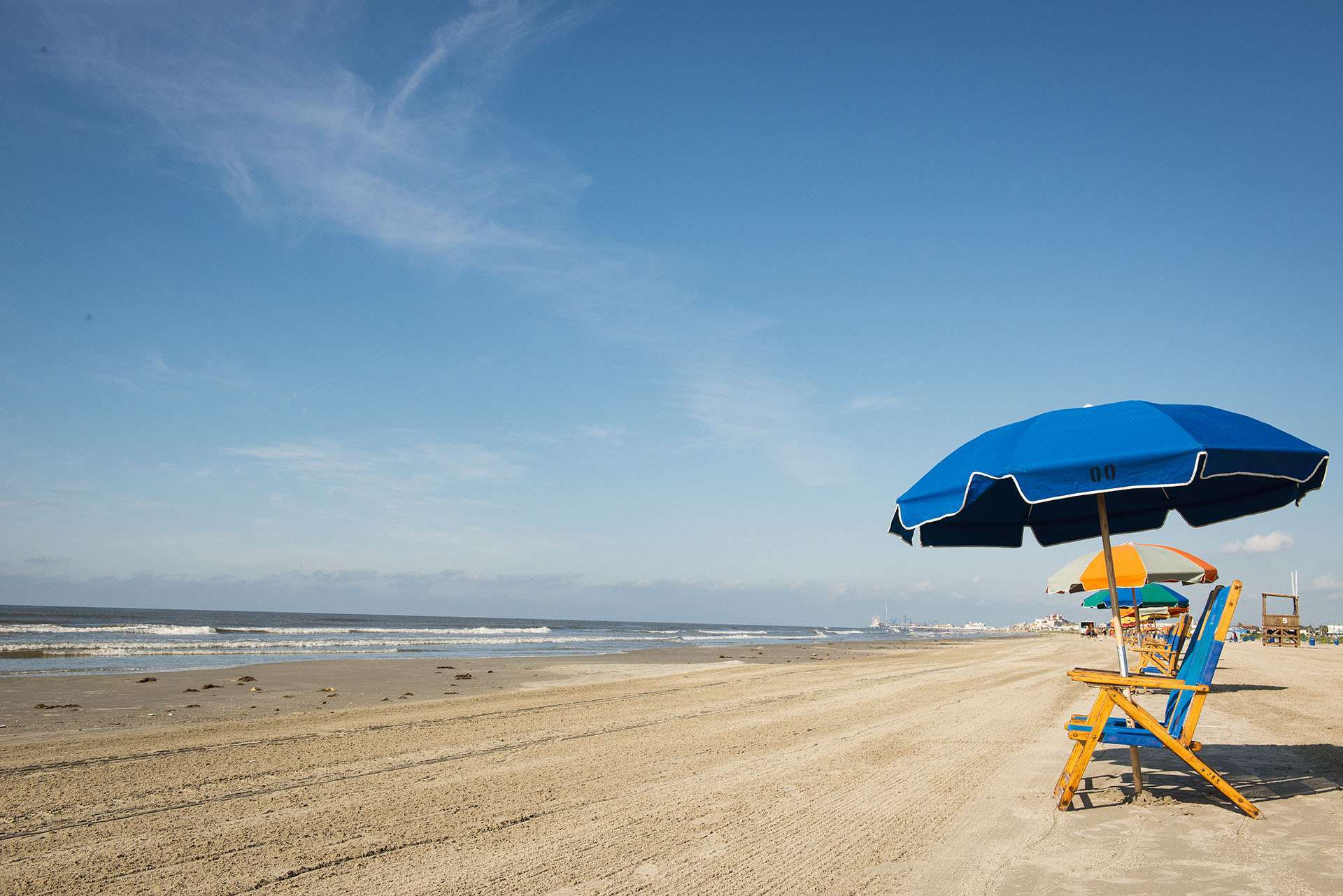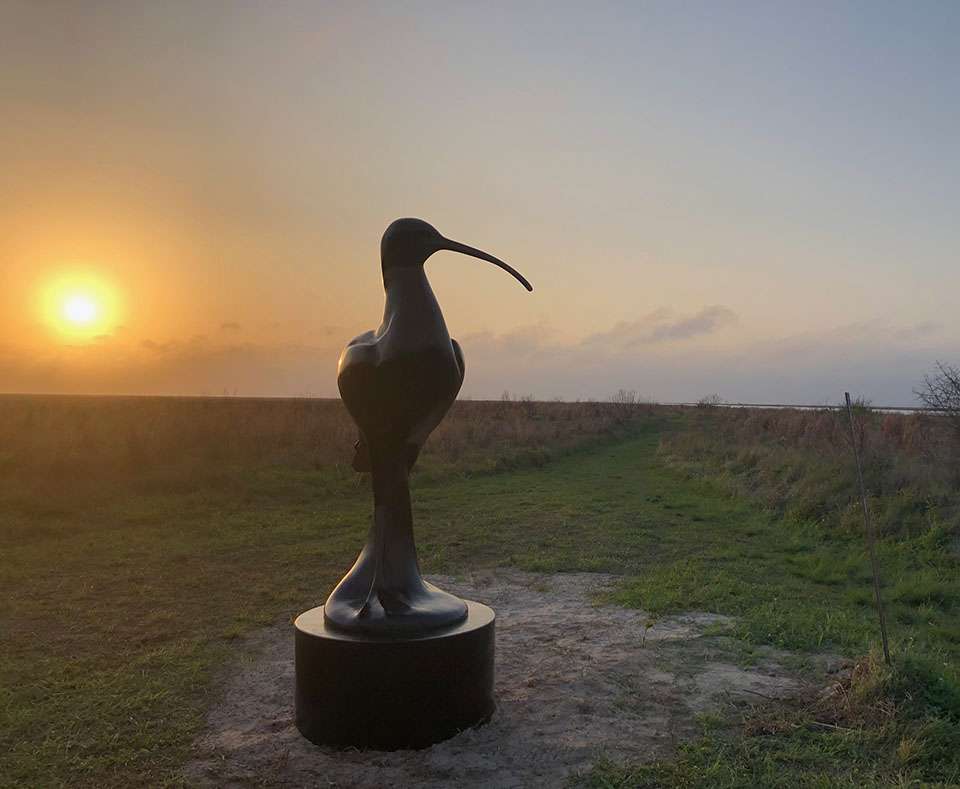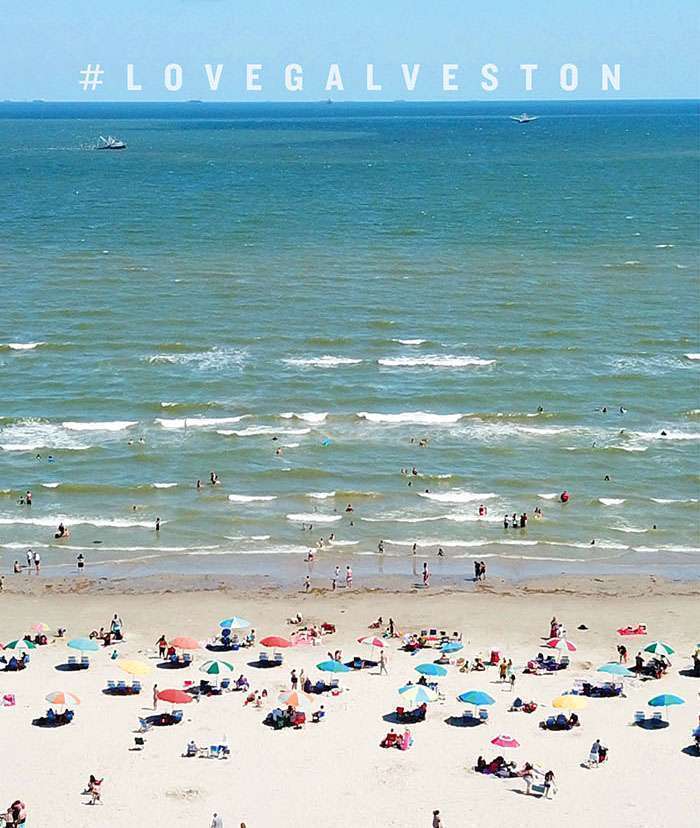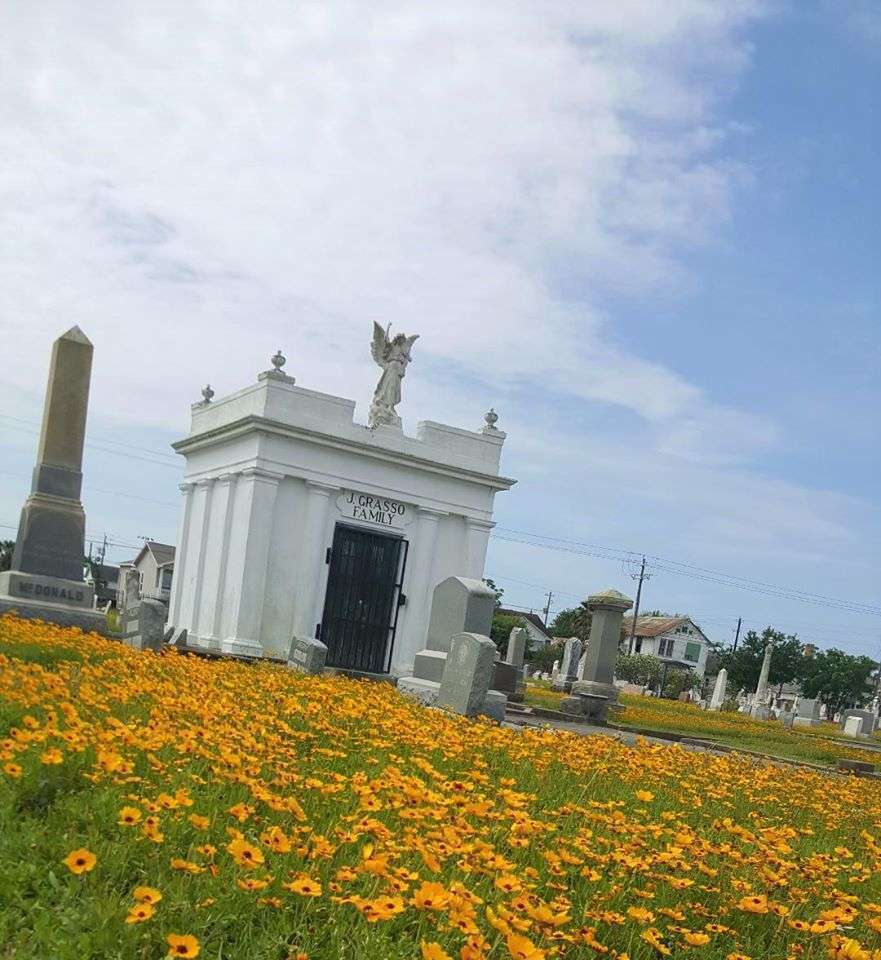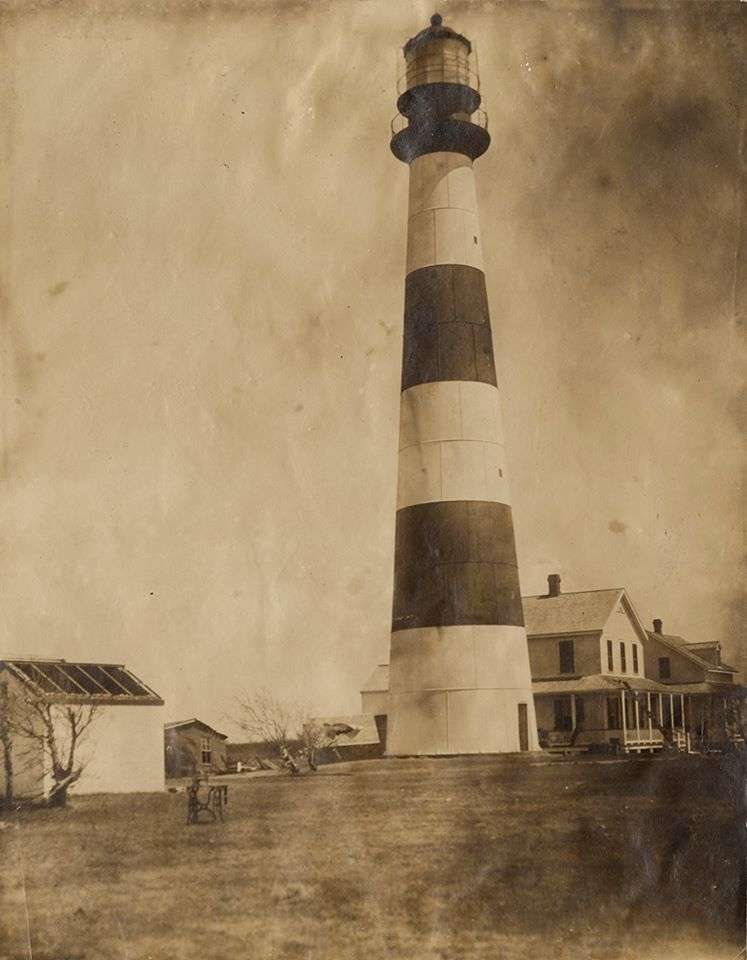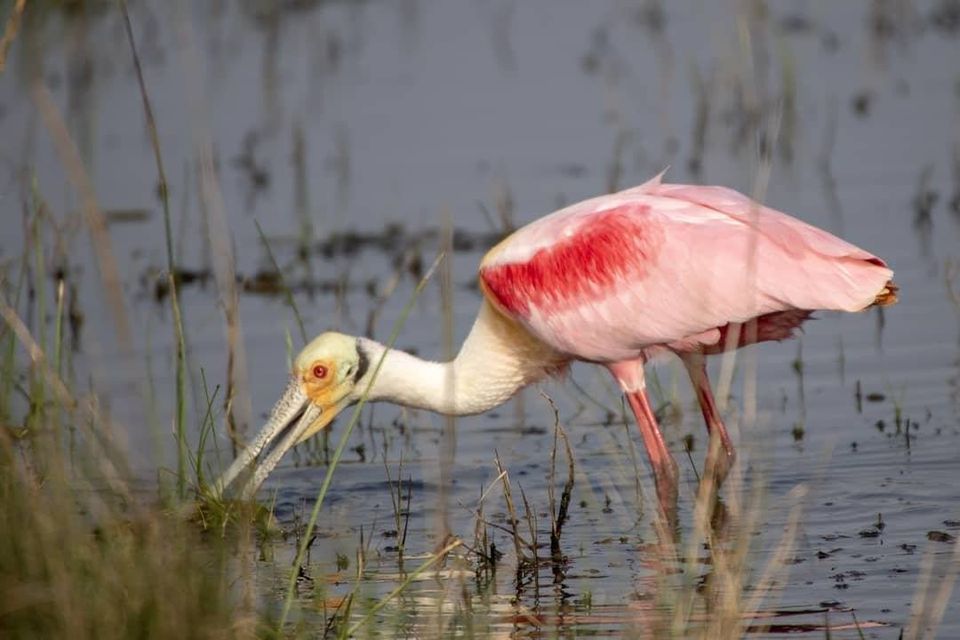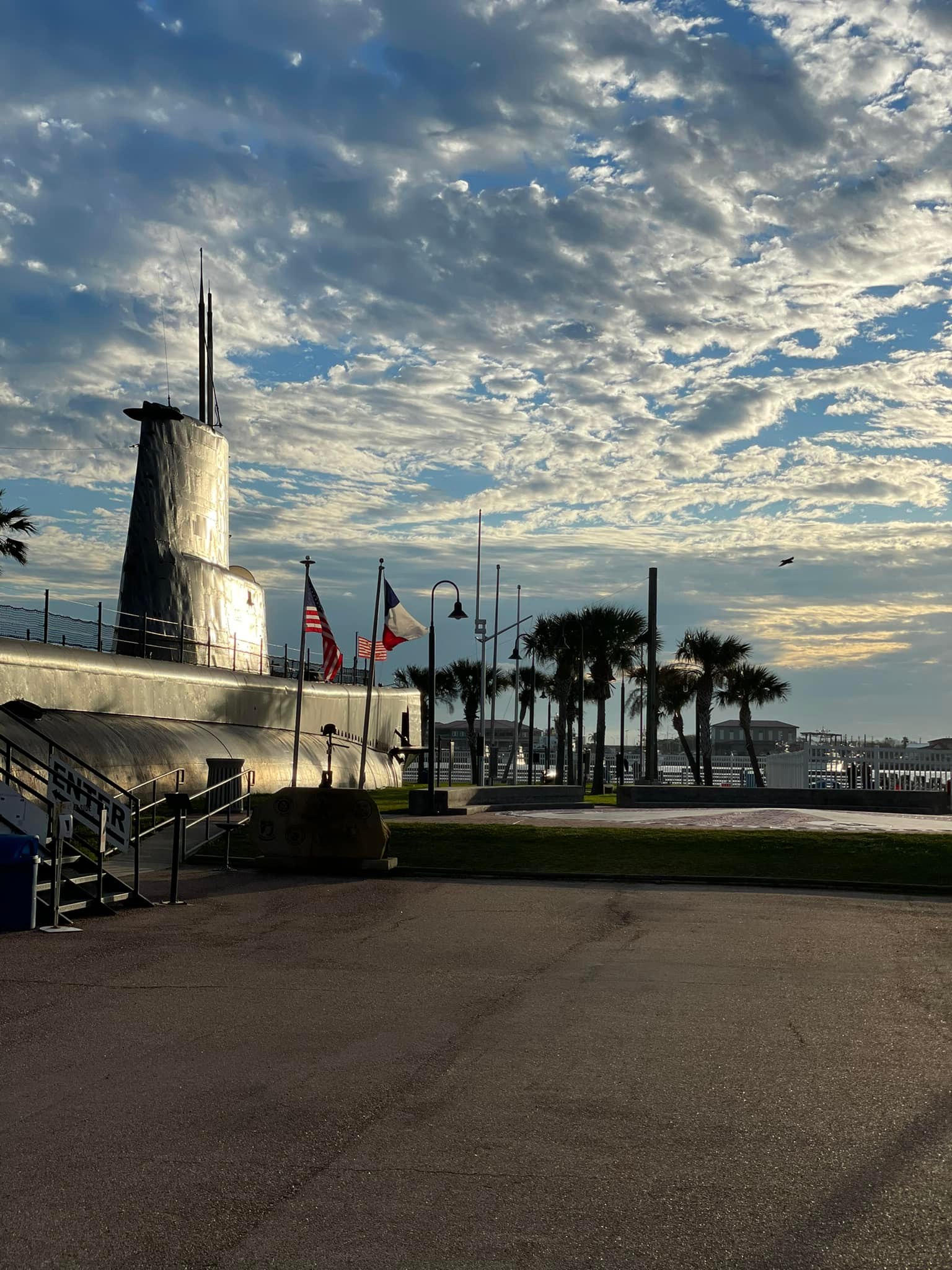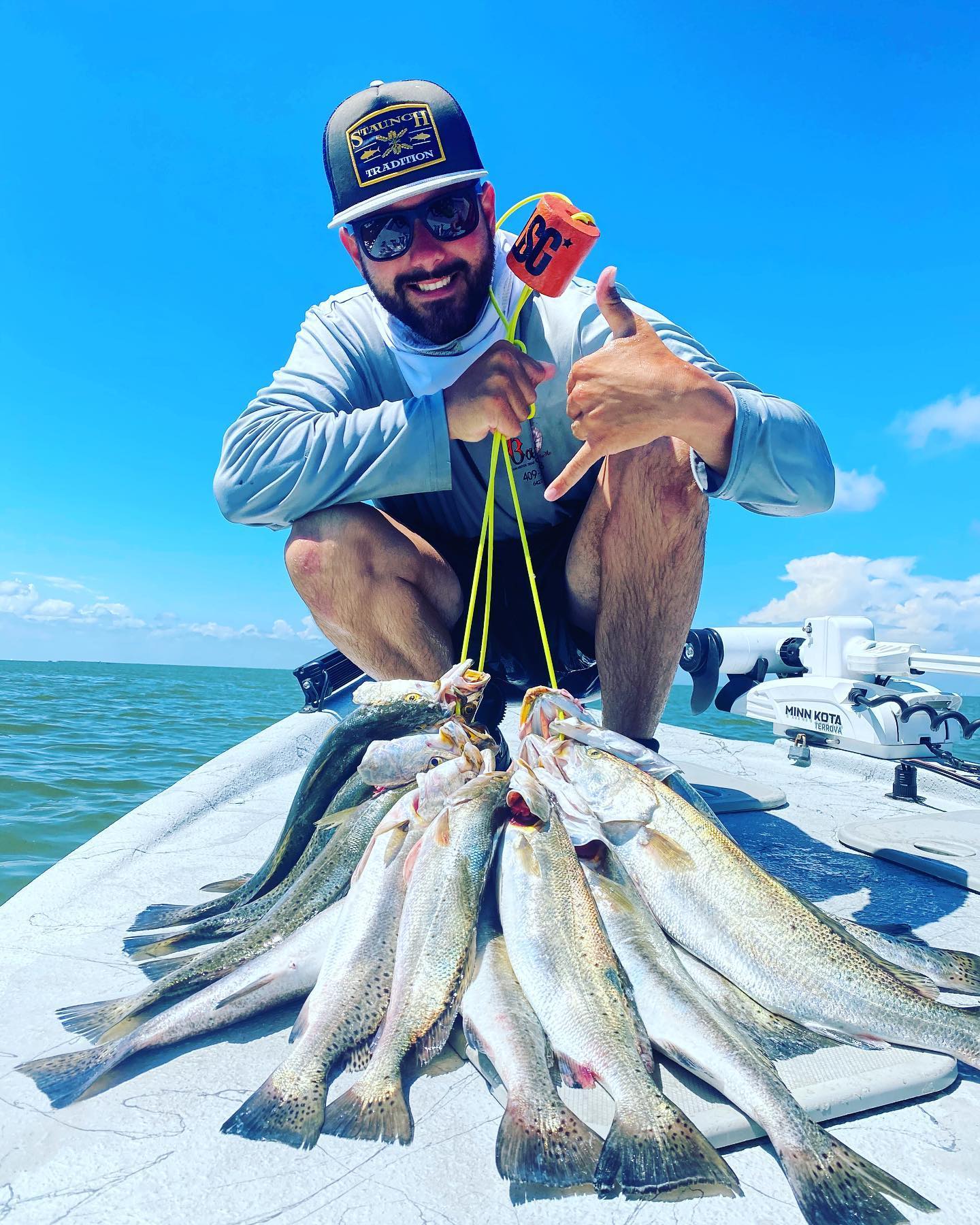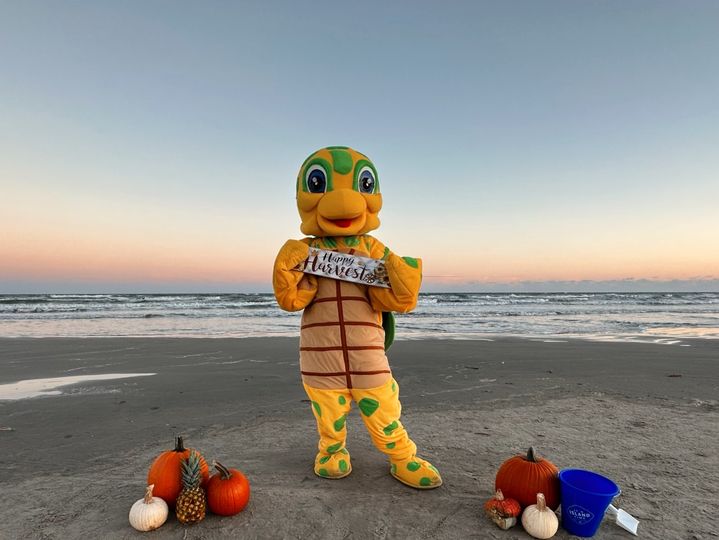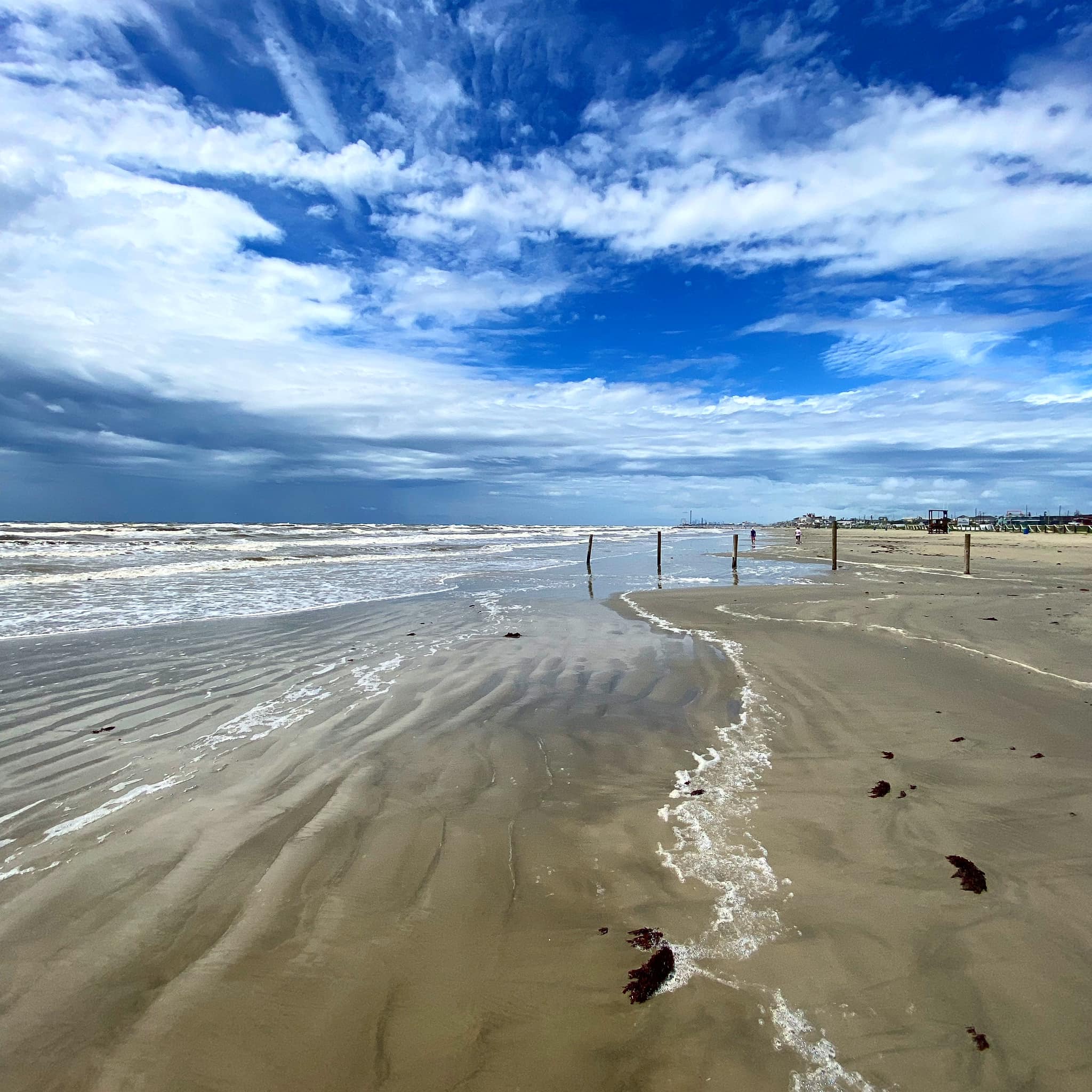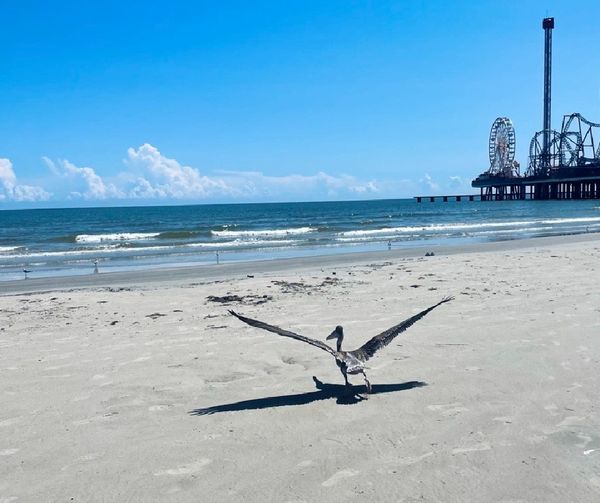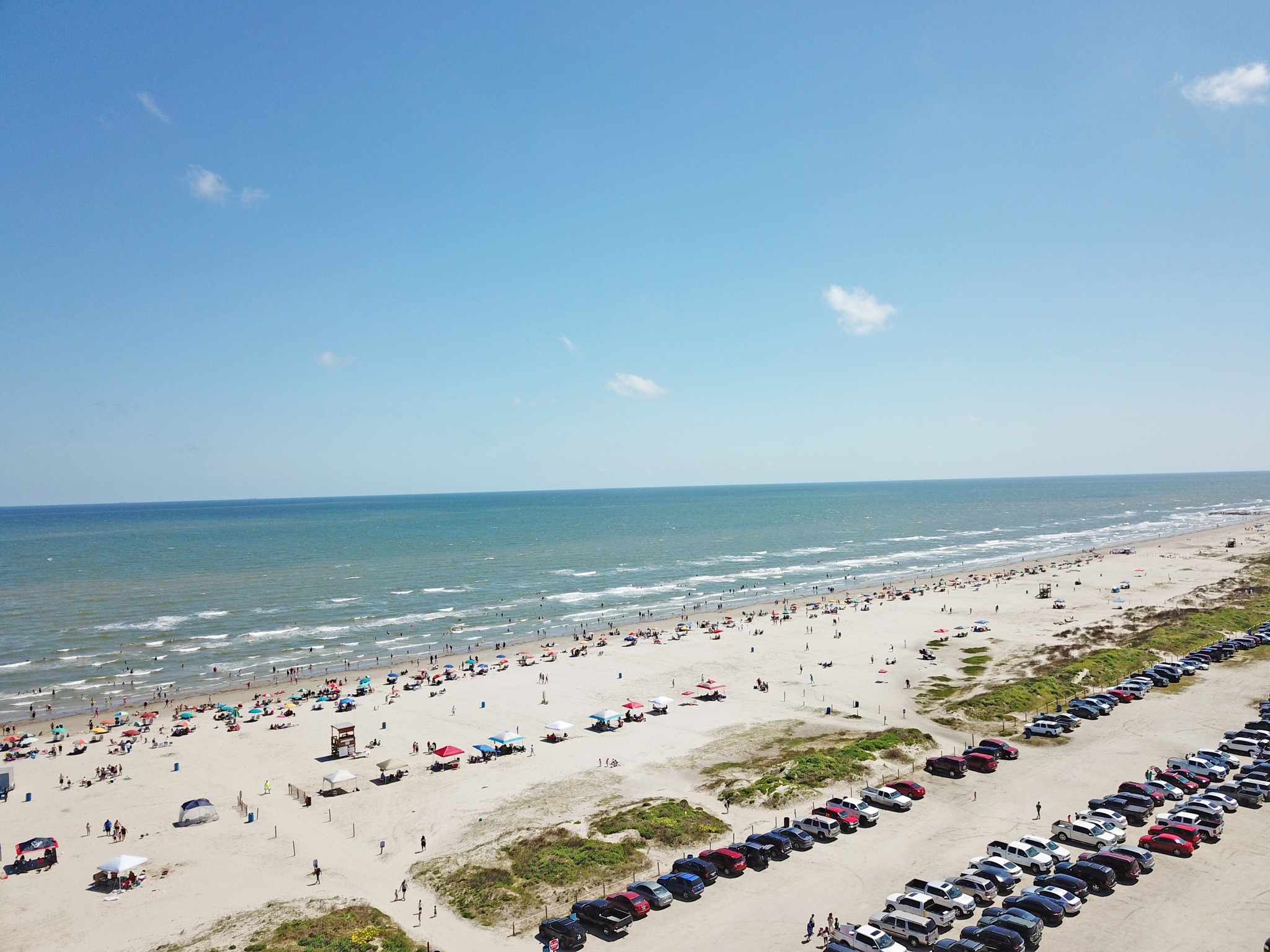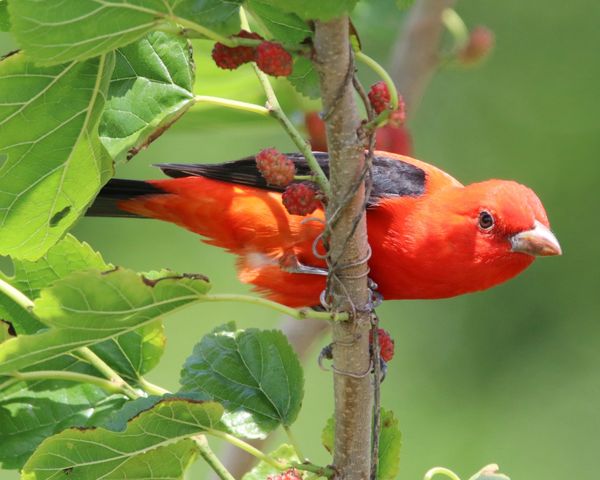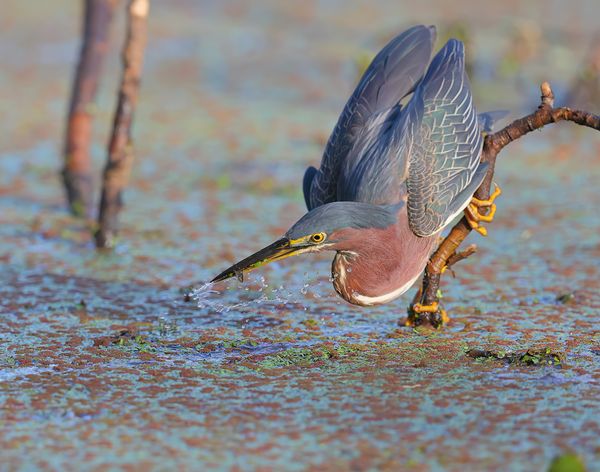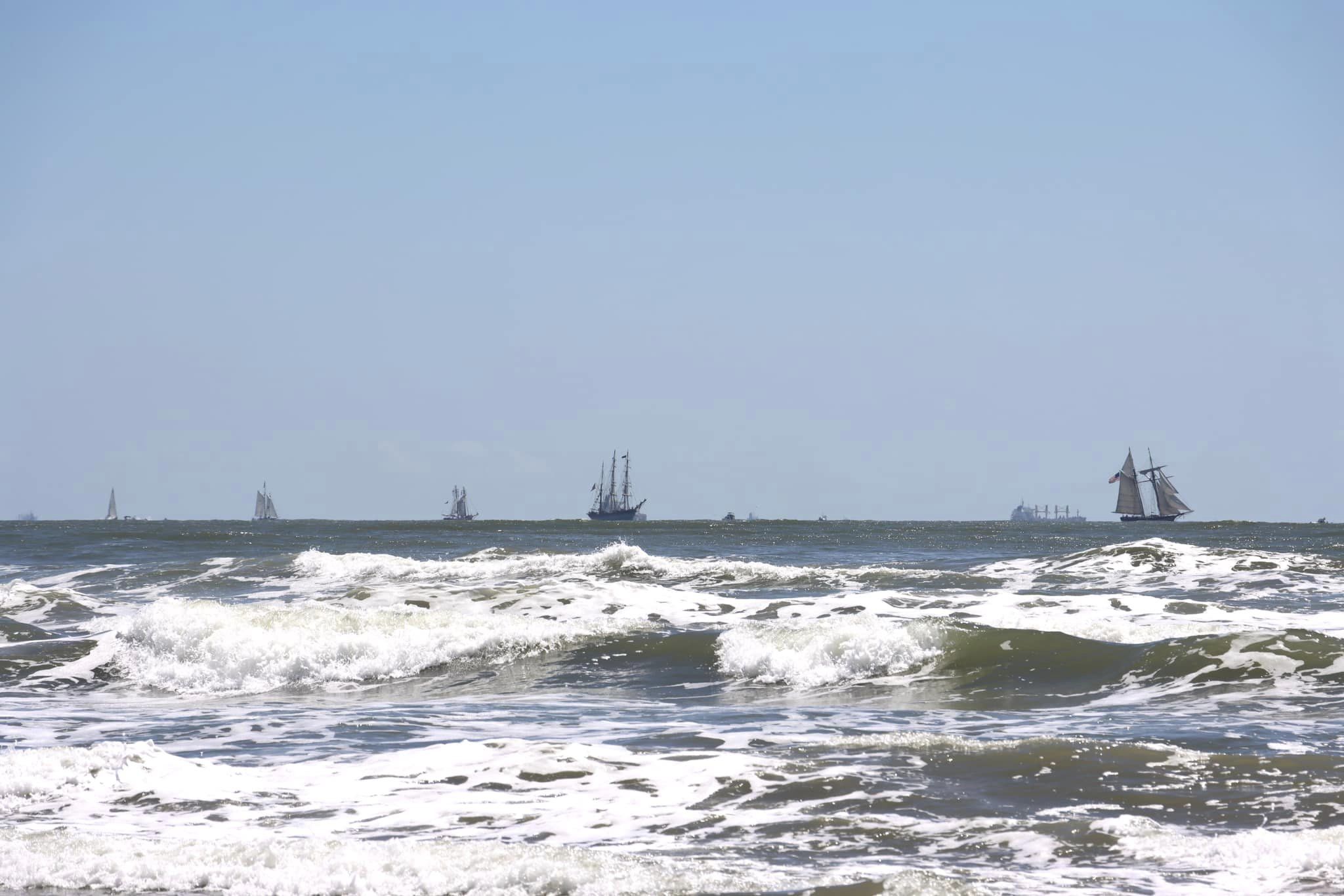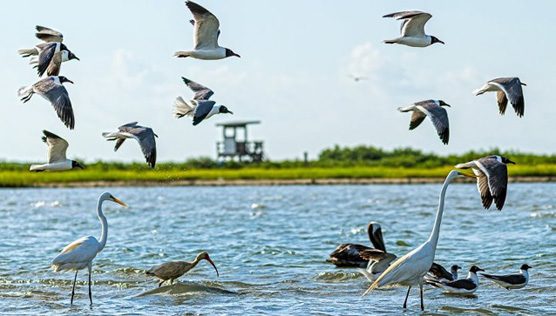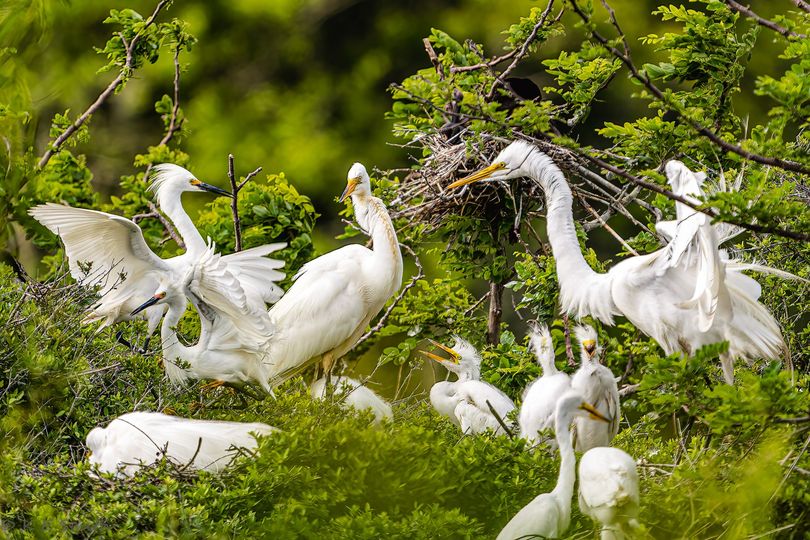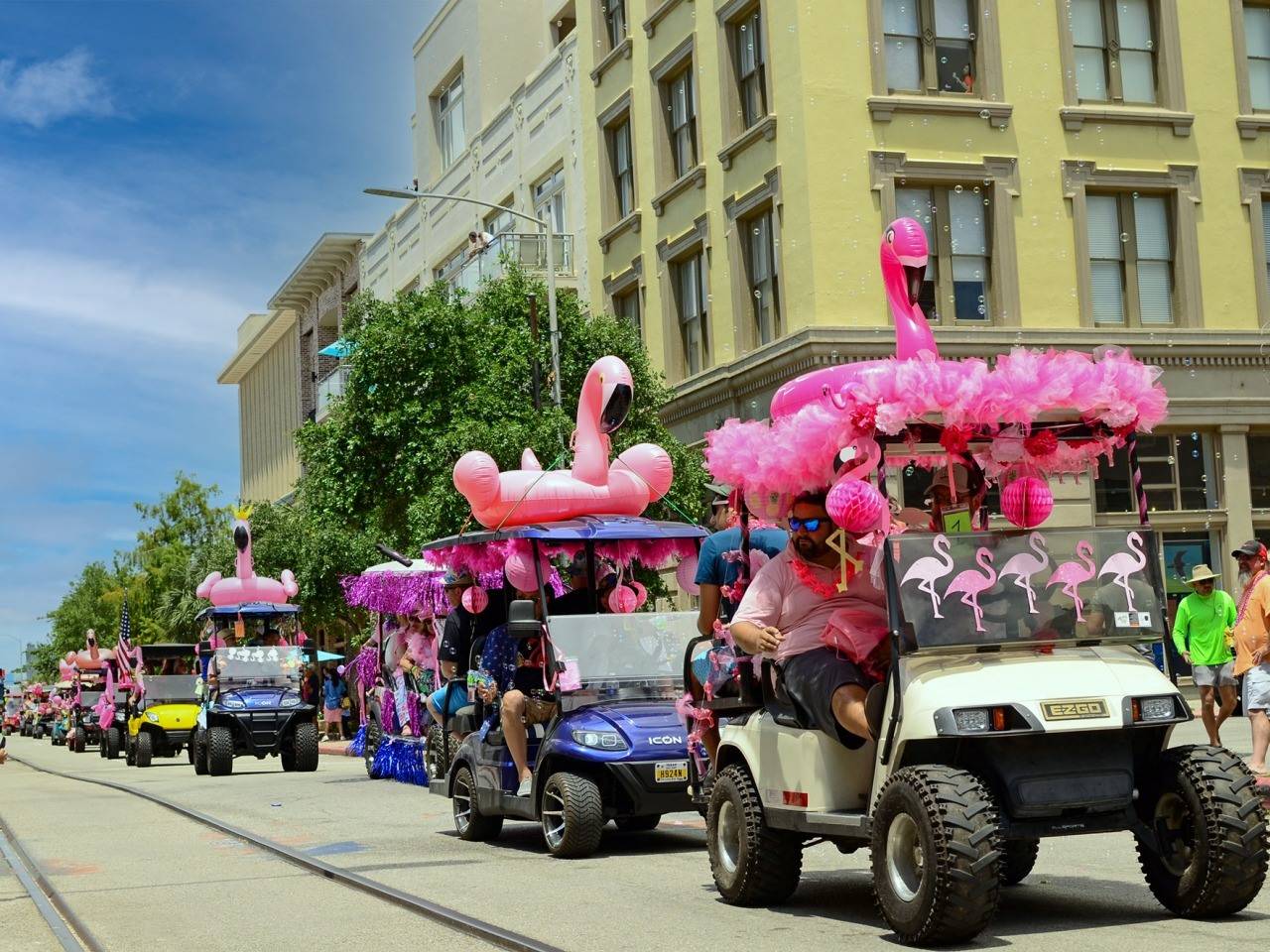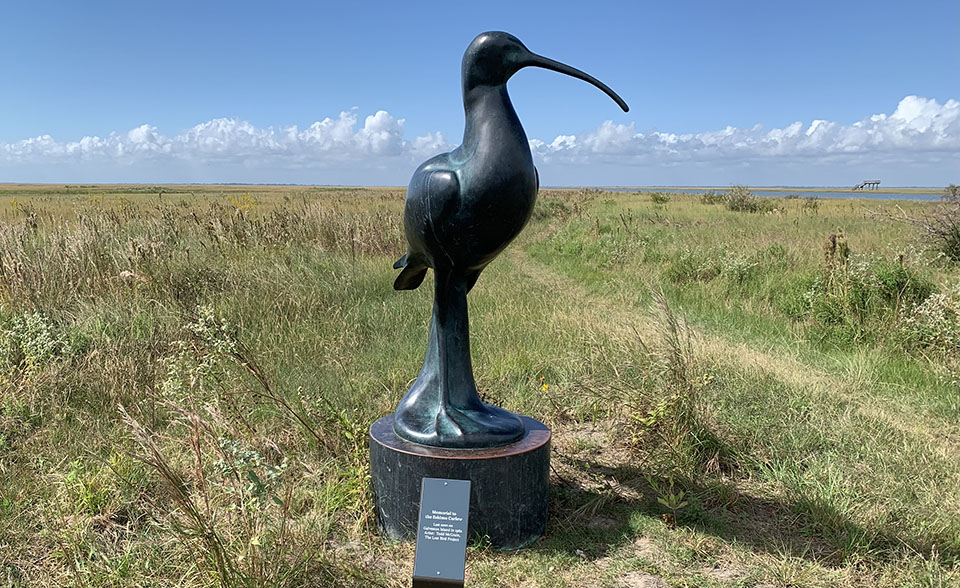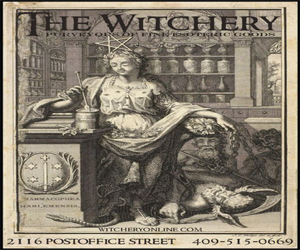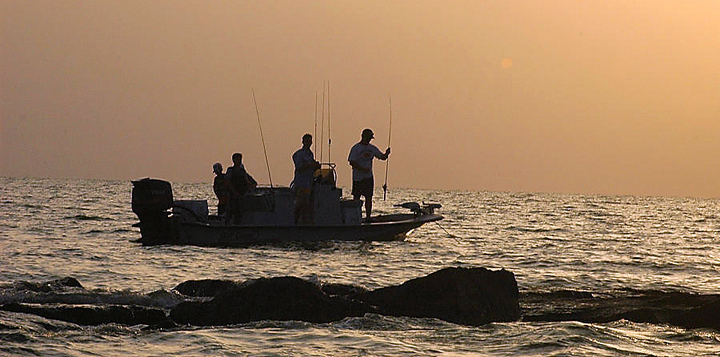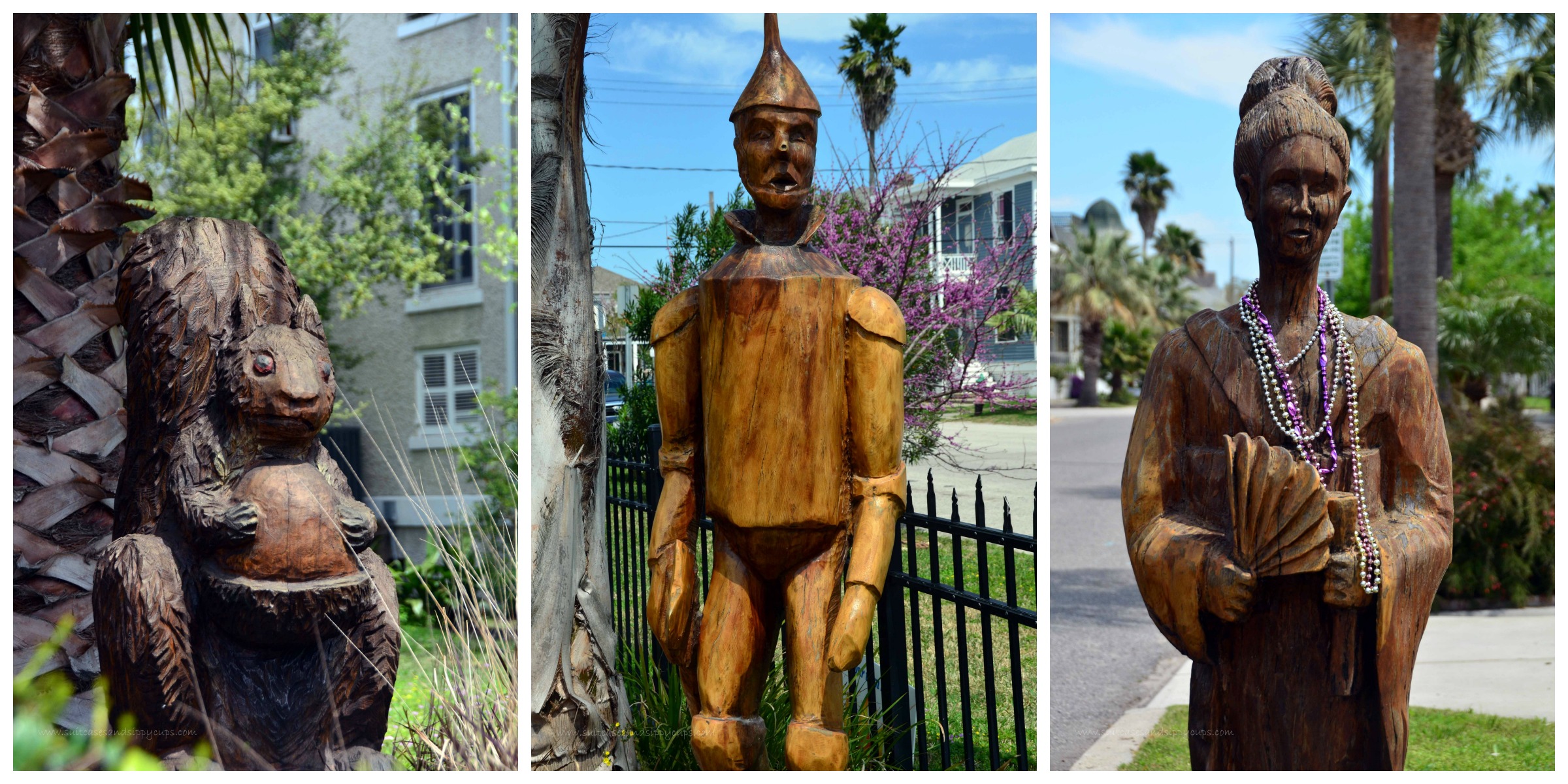By Jim Stevenson
At the beginning of February, when thoughts are cluttered with Super Bowl, taxes and that special person on Valentine’s Day, dark forms of a tiny messenger fly over from the Southwest. It’s far before anyone thinks about the spring bird migration, but sure enough, it’s a Purple Martin, our first spring migrant. Its chirps herald the advent of spring, while it looks for suitable nesting boxes. With birds, spring has sprung!
Throughout February, martins stand alone as spring migrants, while many of our wintering birds like waterfowl and gulls execute their spring migration by heading North. The lessening of waterbirds may optimistically be seen as making room for the multitudes of approaching avian visitors, in what is solidly the greatest place in the Western World to behold bird migration.
By March, things begin to shake. More wintering birds like hawks and shorebirds are thinning out, fellow songbird transients pop up in forested areas like Laffite’s Cove Nature Preserve and High Island. Black-and-white Warblers appear as bark, creeping around on trunks, probing for bugs in unobtrusive crevices. Northern Parula, a blue and yellow warbler, flit around the tops of trees, issuing their ascending trills. And only barely a warbler, the Louisiana Waterthrush chips loudly as it bobs its rear end around water puddles in search of tiny insects.
Louisiana Waterthrush: Nesting in the South’s Great Swamps
These tiny birds have flown across the Gulf of Mexico against all odds, just to be the first to arrive and gain the best nesting sites in the Deep South. Other very different birds come from the Tropics by flying around the Gulf, following the shoreline up Central America and passing by us a few hundred yards out, west to east. Many species of herons and egrets, and duck led by Blue-winged Teal, pass in amazing numbers, skein after skein. Our GOS is beginning research on this “circum-Gulf migration,” which curiously hasn’t been researched in this Mecca of birds and birding.
Herons and Egrets: Following the Coast from the Tropics
As April rolls in, birdlife on the Upper Texas Coast is changing daily. Many winter residents like phoebes depart for the summer to breed further north, but taking their place are summer residents like Orchard Orioles, Wilson’s Plovers, frigatebirds, Green Herons, Scissor-tailed Flycatchers and a host of other southern breeders. All over the coast in early April are birds that reproduce in the deep south and their songs fill the air.
Scissor-tailed Flycatcher: Common April Migrant
Toward the middle of April, right around FeatherFest time, breeding niches all along the UTC have been filled with several dozen newly-arrived nesting birds. Sandwich, Least and Gull-billed Terns arrive to join three wintering tern species to lay their eggs with Black Skimmers, Laughing Gulls and Wilson’s Plovers. Wet areas play host to glorious Prothonotary Warblers and their close relatives, while conspicuous insectivores like Common Nighthawks, Chimney Swifts and Barn Swallows fill the air chasing bugs. Starting in mid April, the migration takes a major turn. With incoming breeding birds on their nesting sites, more northern breeders begin passing through, and the diversity of songbirds is truly amazing. It is not uncommon to see over twenty species of warblers, six species of vireos, many flycatchers and the Great Eight: both species of orioles, tanagers, grosbeaks and buntings.
The Great Eight: Delighting FeatherFest Crowds
The peak of the spring bird migration, perhaps around the 25th of April, showcases the most amazing ornithology in North America. Bird lister Ron Weeks saw over 258 species IN ONE DAY and recording over a hundred species in a day is very easy. It’s also hard to decide whether to look for songbird migrants in the local patches of forest or look over shorelines for the amazing array of sandpipers on their way to the Arctic.
For those who like shorebirds, late April is the only time we can see them in their gaudy breeding plumages. Dowitchers, Red Knots, Dunlins and Black-bellied Plovers suddenly morph from the gray of early April to mind-numbing reds and black to liven up mud flats and leave birders speechless. Rare species like Hudsonian Godwits join more common ones like Whimbrel, Marbled Godwit, Long-billed Curlew, Avocets and Black-necked Stilts to bestow an almost spiritual experience for any level of birder.
Long-billed Curlew: Common Coastal Bird
Often misunderstood is the month of May, which can be both great birding, as well as the end of the spring bird migration. Misinformed birders seem to think the bird migration suddenly stops at midnight on April 30th, but many of our best species are most common in the first half of May. Philadelphia Vireos, Mourning and Canada Warblers, and the dizzying Empidonax flycatchers are all found in early May, and water features are often crowded with several families of songbirds, after a long, hot flight.
These birds migrate later because it stays cold longer where they breed, so early April would be a bad time to attempt nesting. It is often June in Canada or Alaska before their eggs are laid, and this in turn makes them later fall migrants as well. Shorebirding is great in May because most of these species nest on the Arctic Tundra, eliminating the need for an earlier arrival. In fact, there are a few Short-billed Dowitchers and Dunlins that don’t pass through Galveston until early June.
Dowitchers: Migrating at the Sunset of Spring
By mid May the bird migration winds down considerably, with mostly the later-arriving females passing through. Throughout the month of May, birds move through quickly, driven by raging hormones, urging them to gain the best breeding sites. Then, by the end of May, a very interesting thing happens: Purple Martins show up again on the Coast. These birds have already nested and are heading to the Amazon to spend the winter as fall migrants. So the circle is complete and the fall migration has begun.
Jim Stevenson directs the Galveston Ornithological Society and runs birding tours. He also owns Galveston Bay’s first nature newspaper, “Gulls n Herons,” which is the inspiration of The Galveston Ornithological Society. Informative and instructive articles on nature, such as bird watching, reptiles, fishing, etc., are included in all issues, as well as color pictures of Gulf Coast birds and other creatures.
Download a copy at www.galvestonbirders.org.




